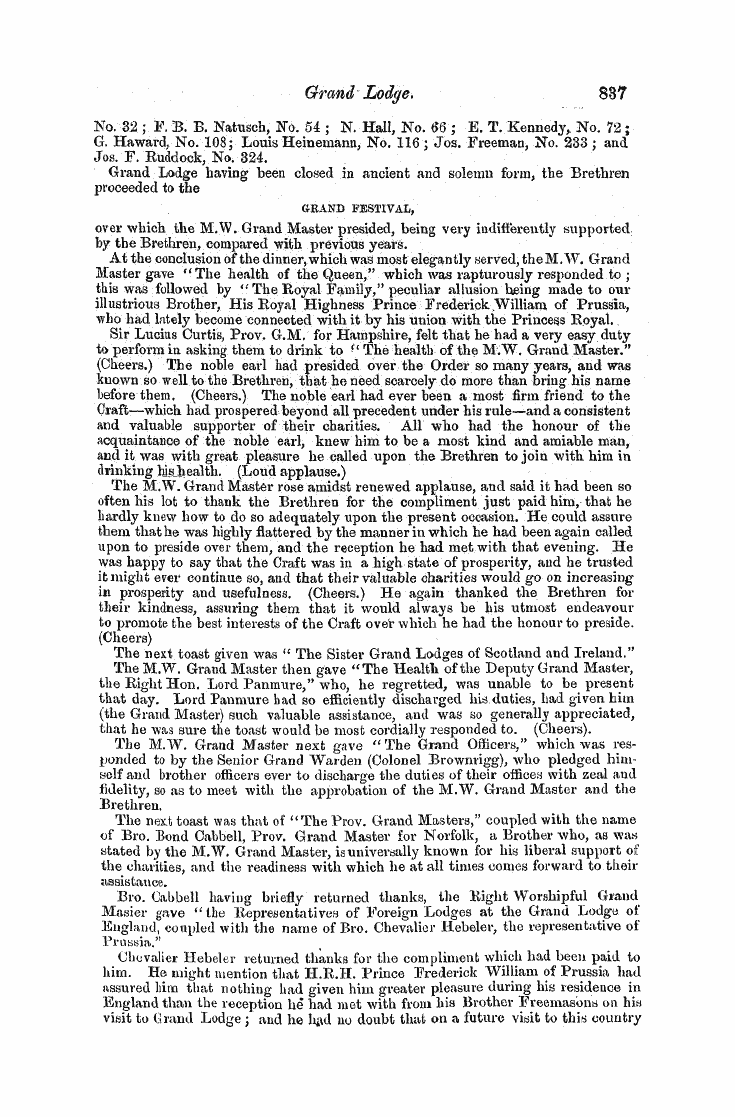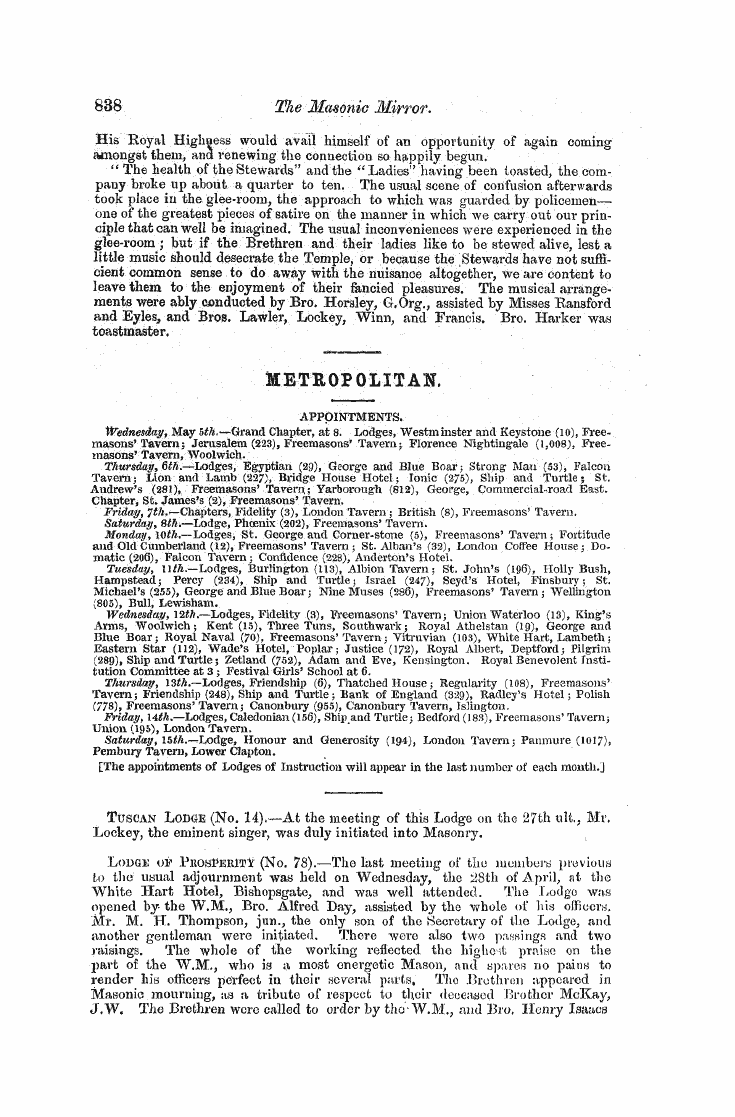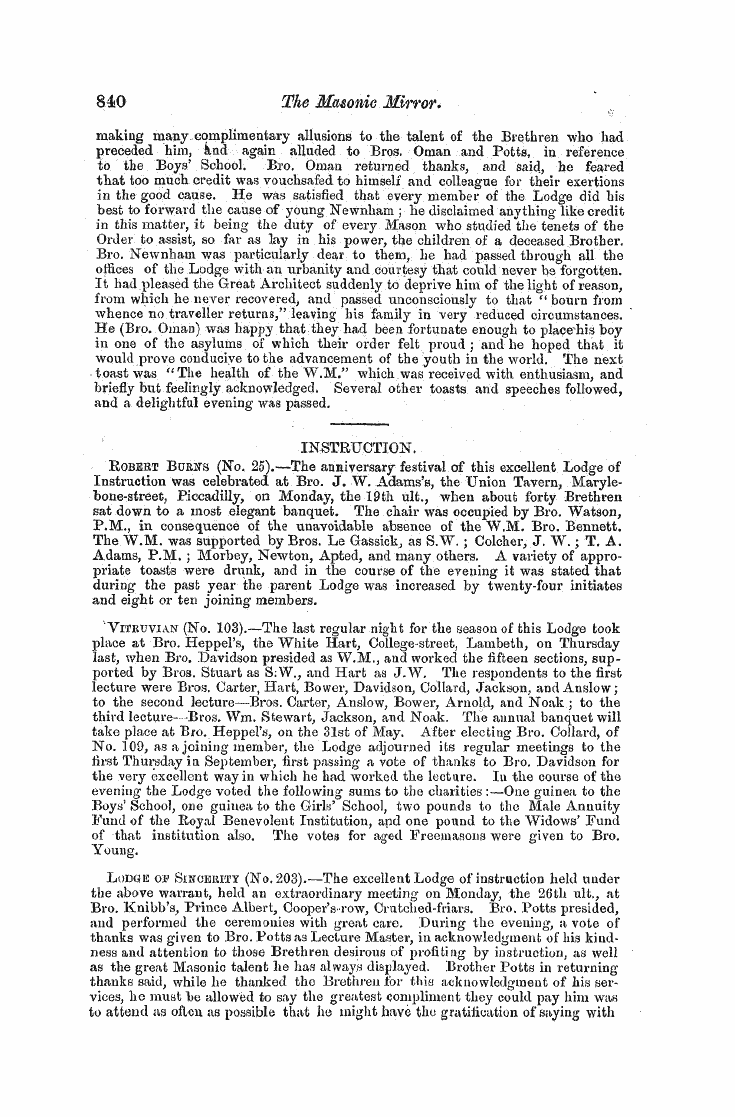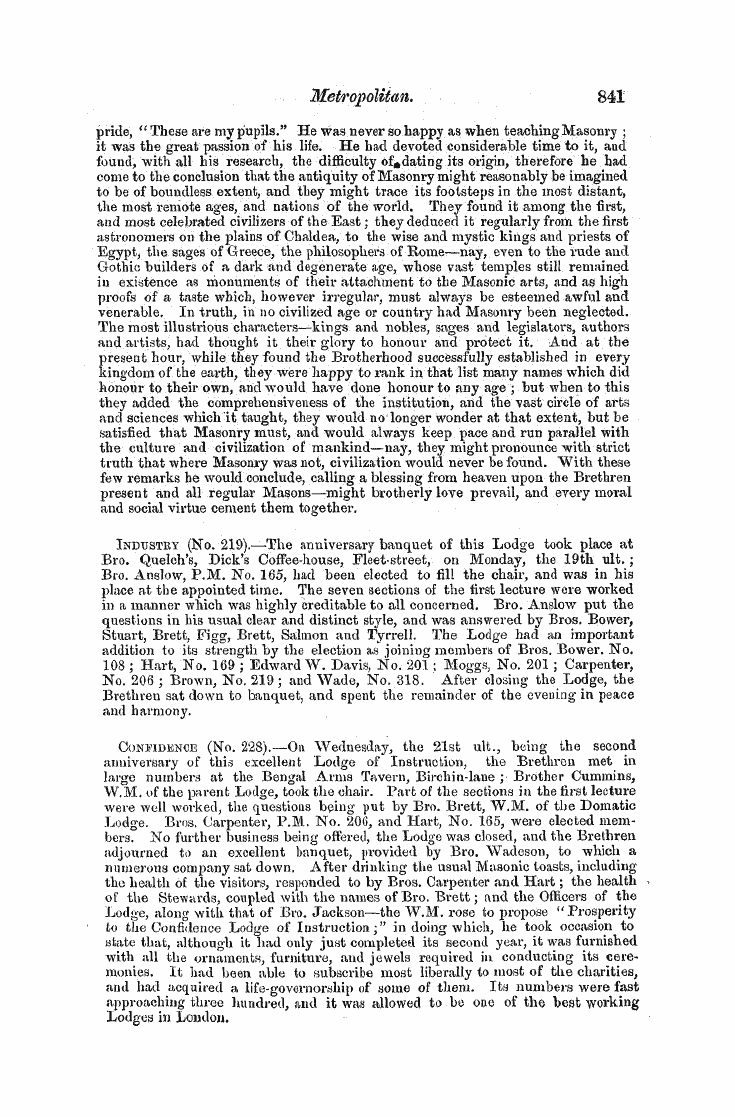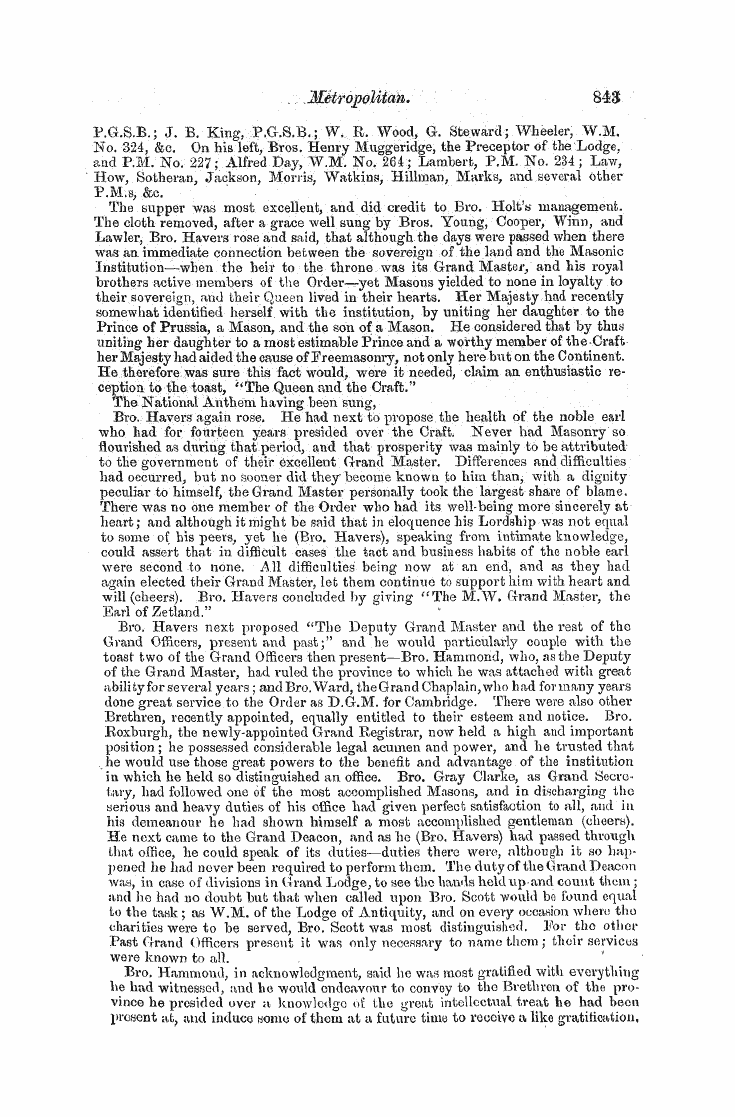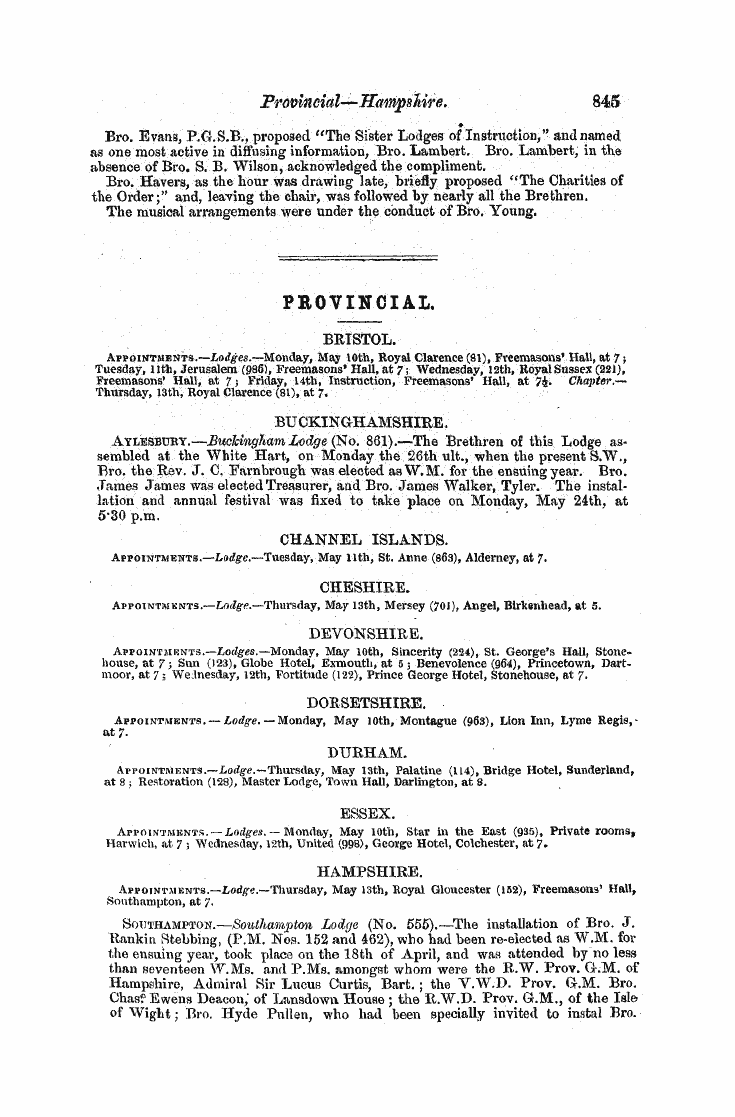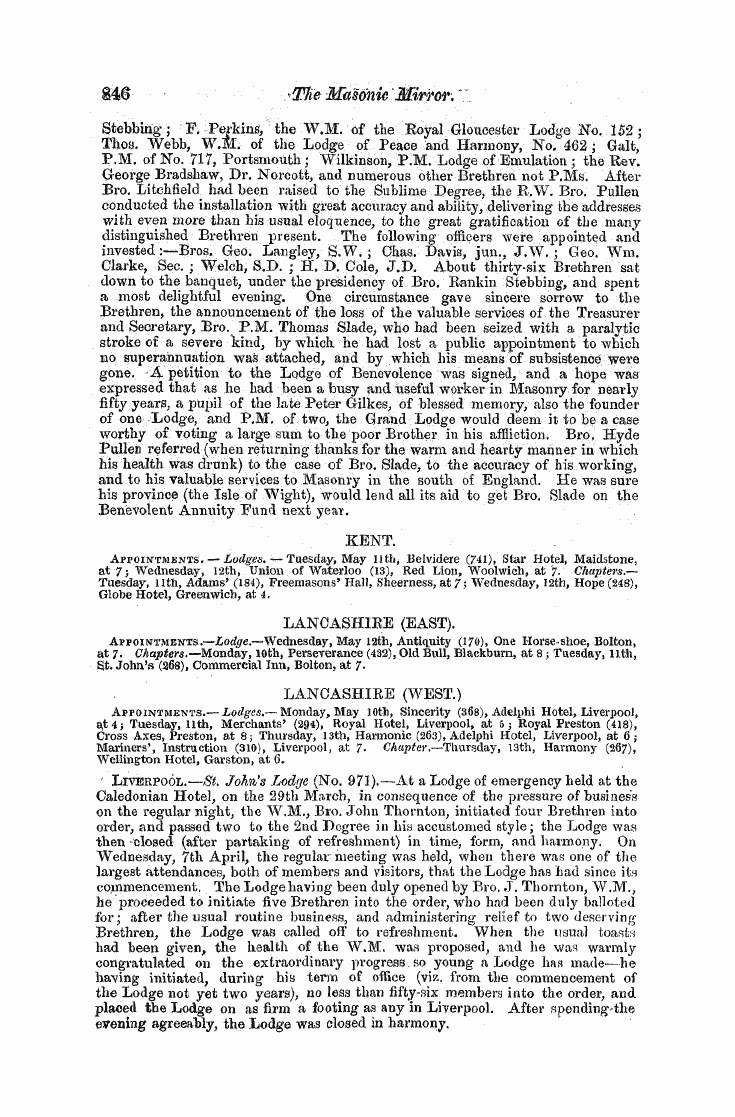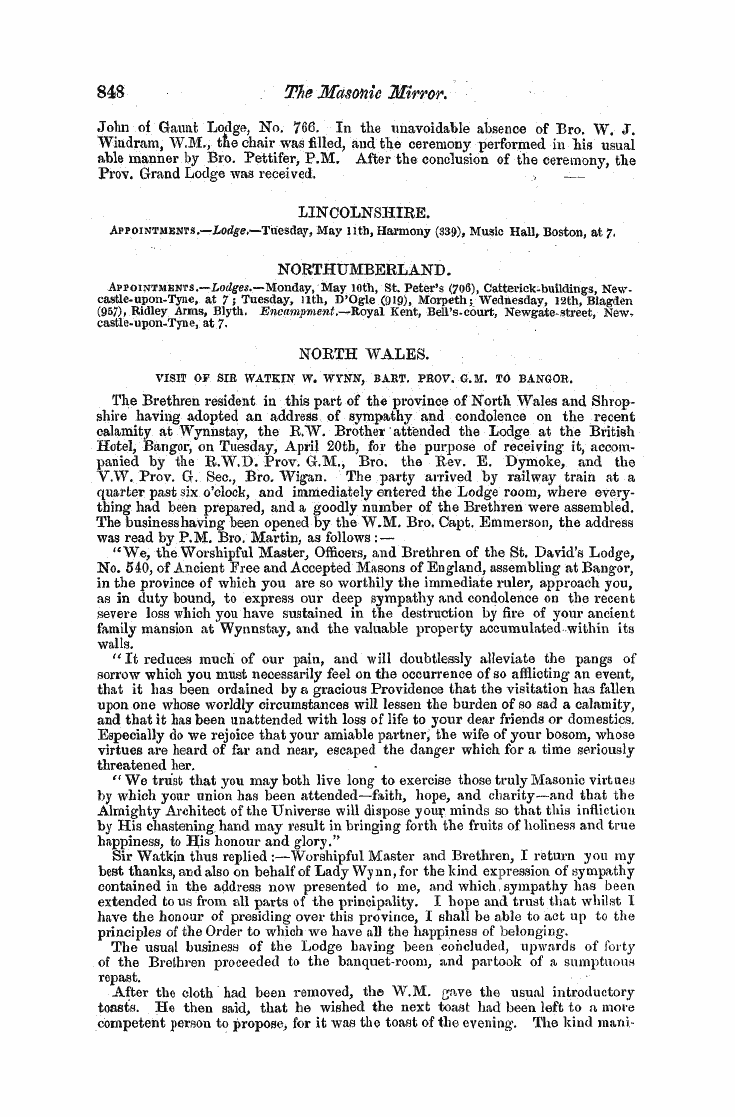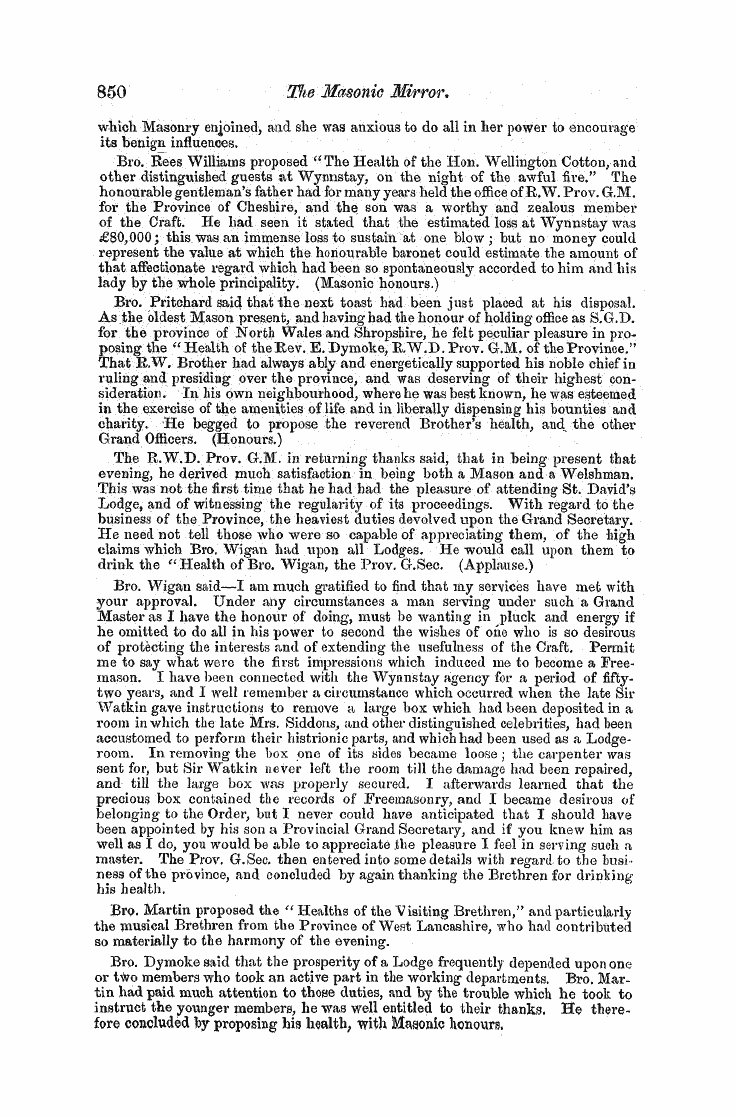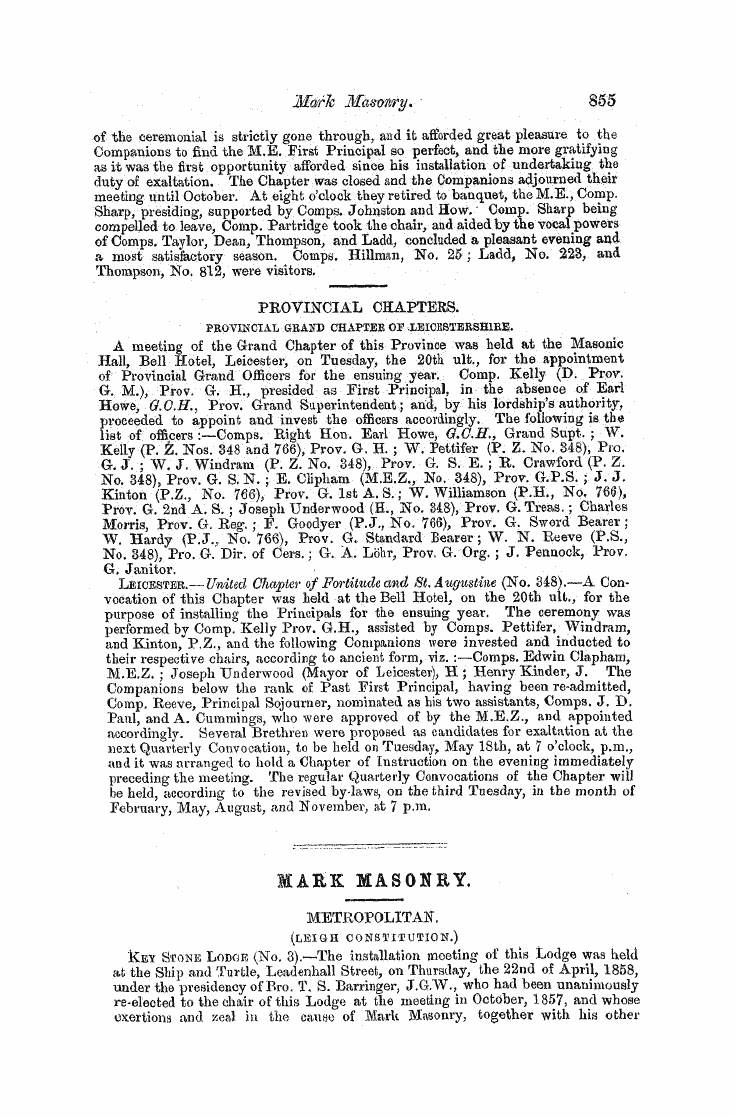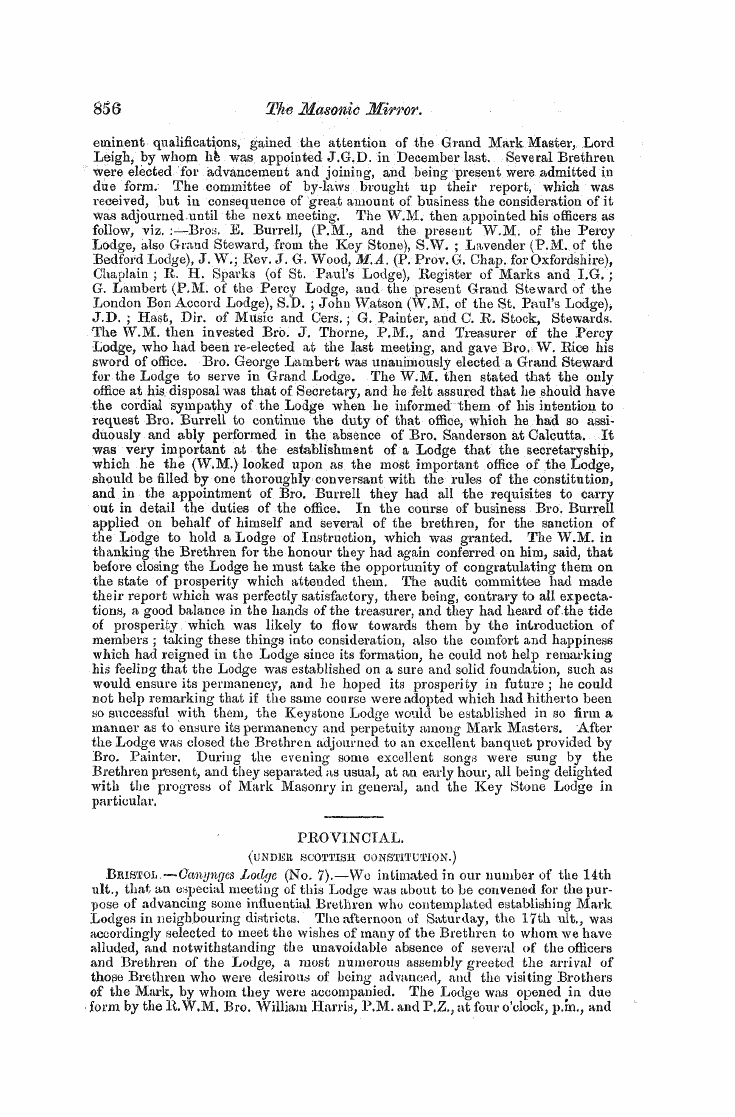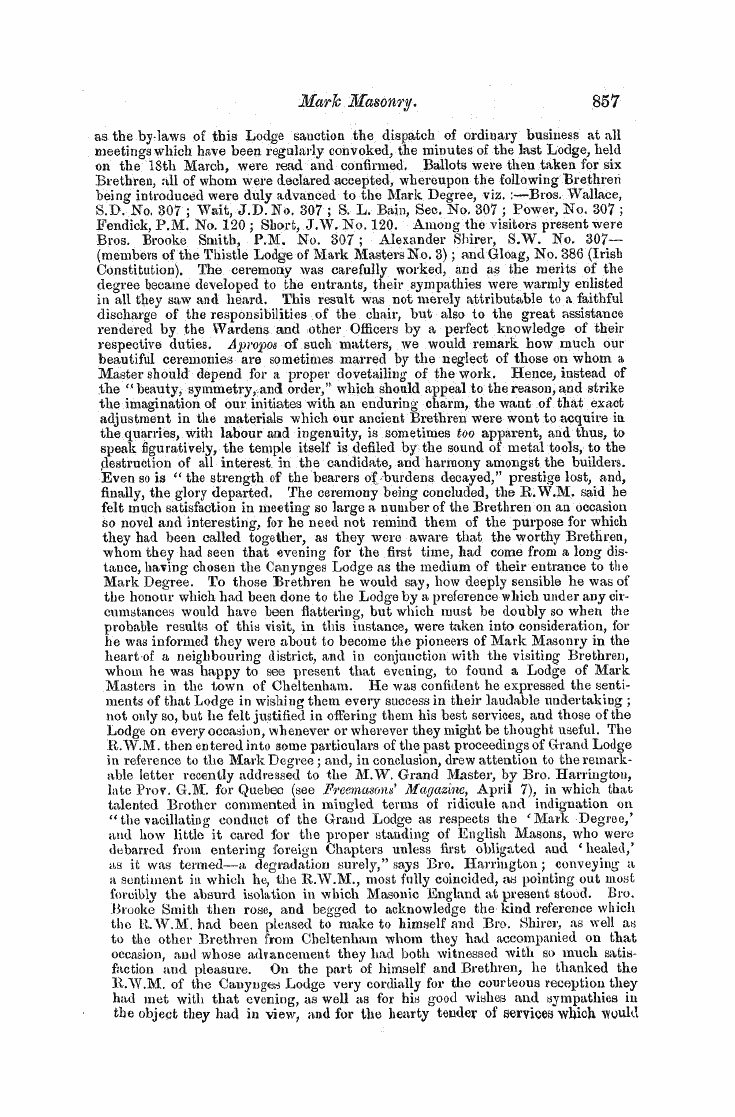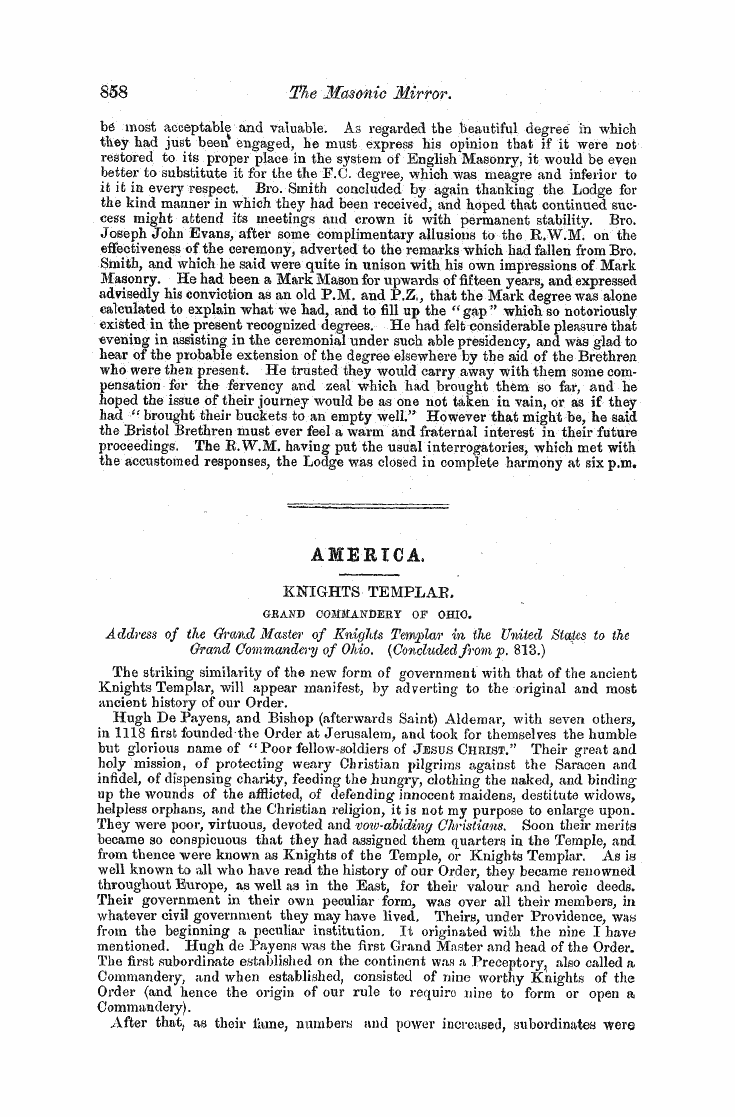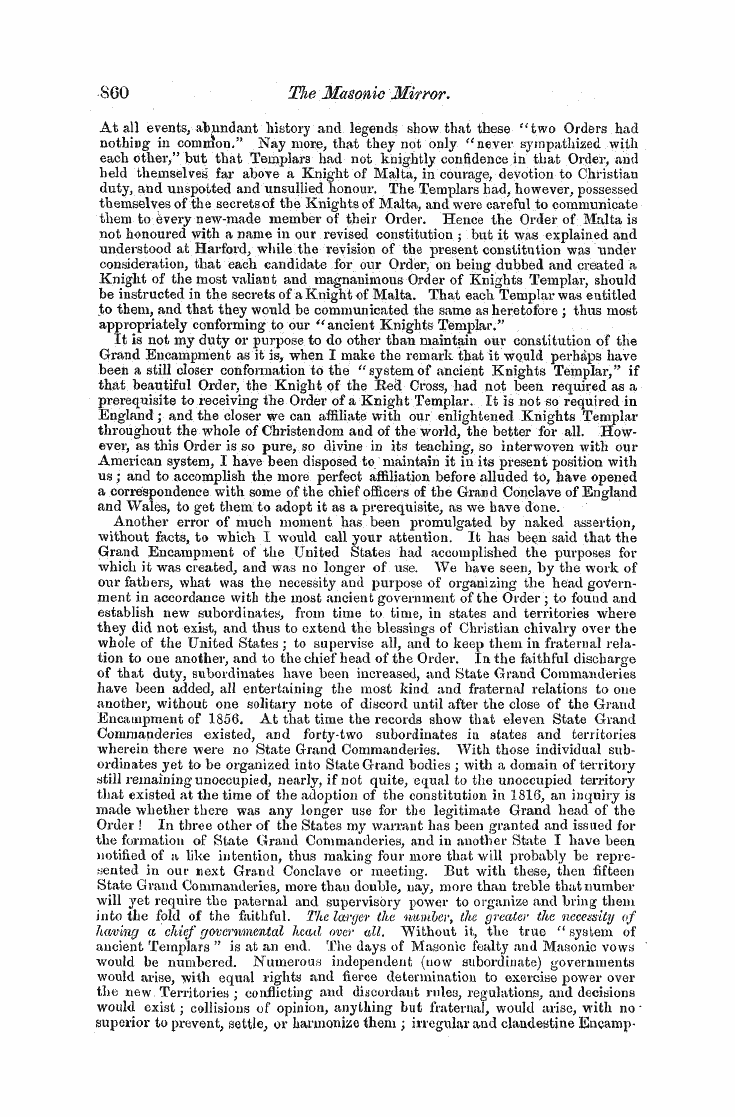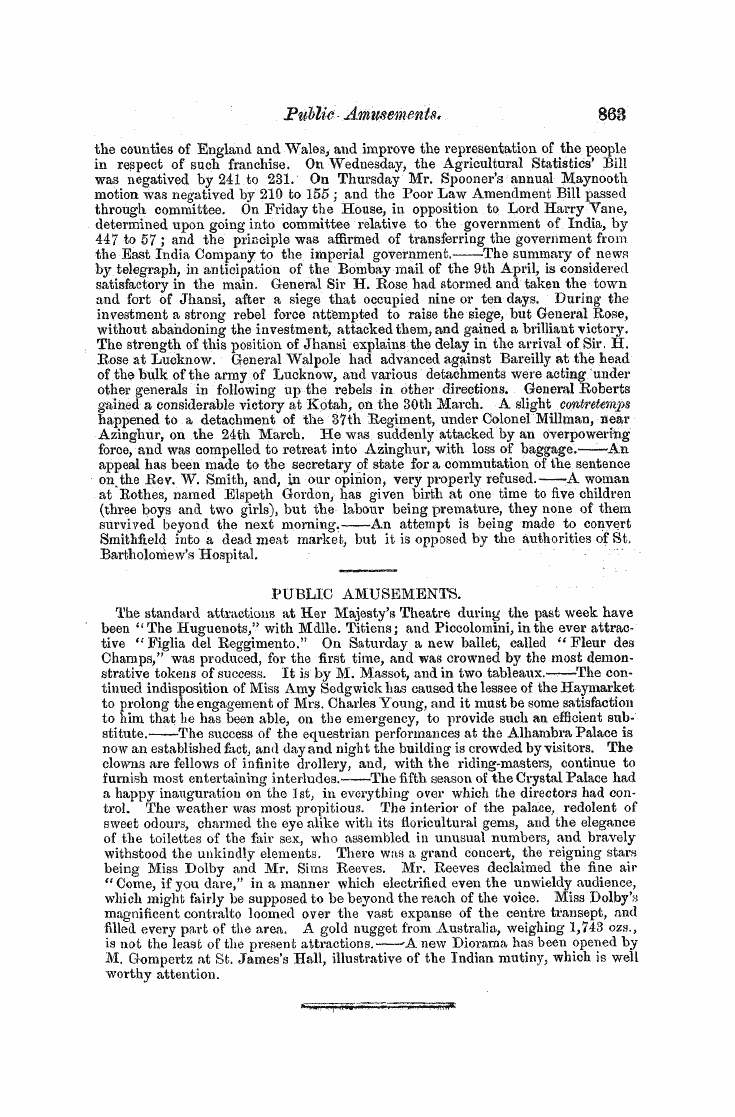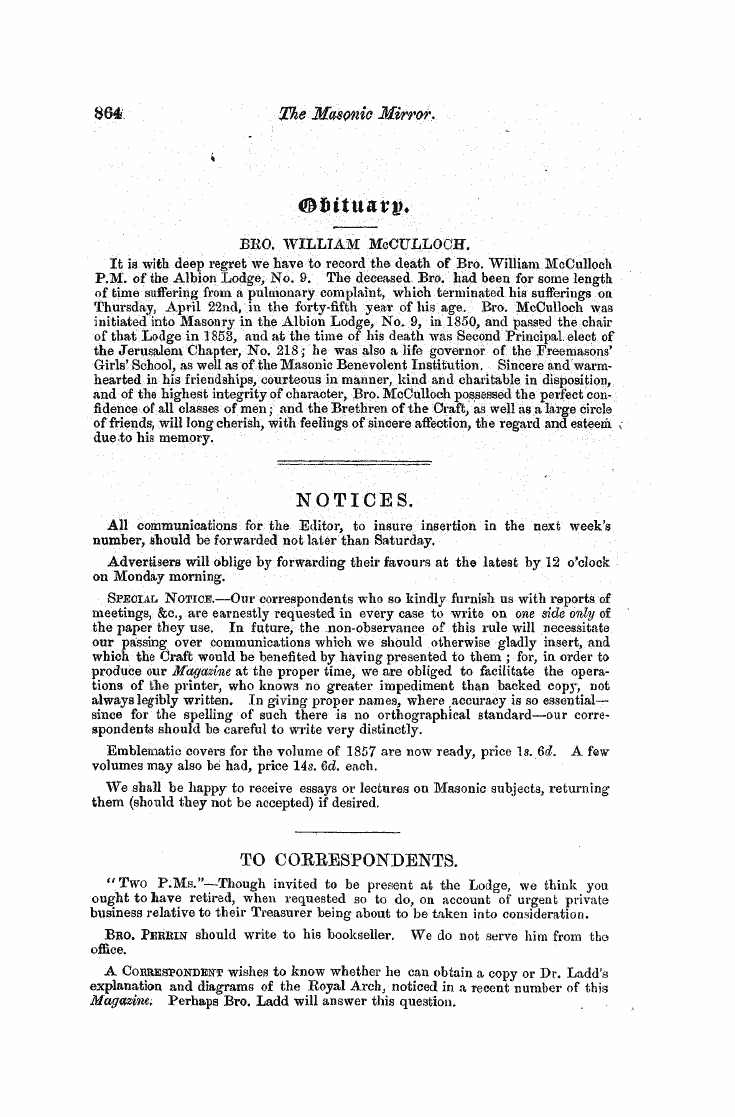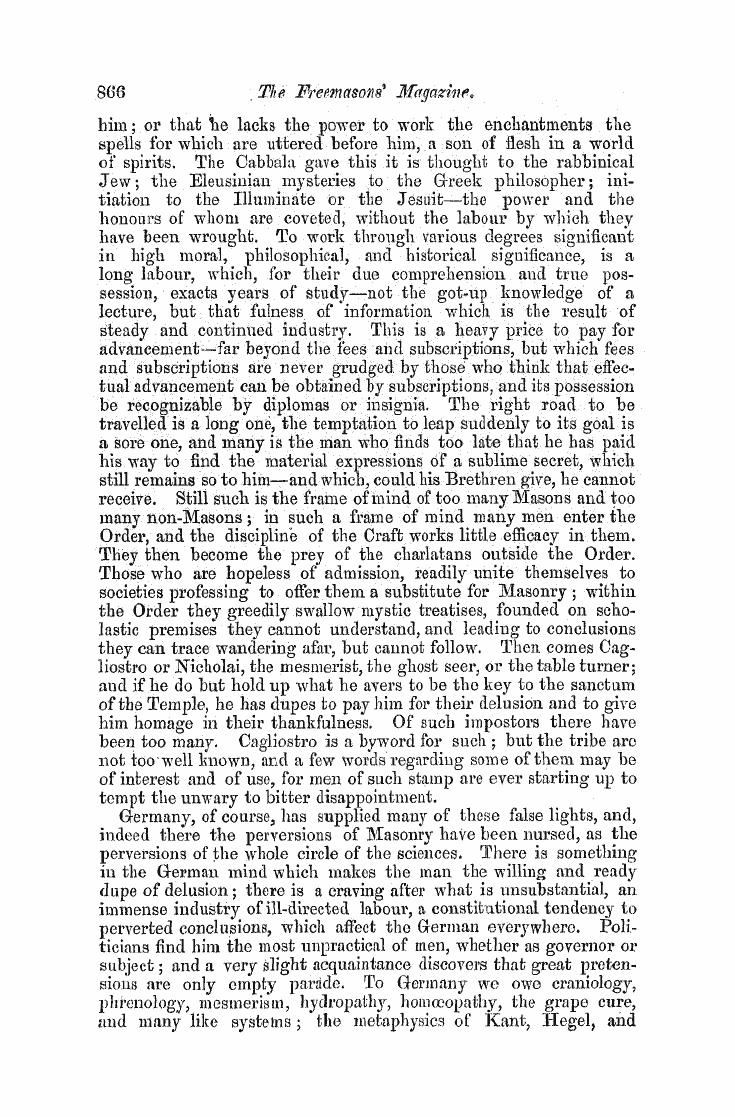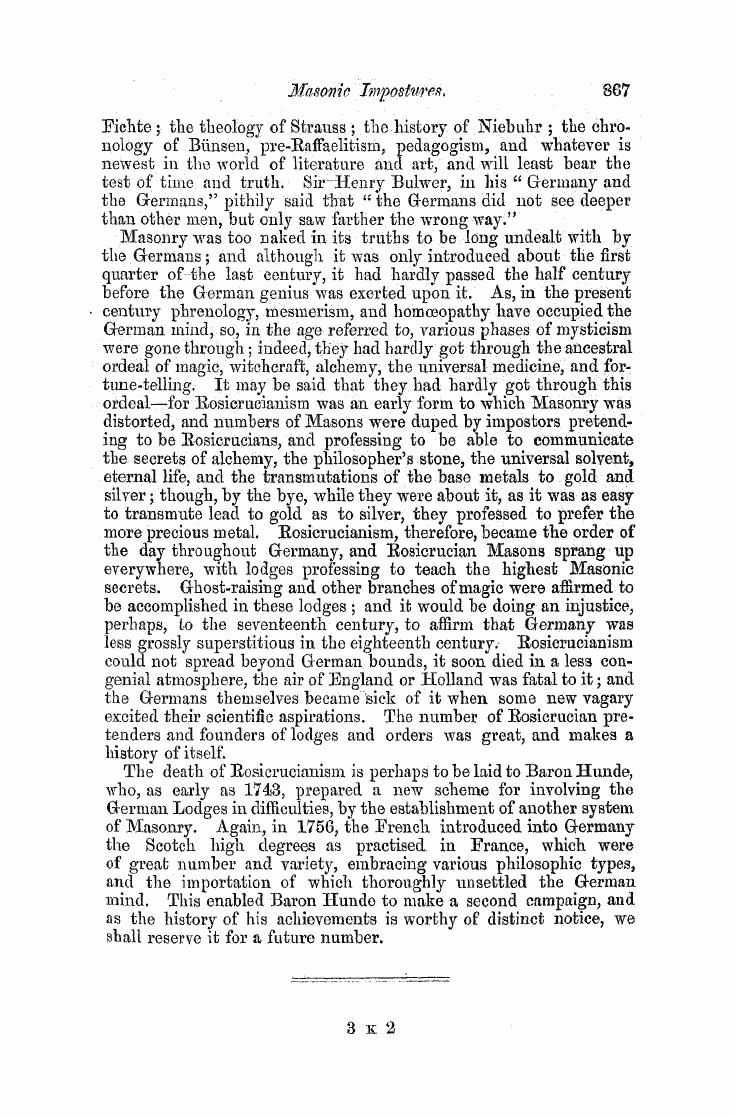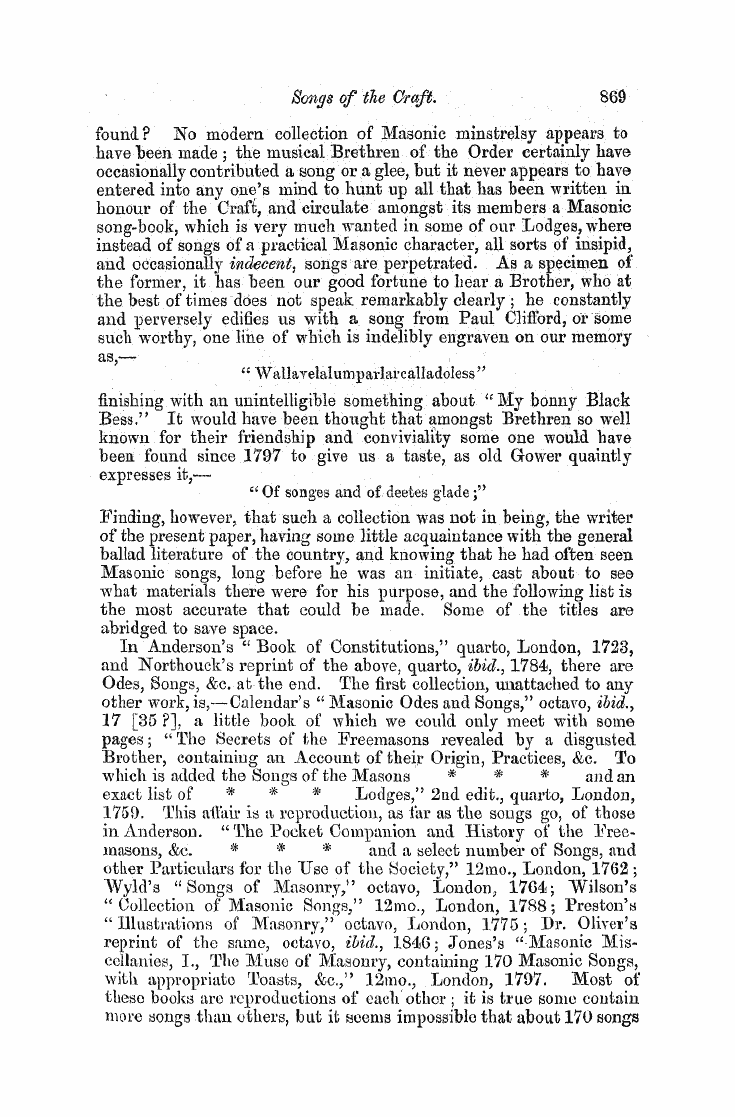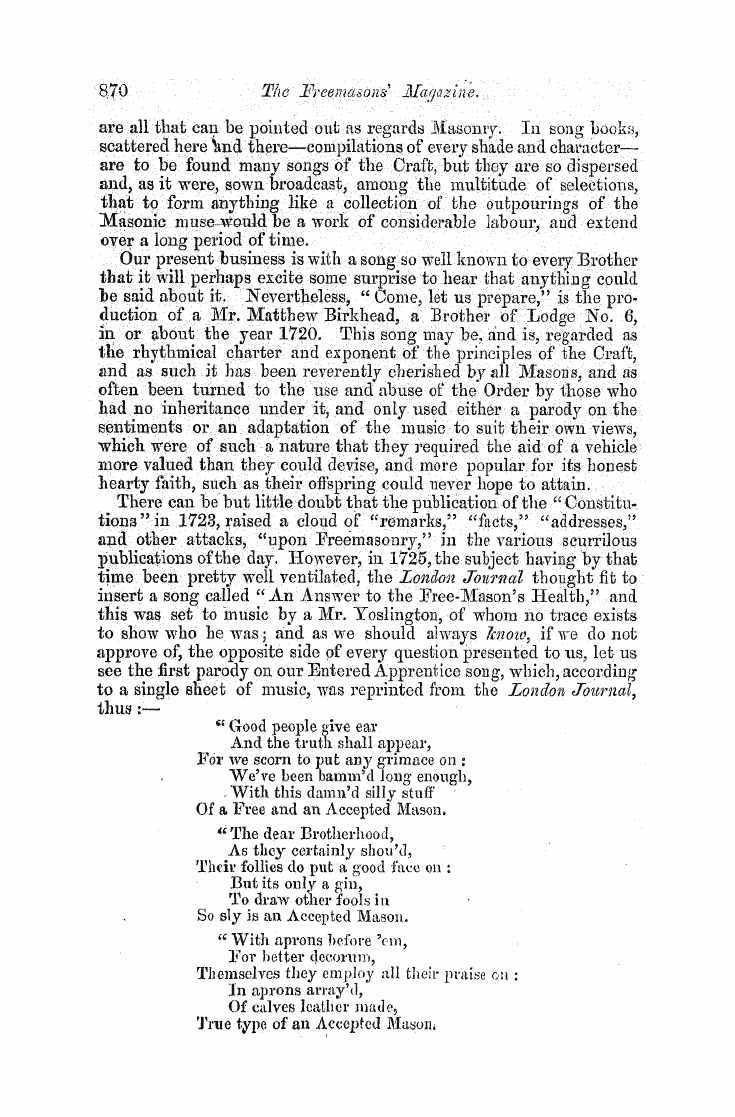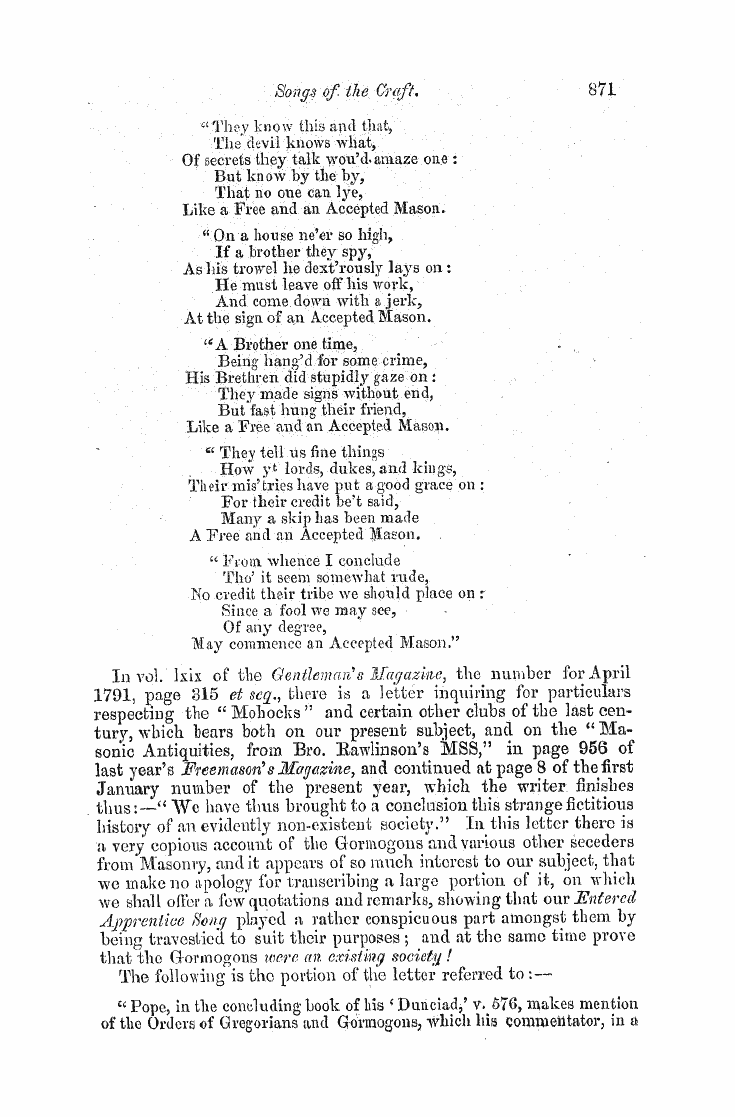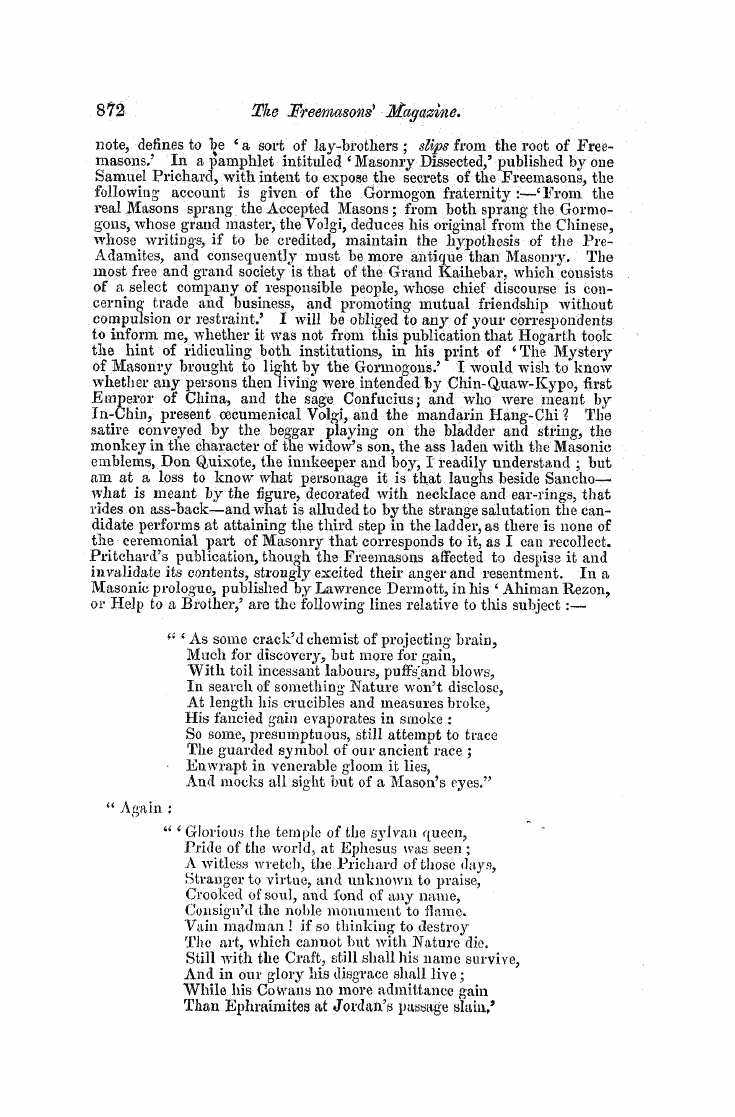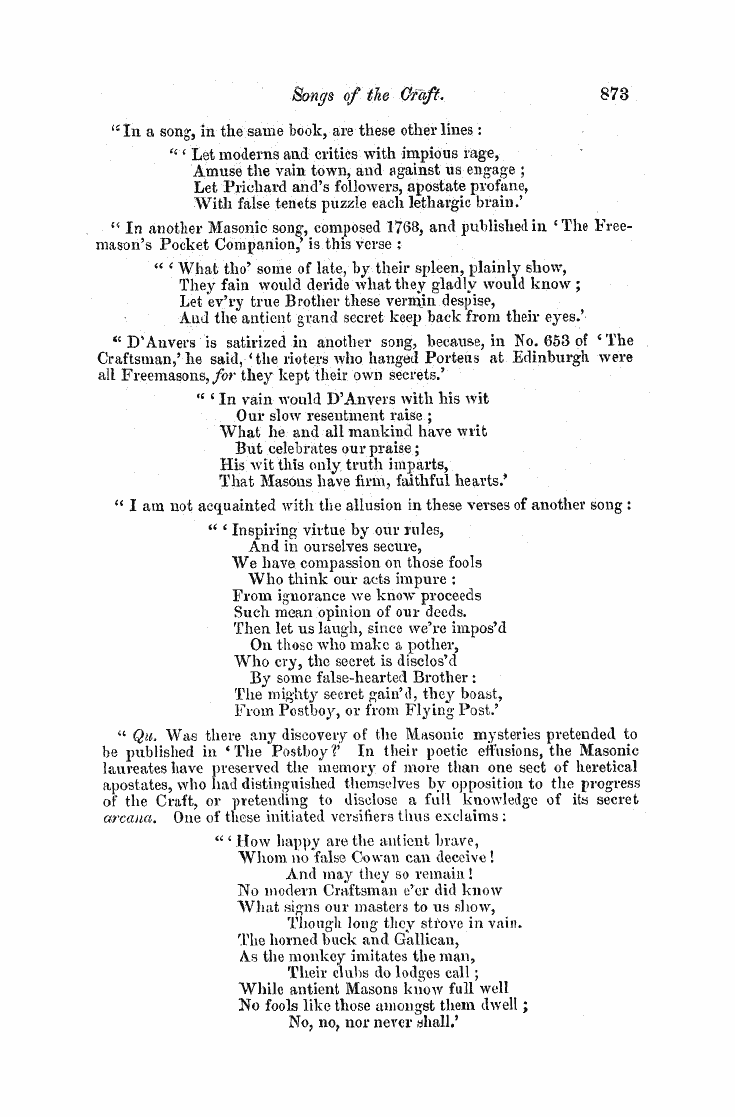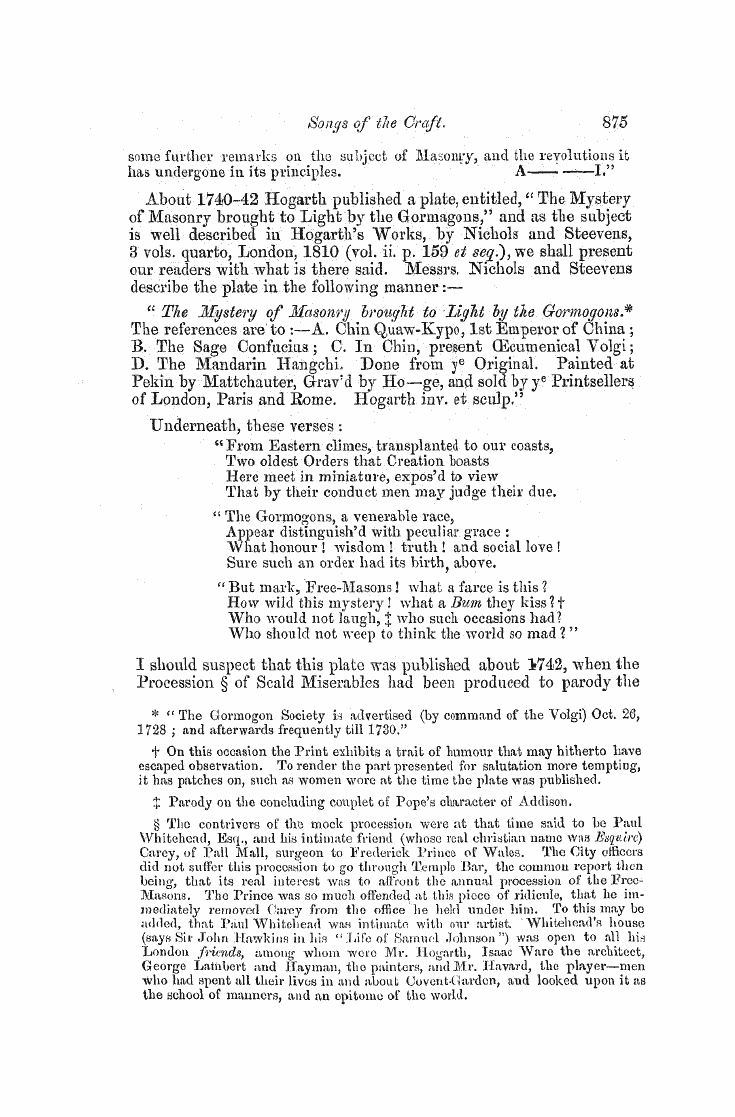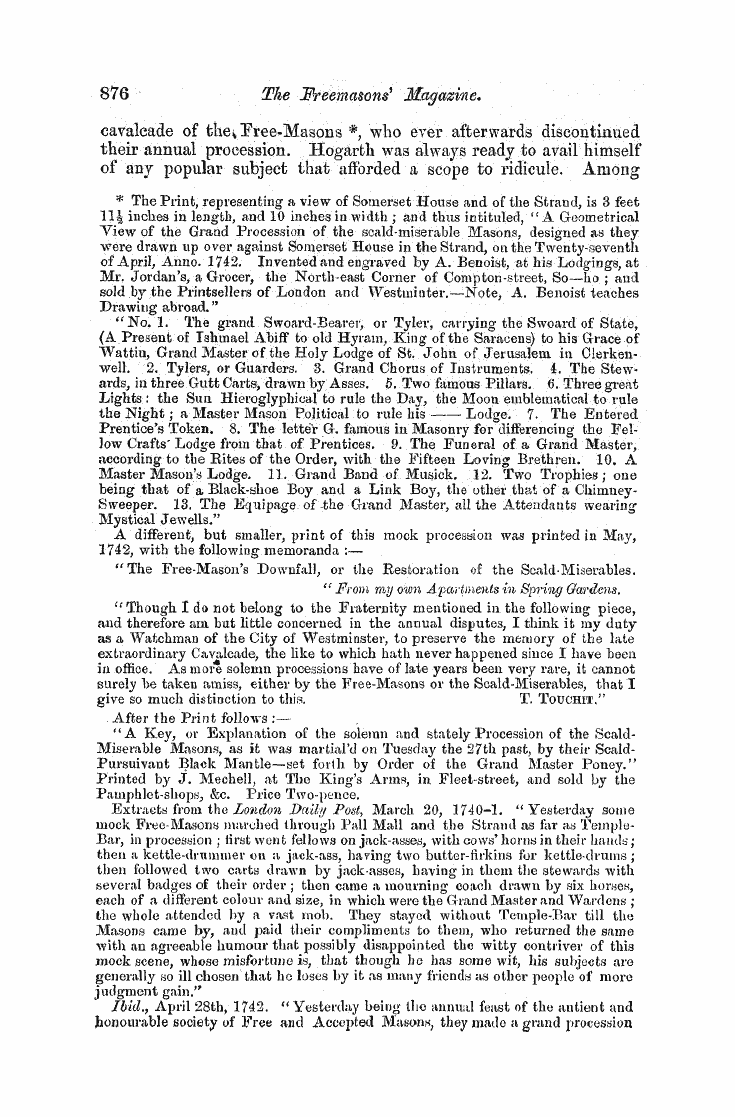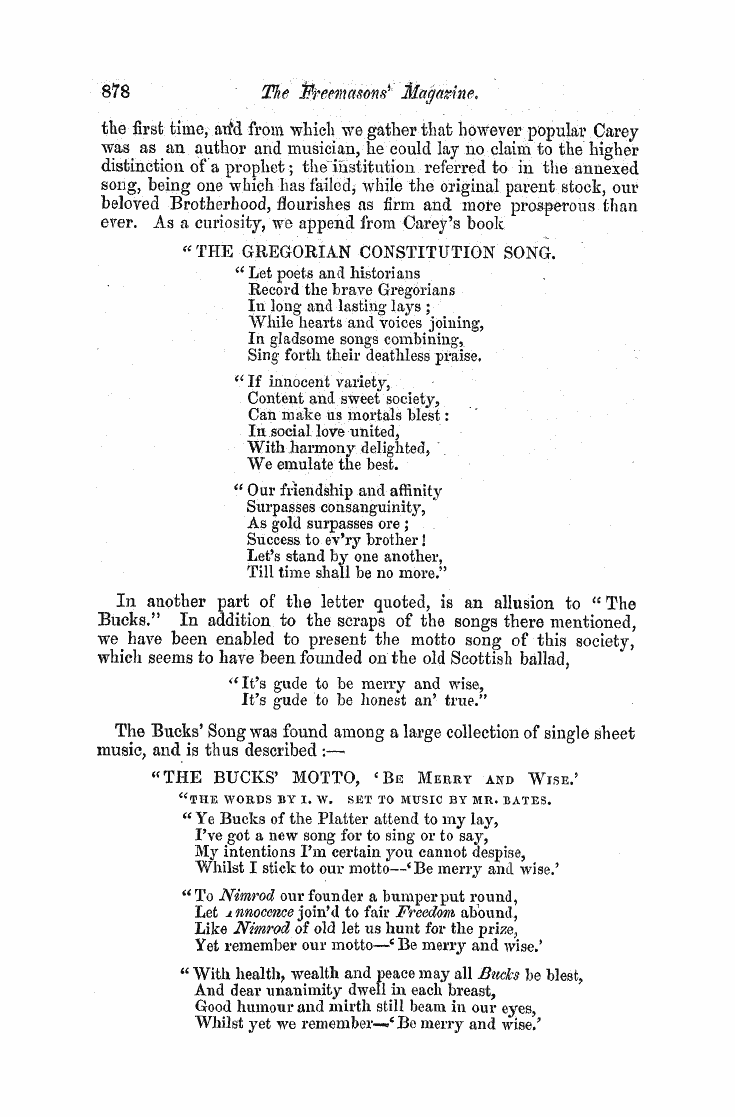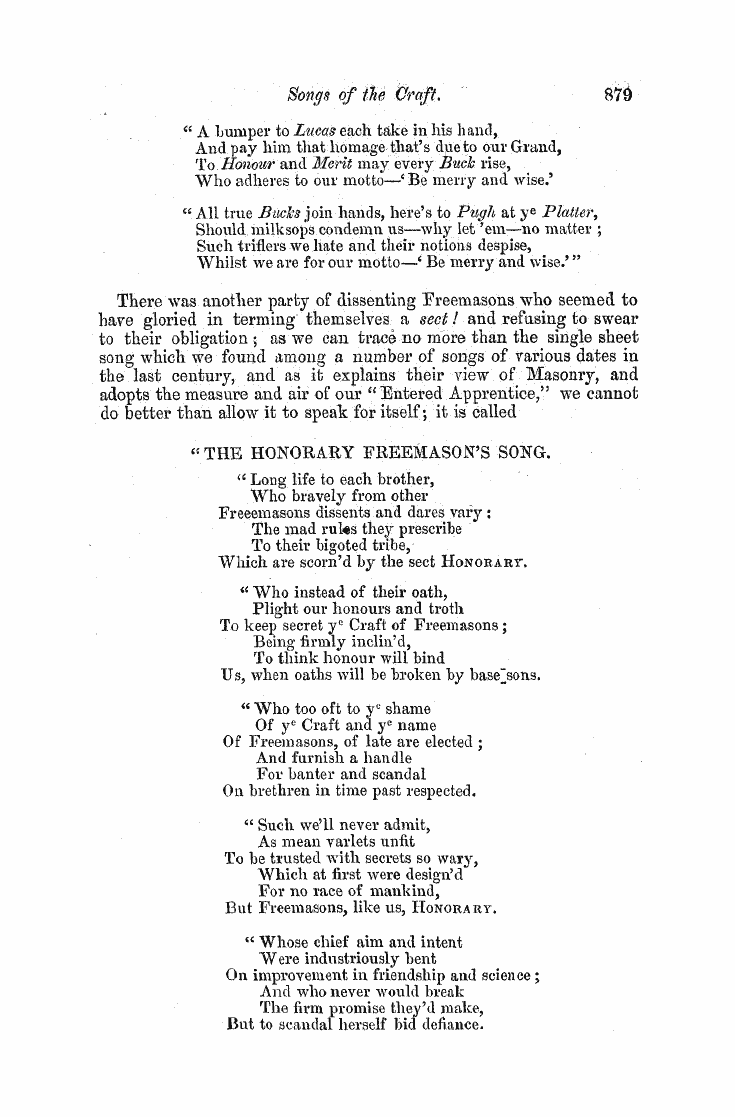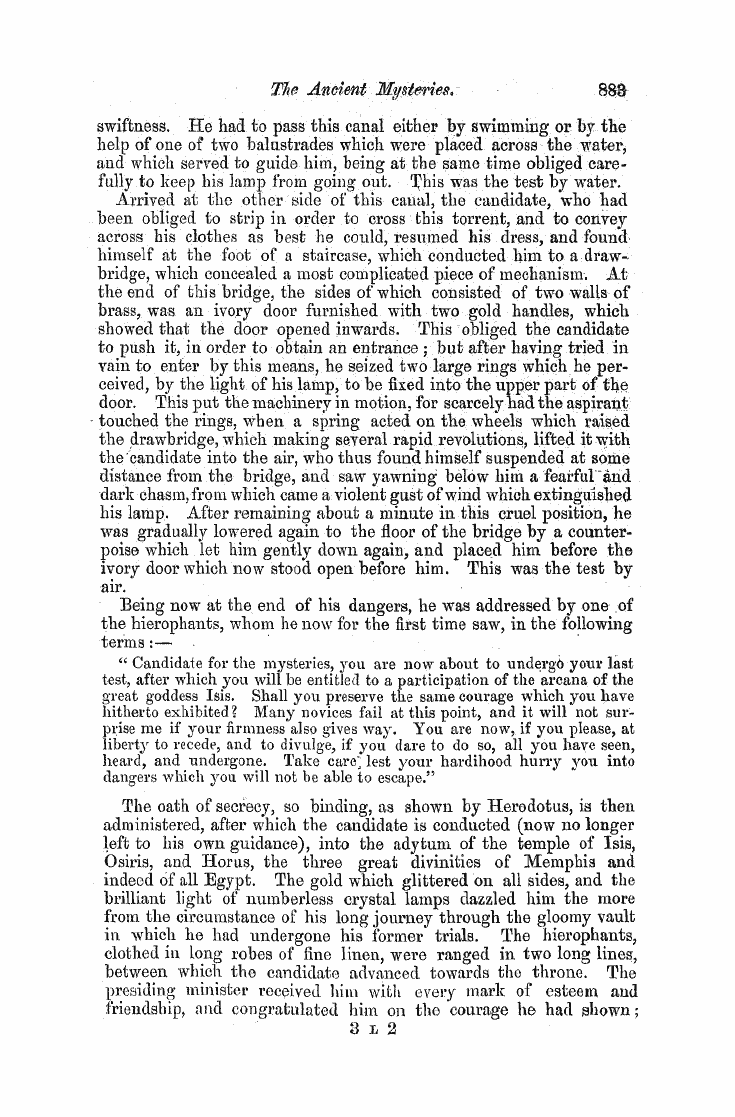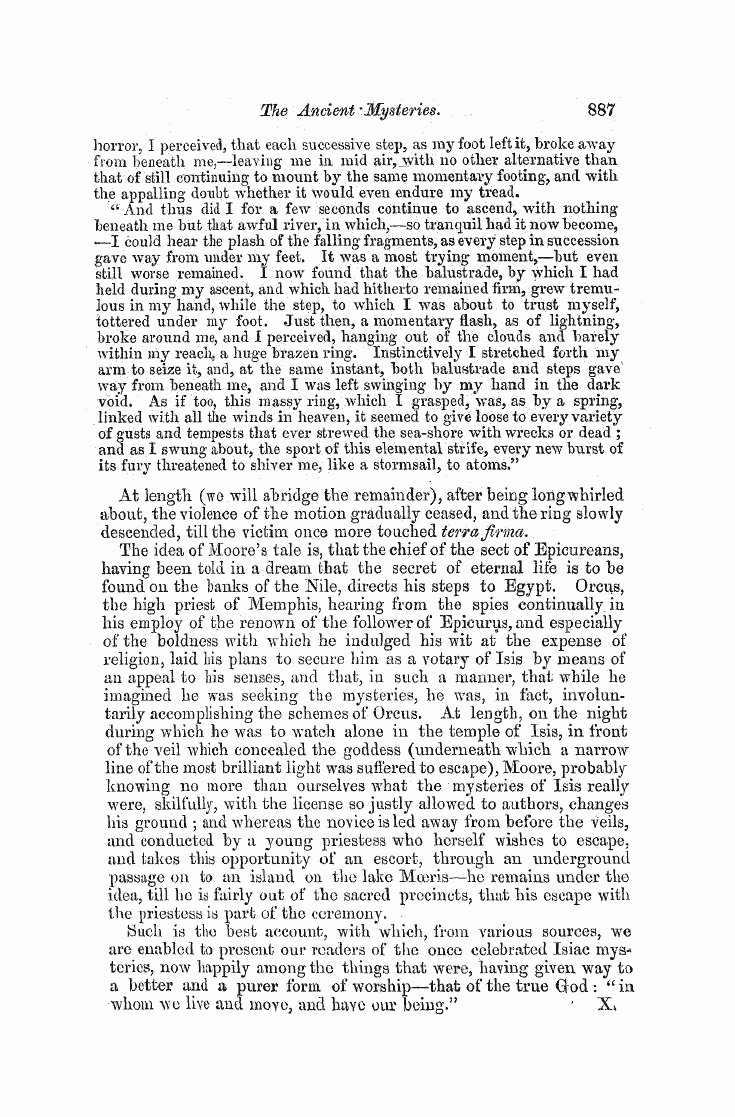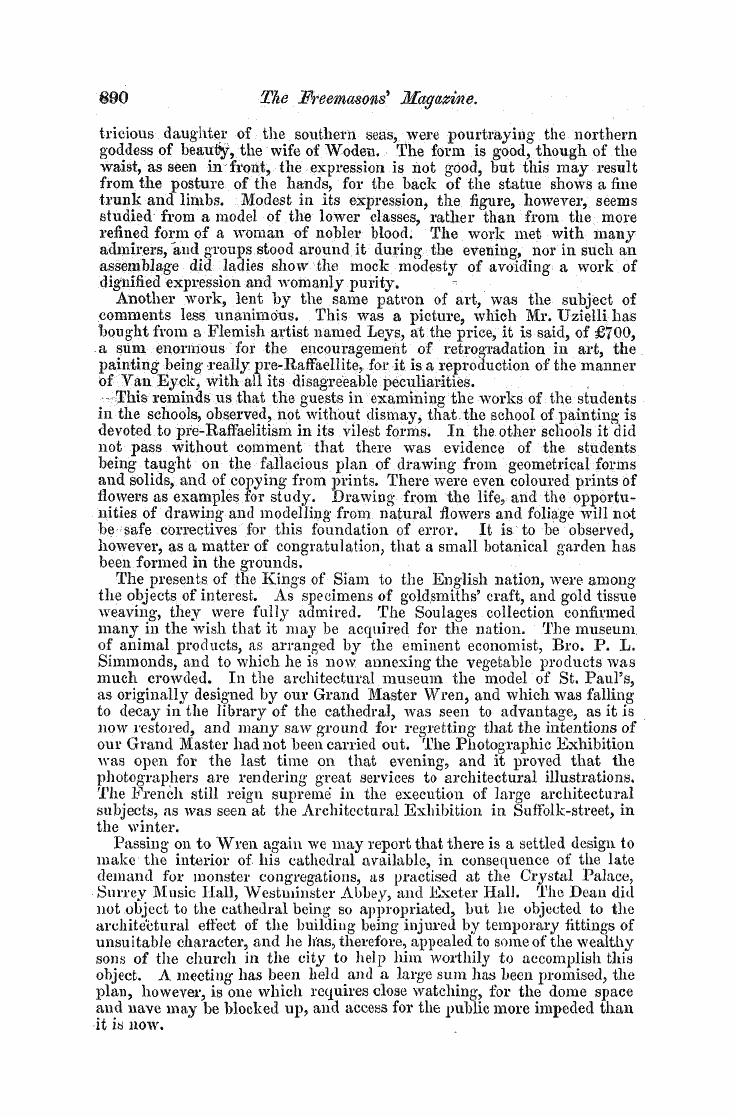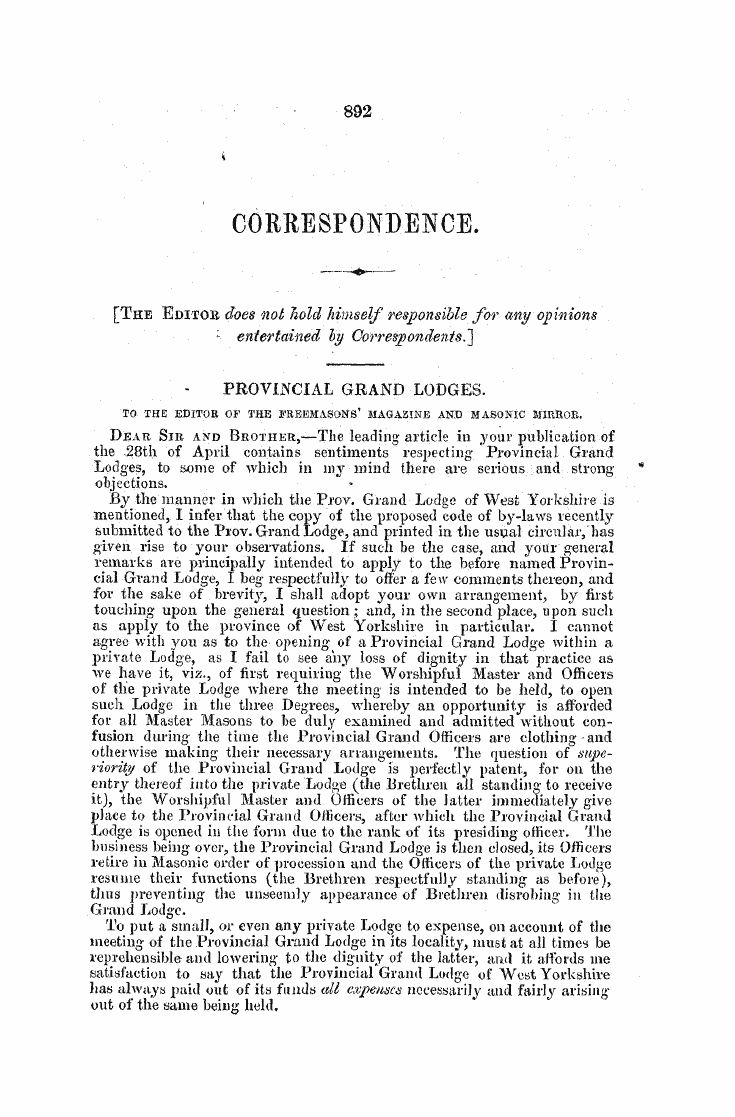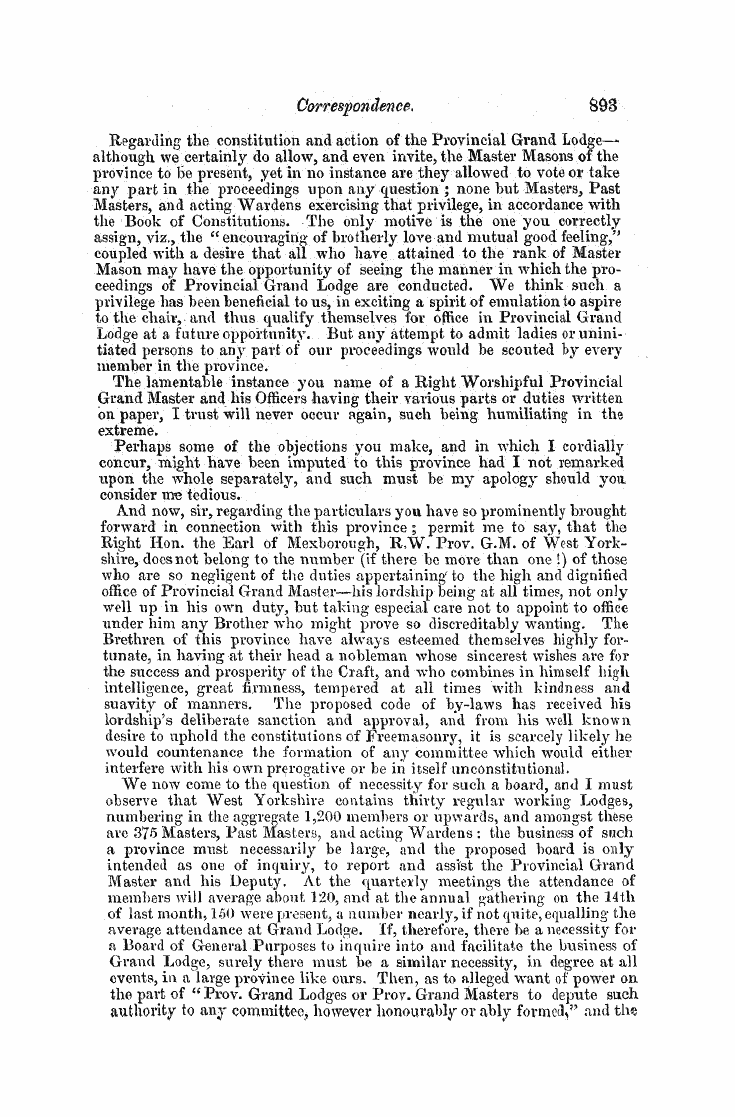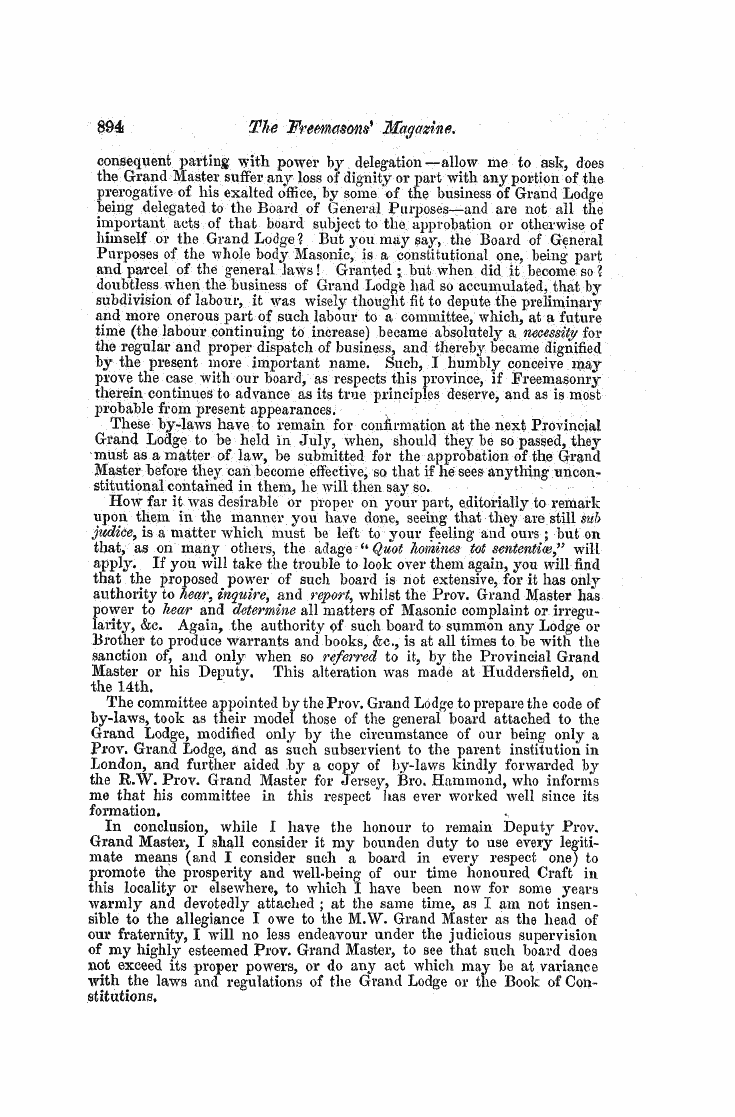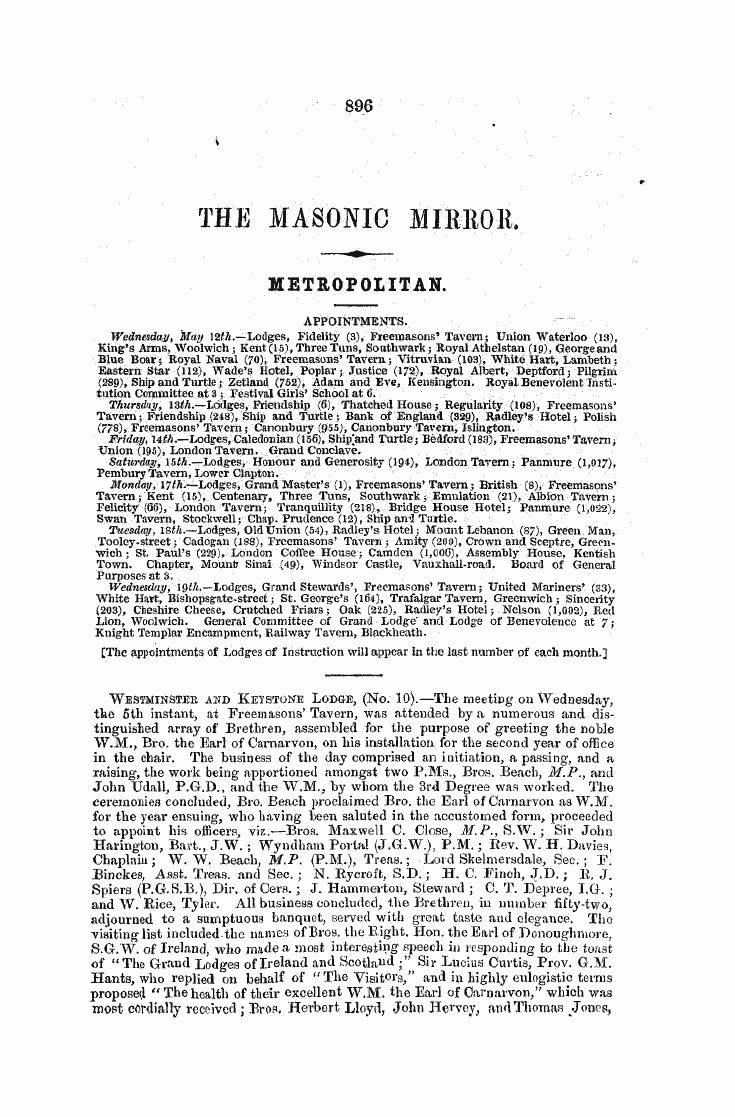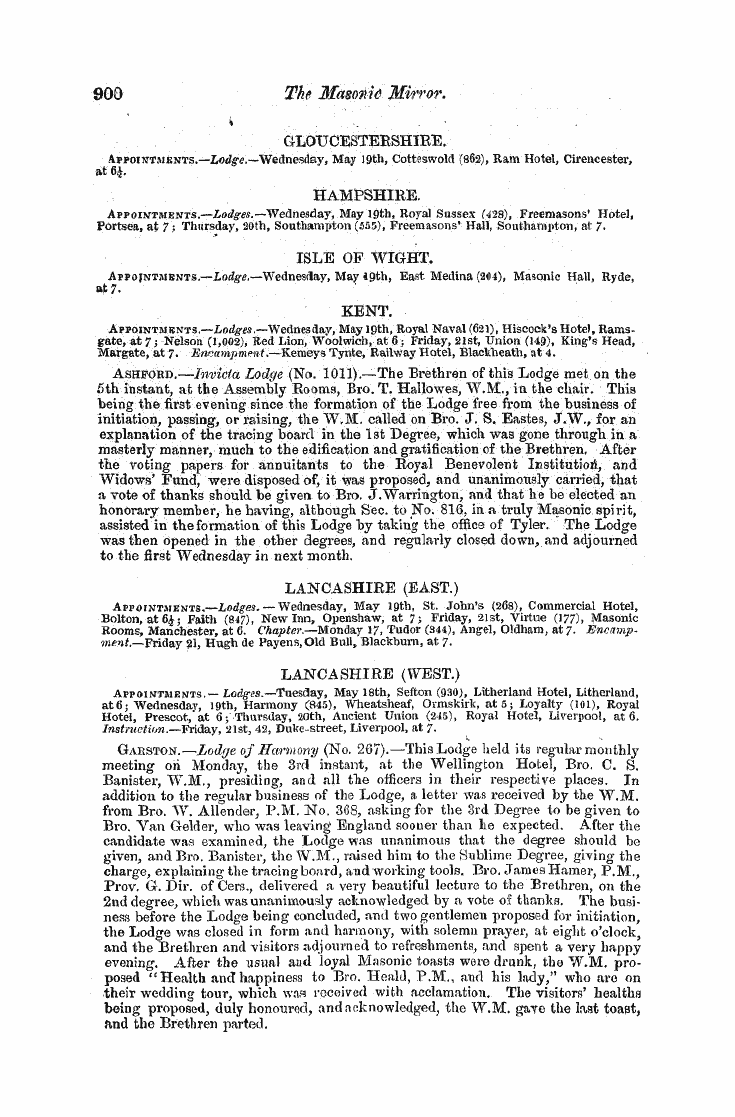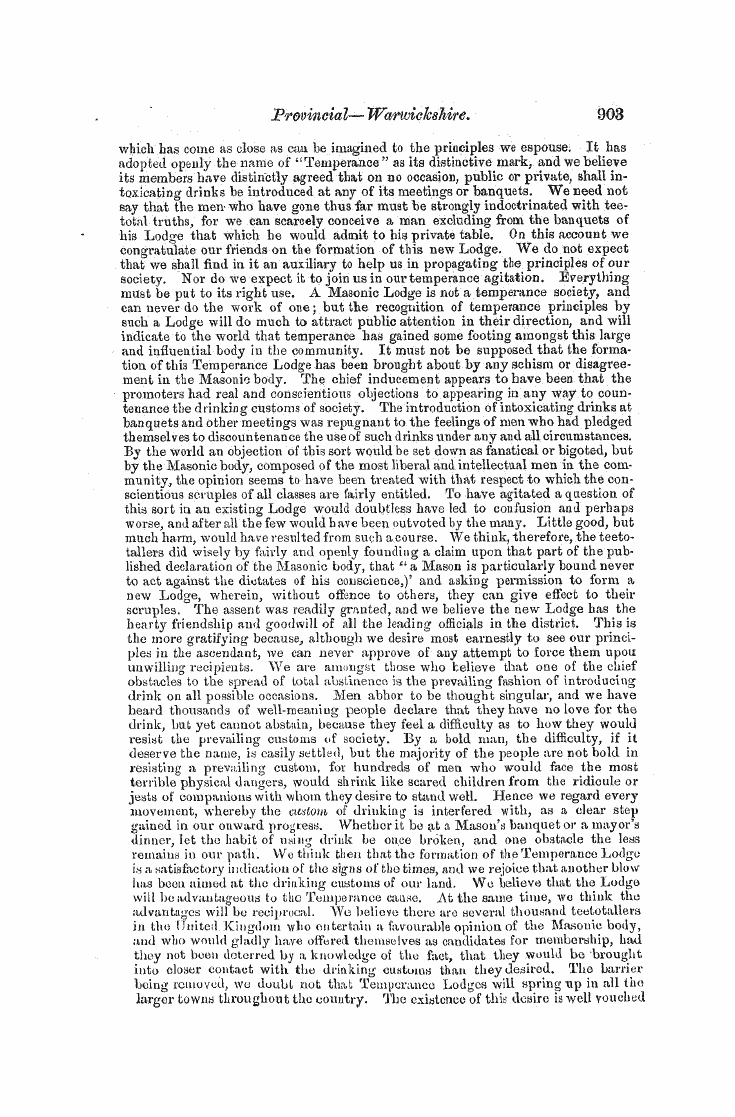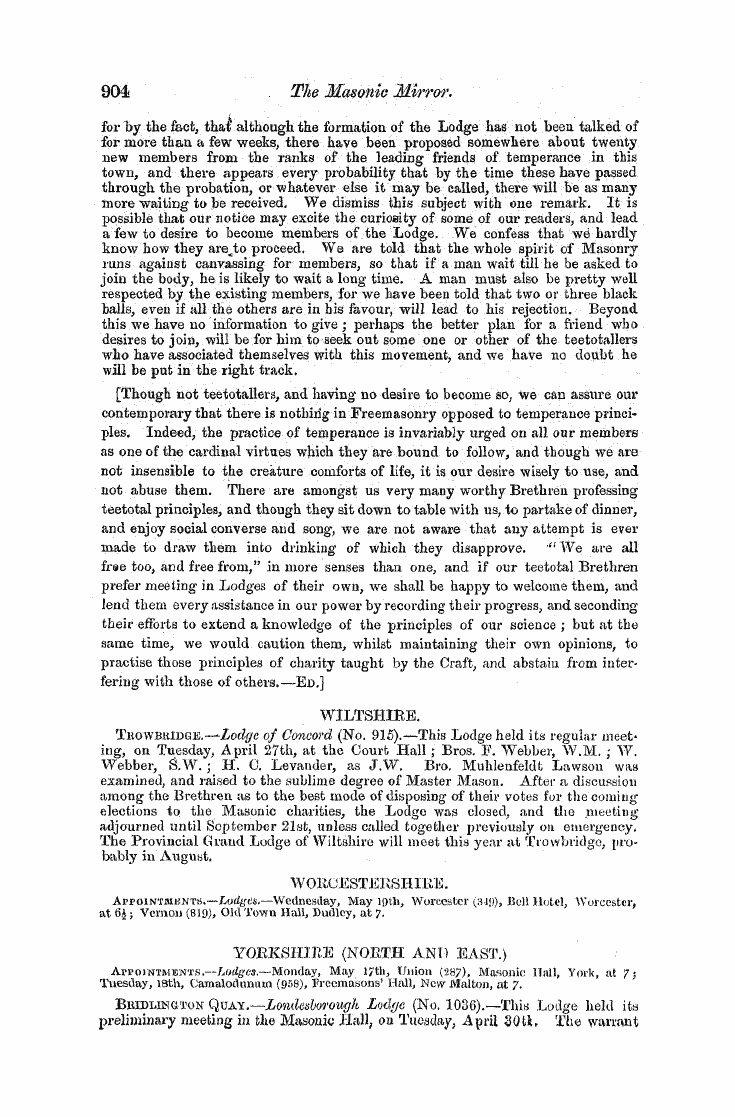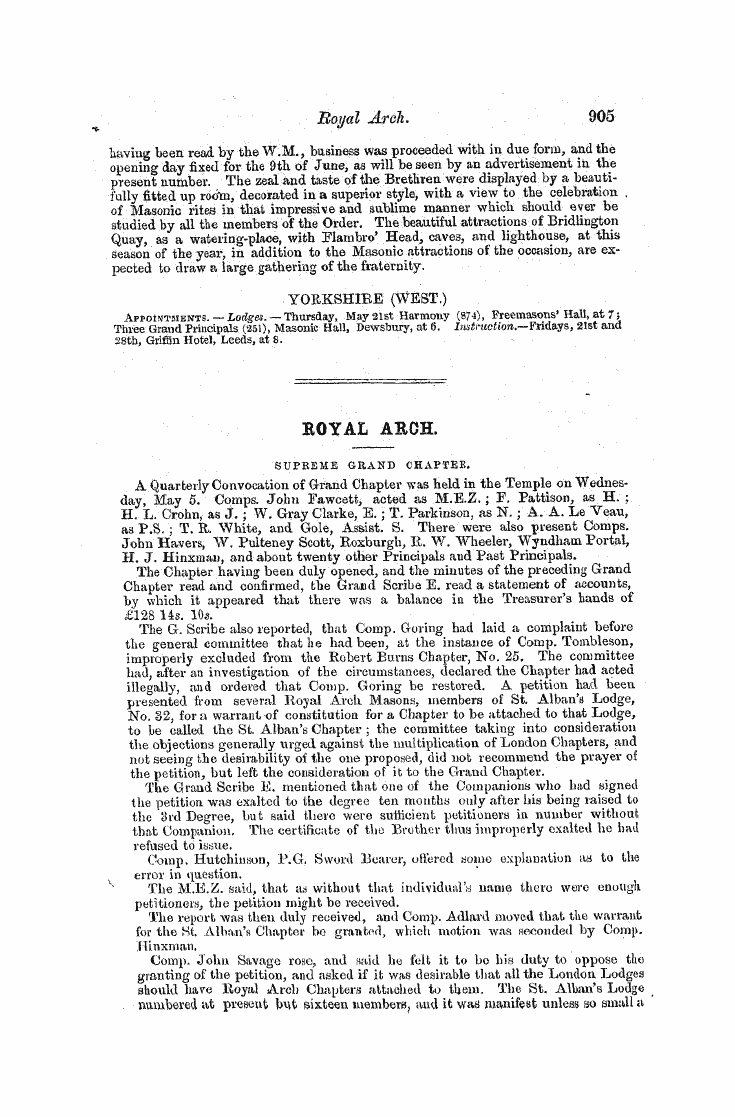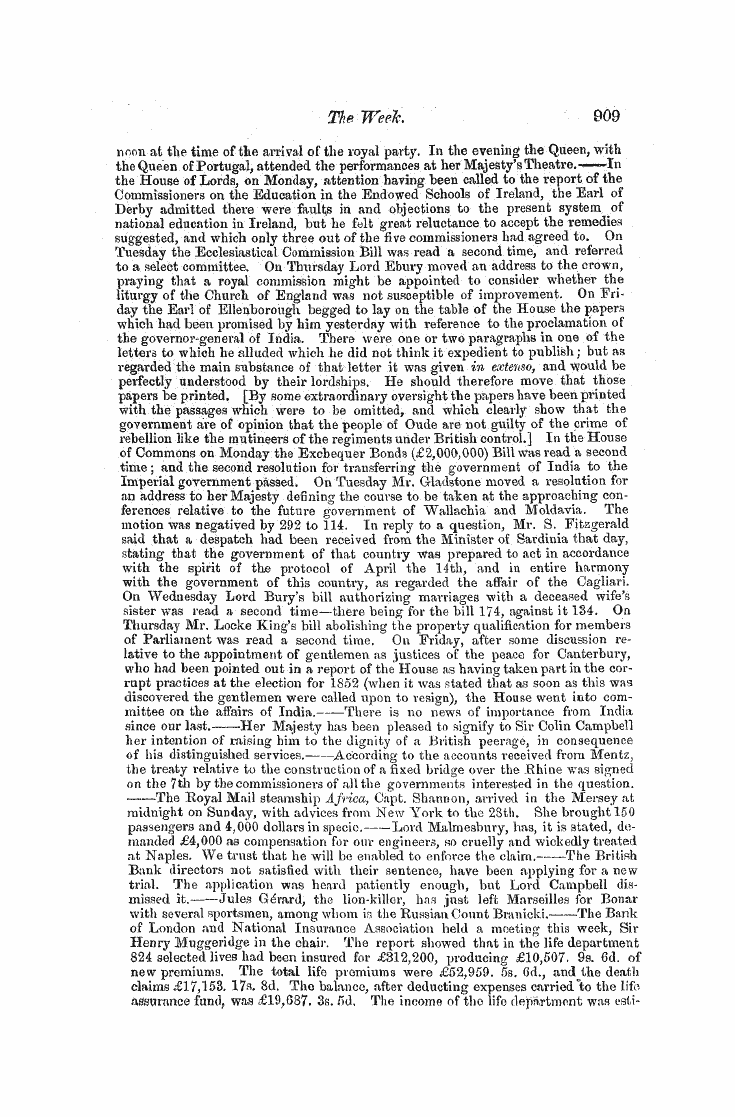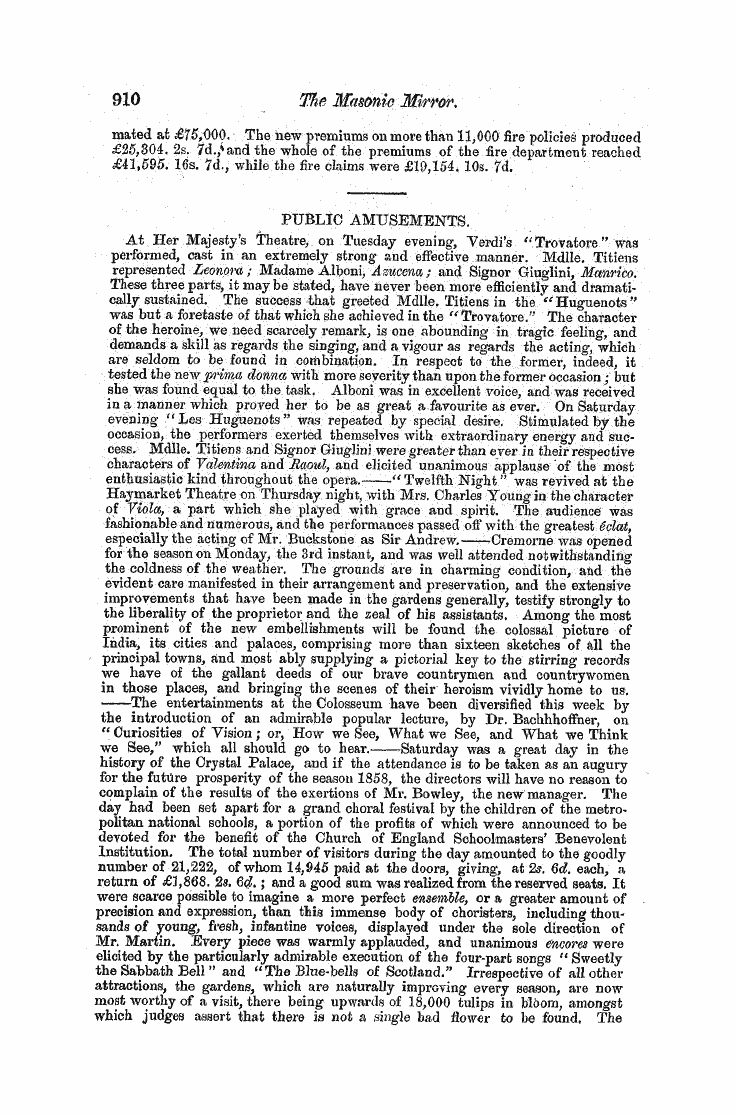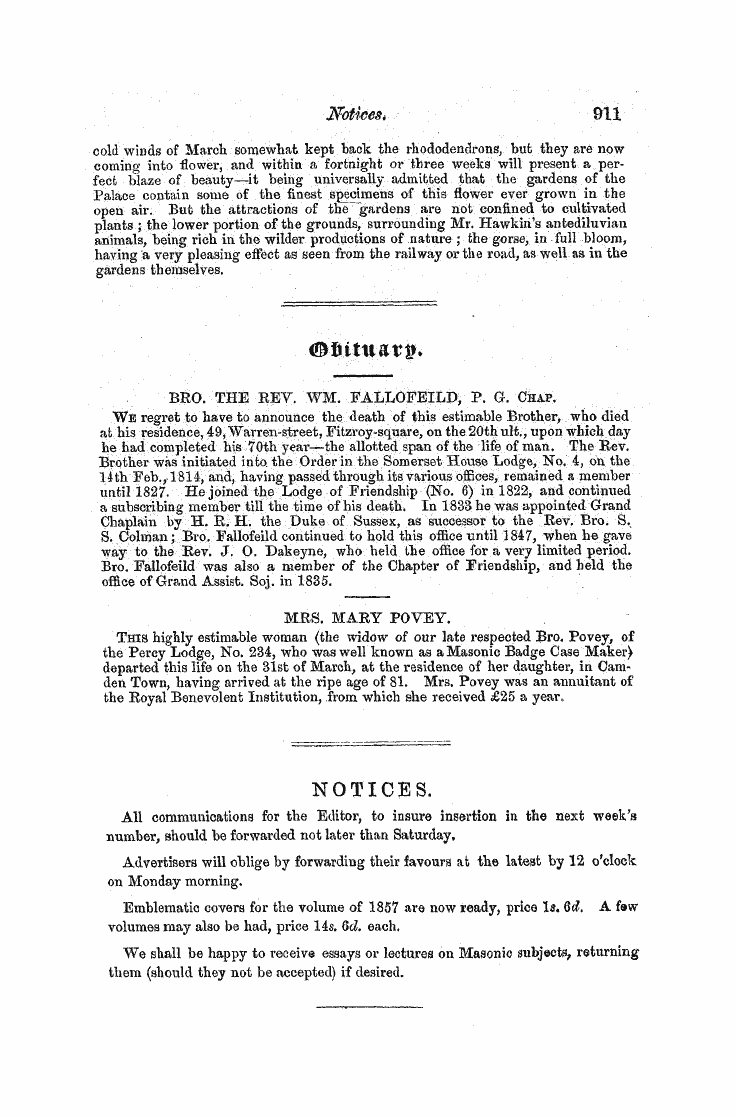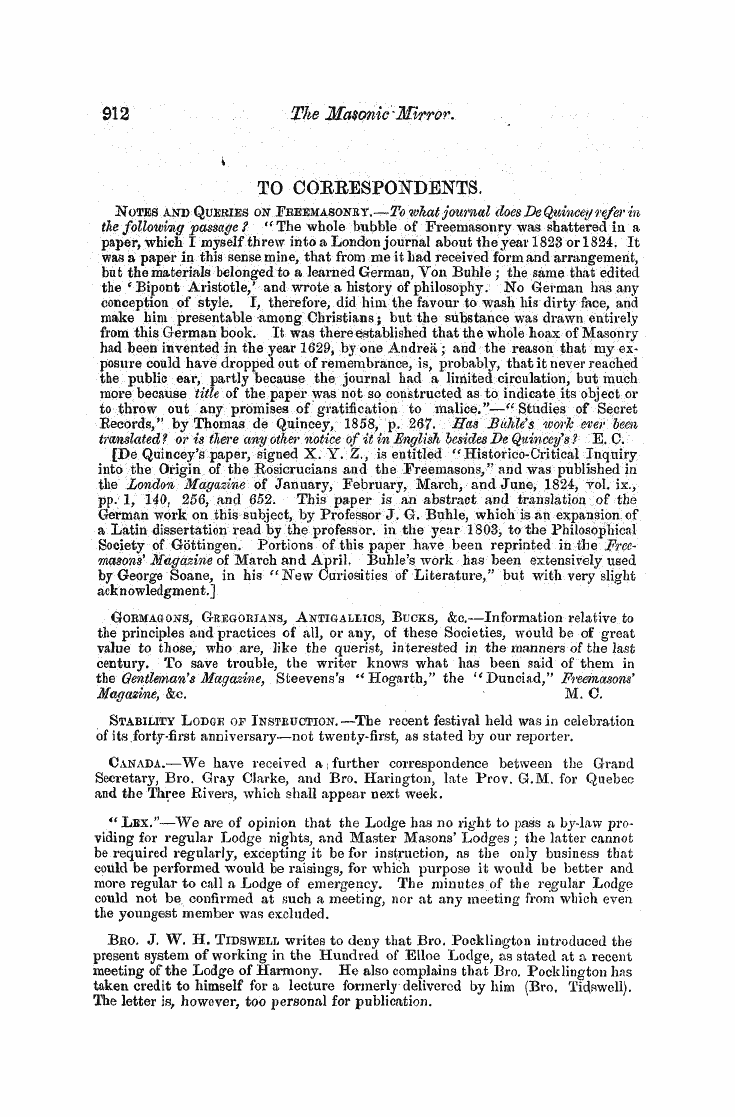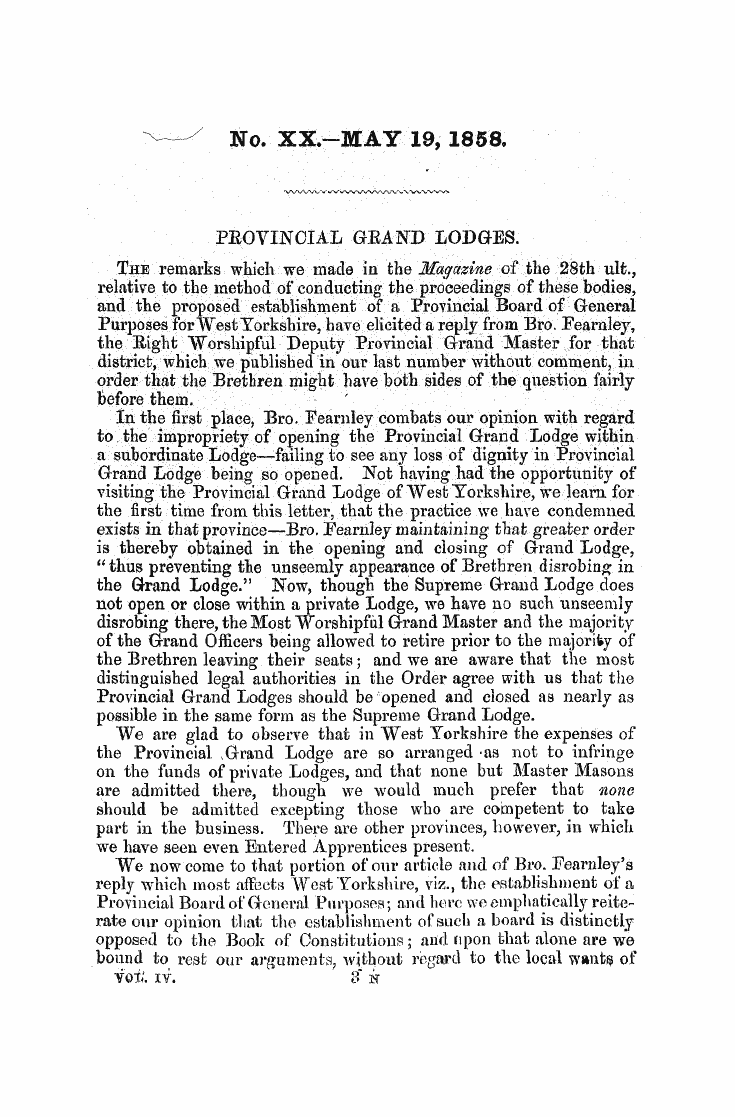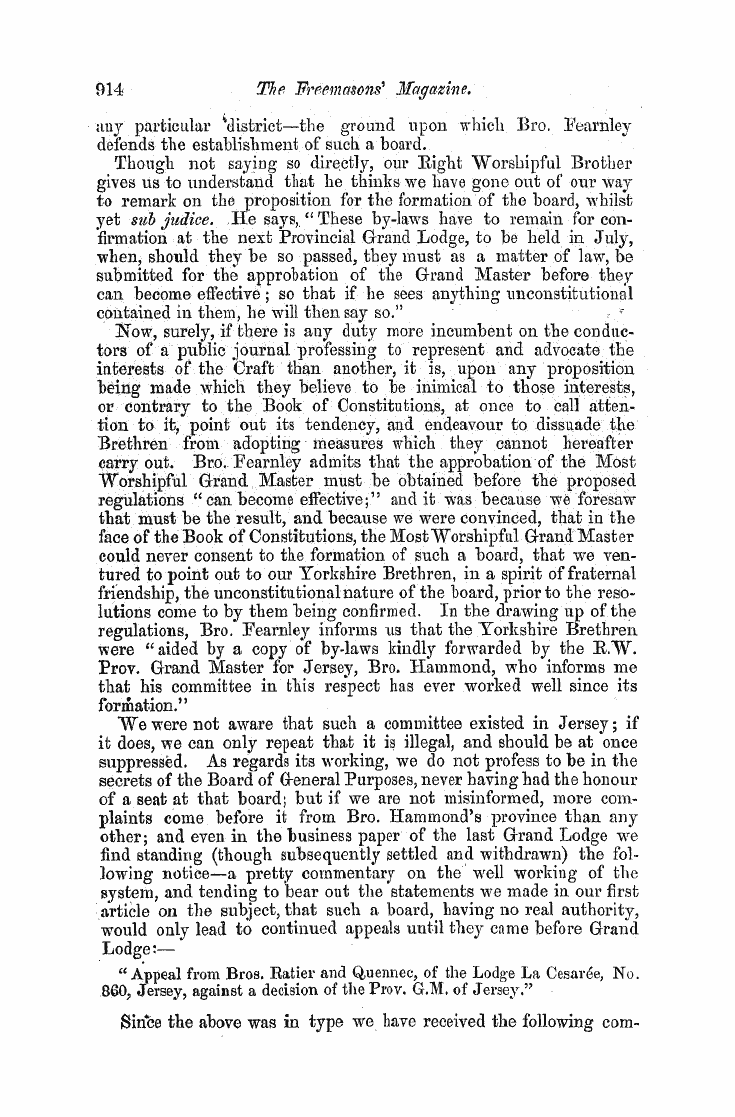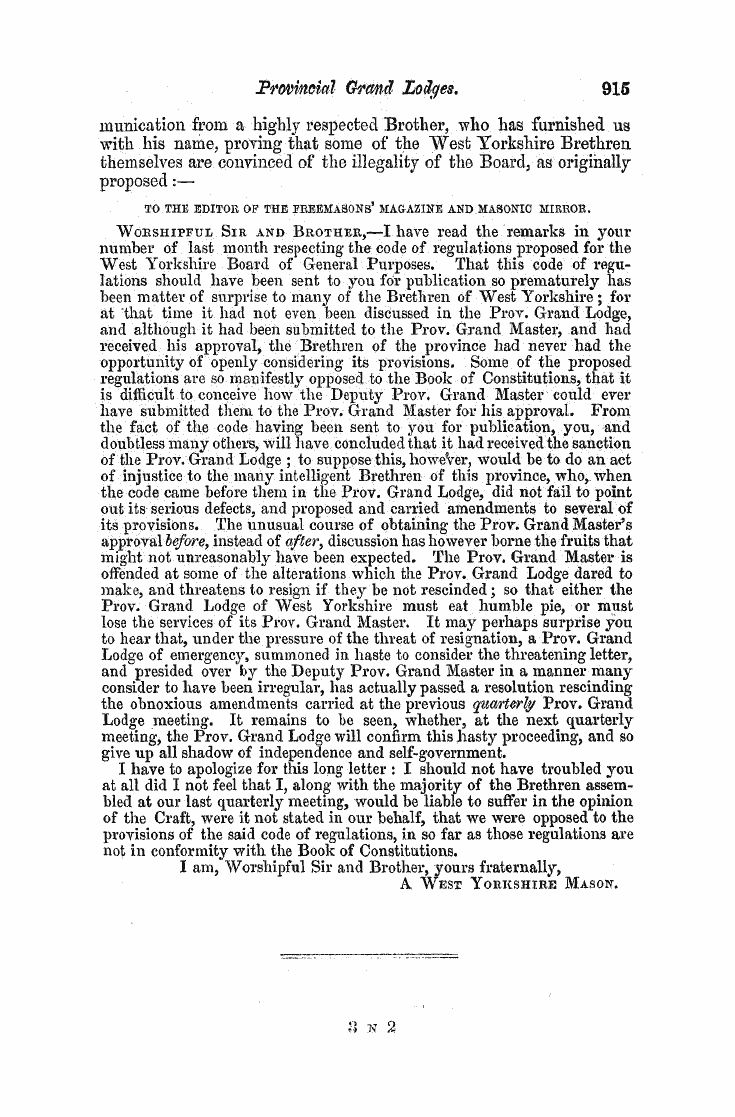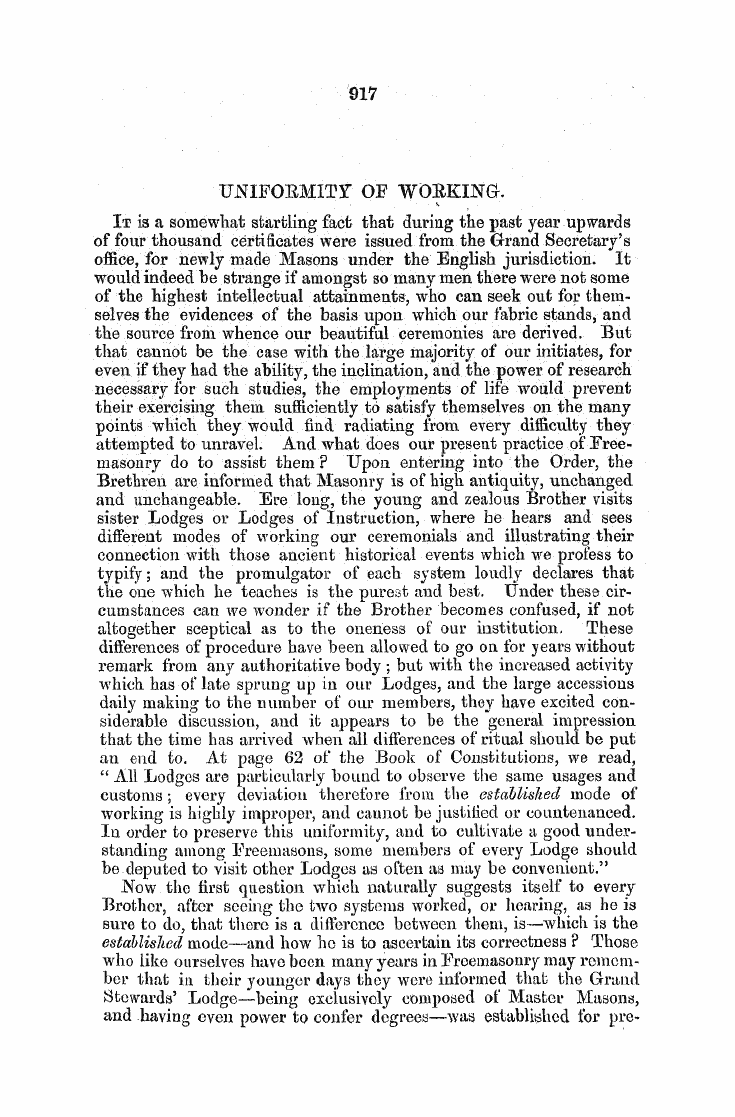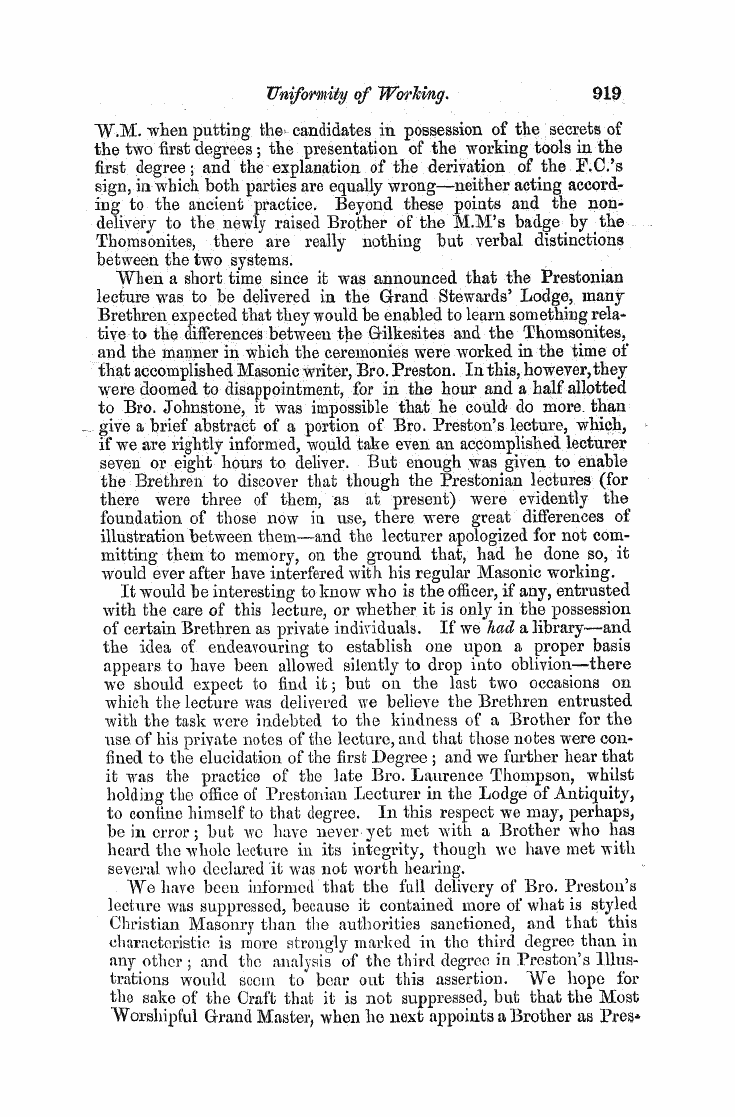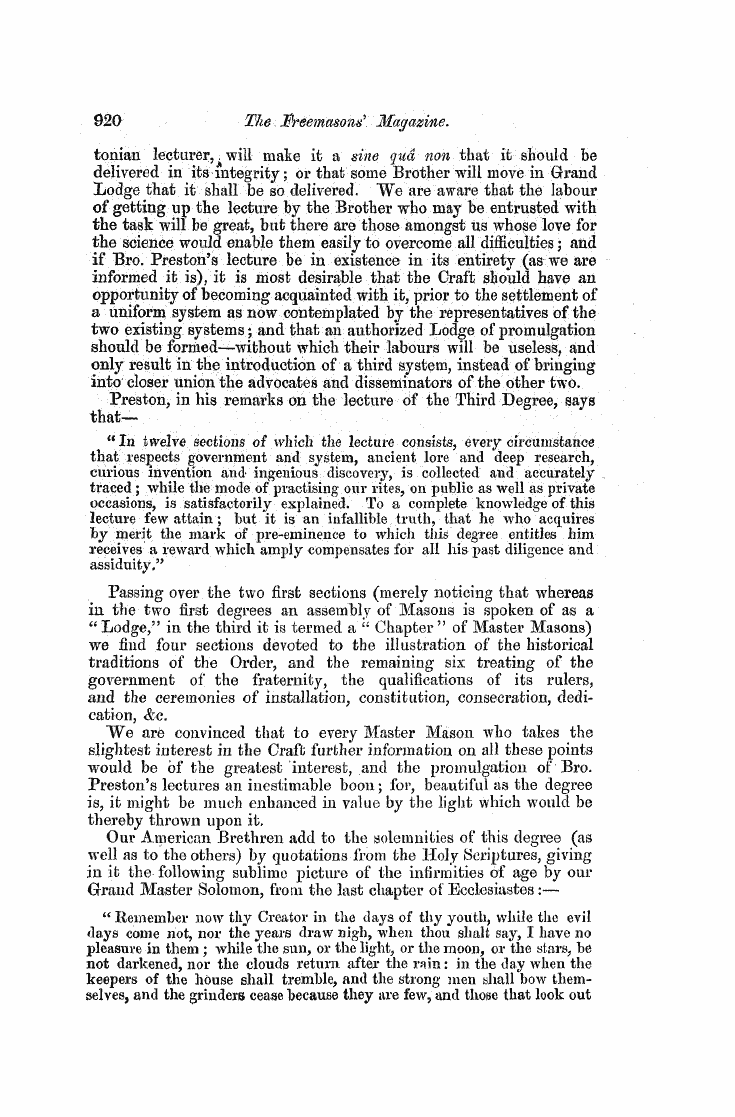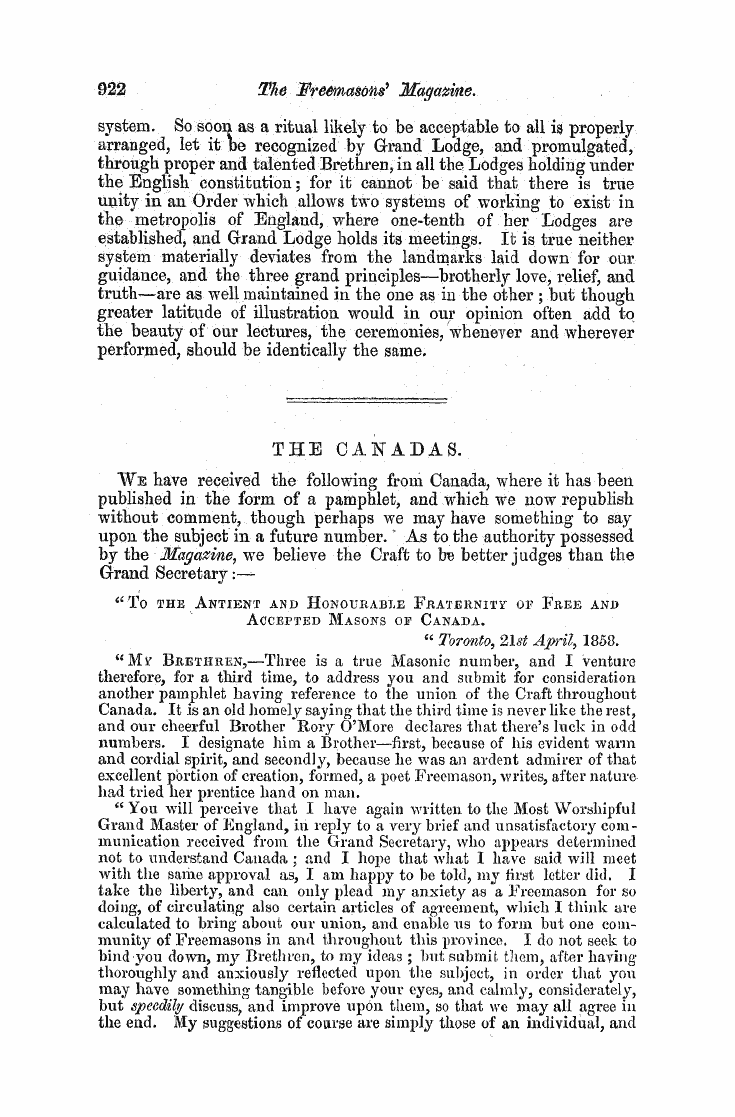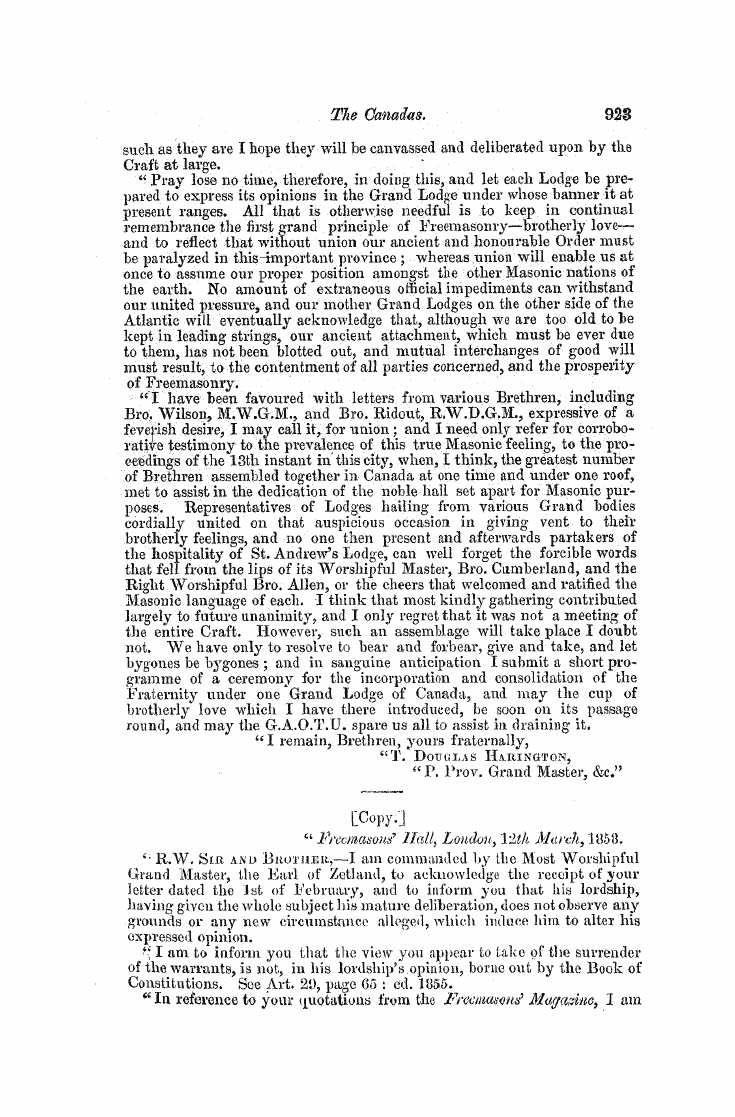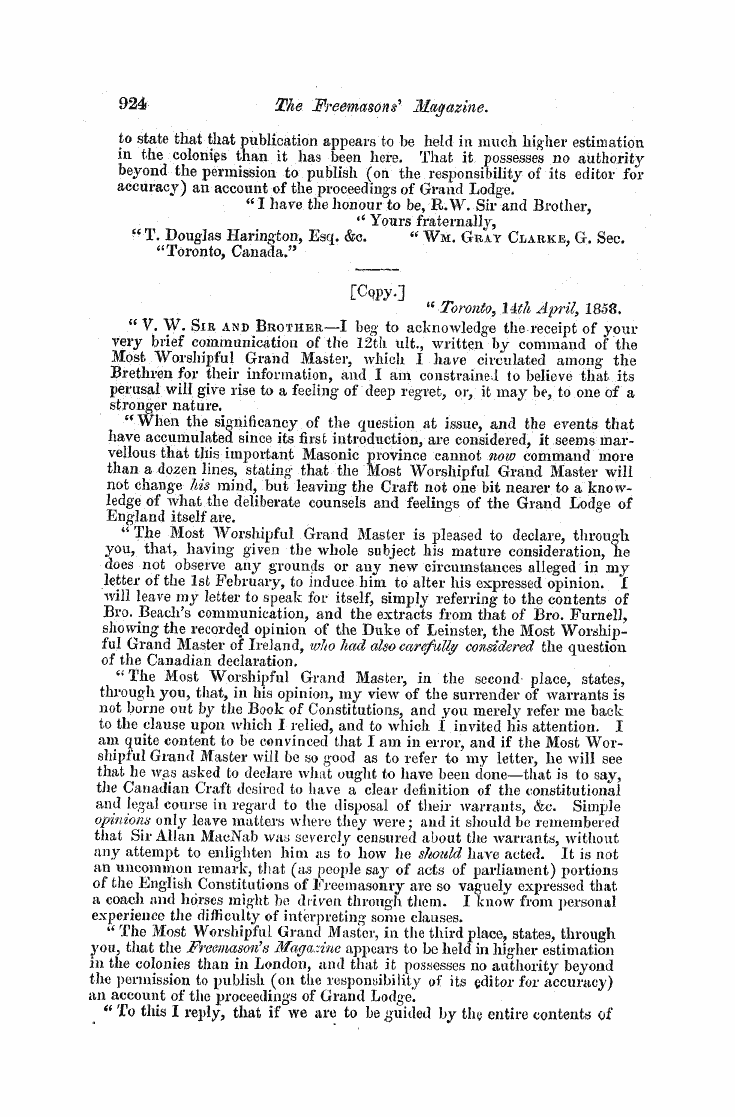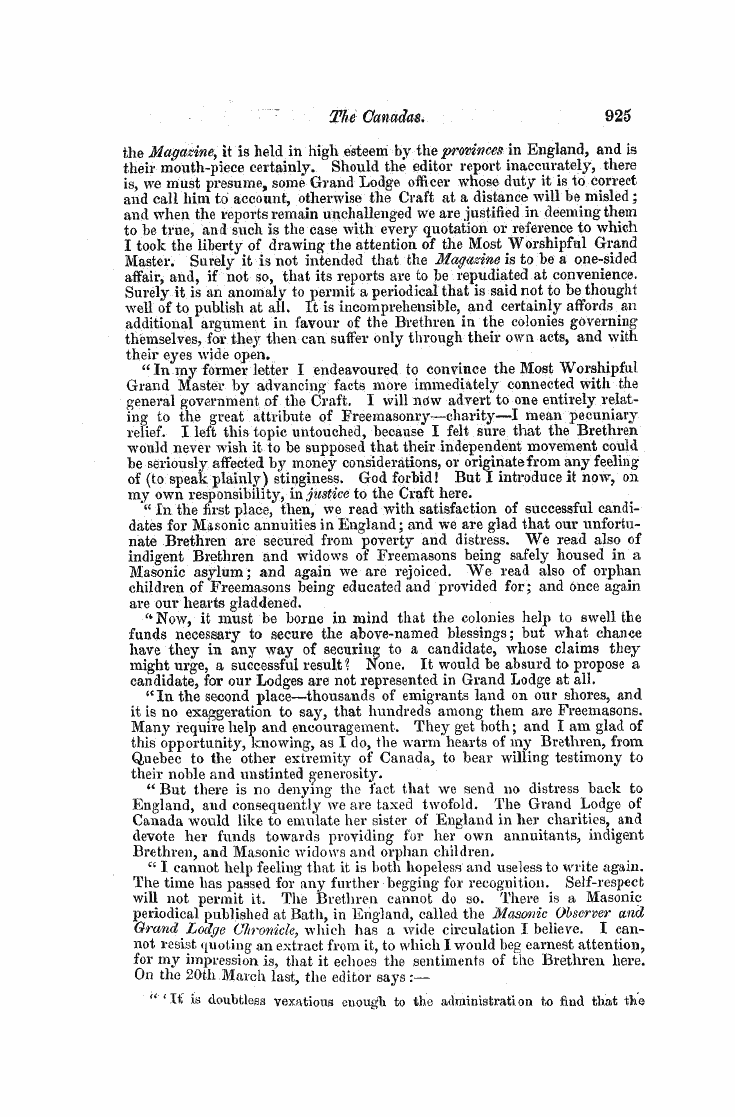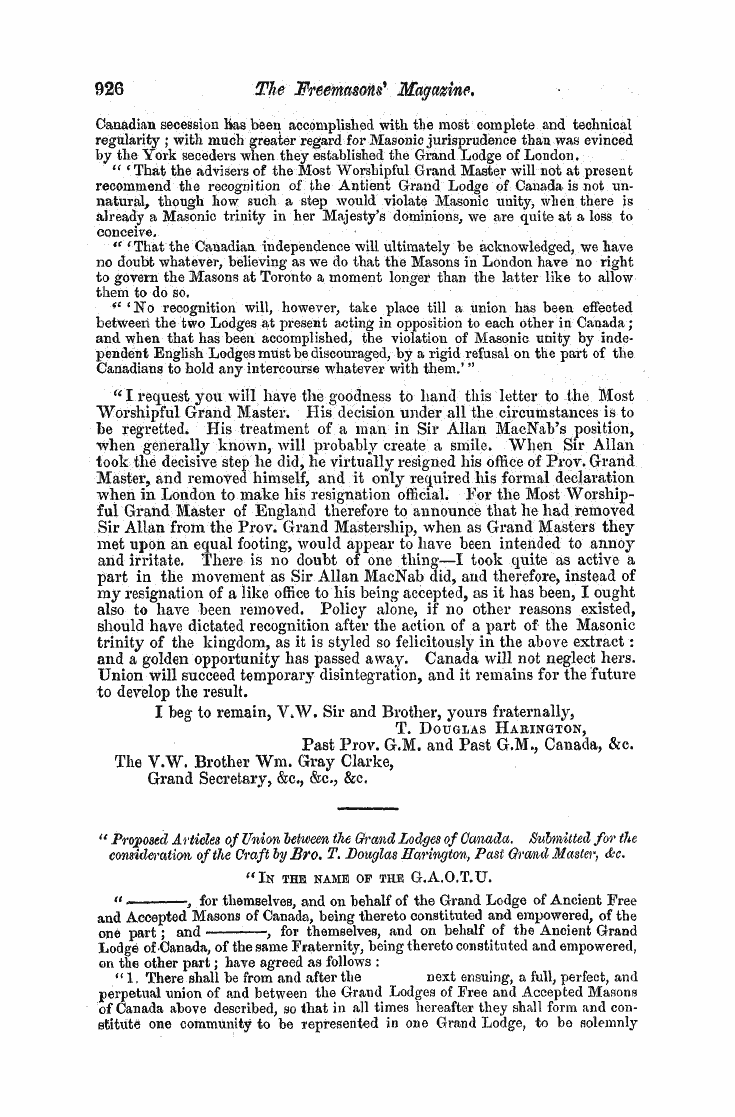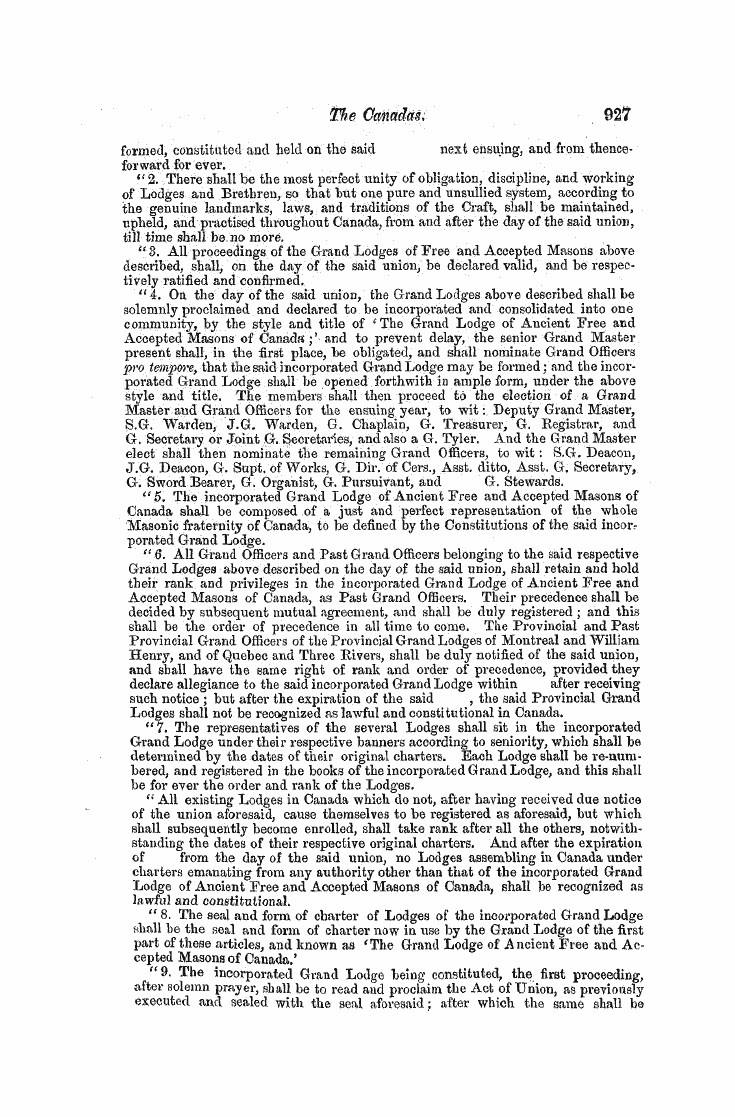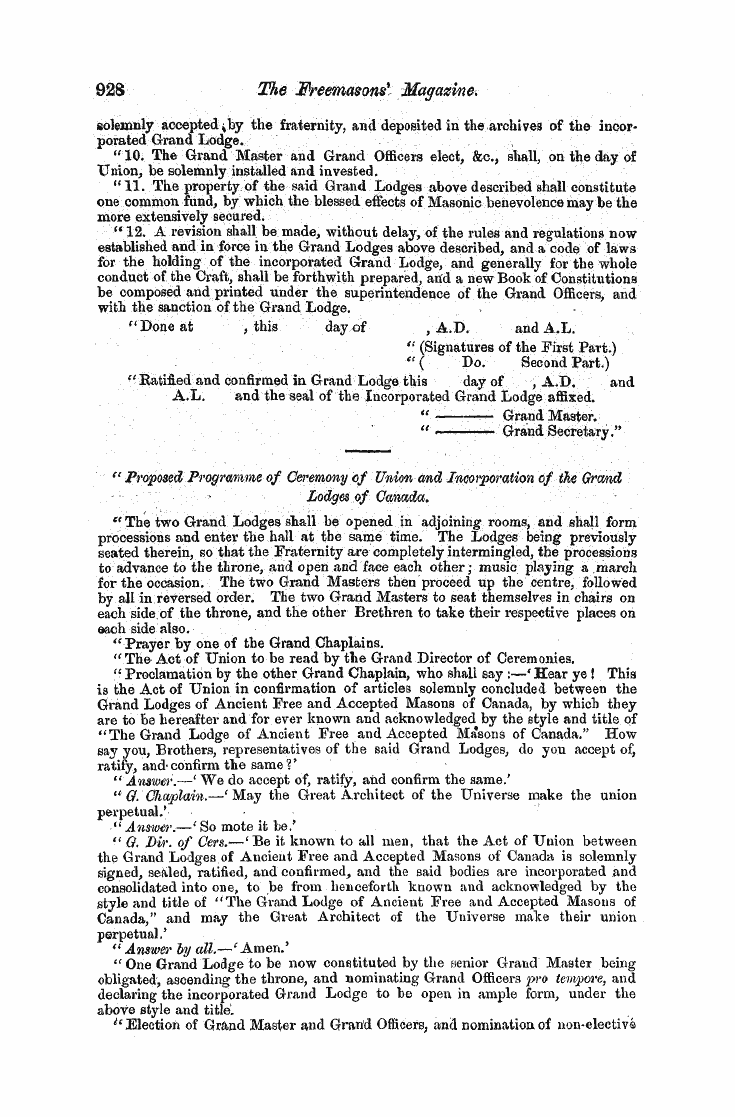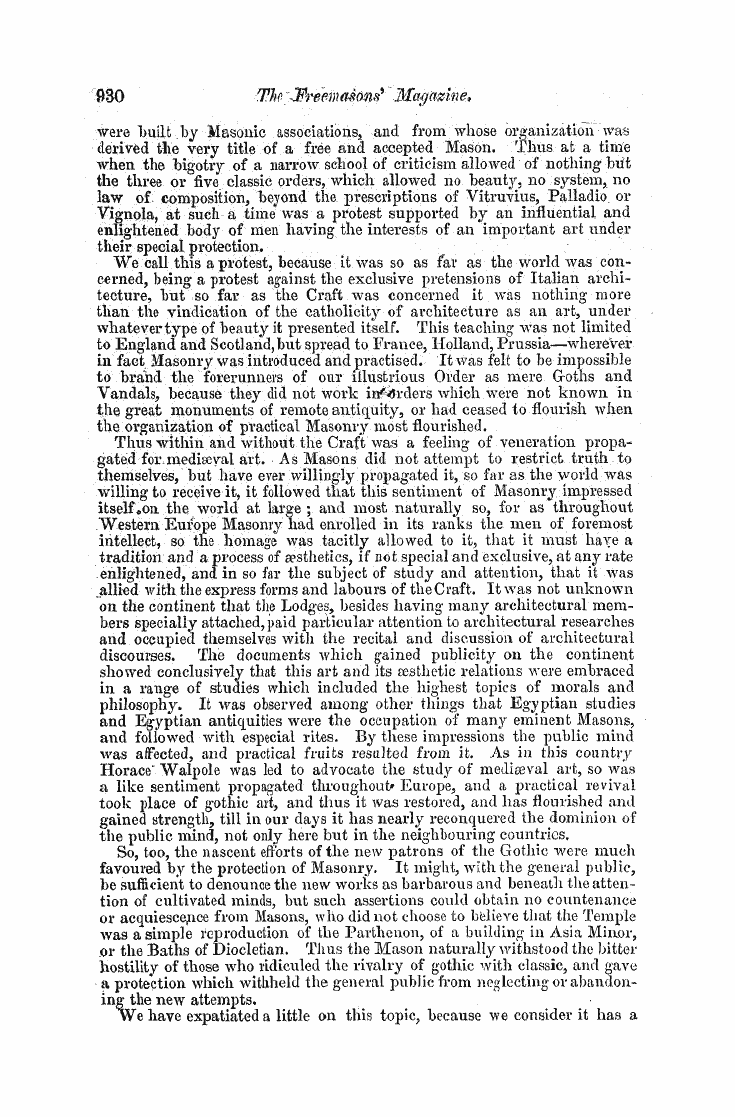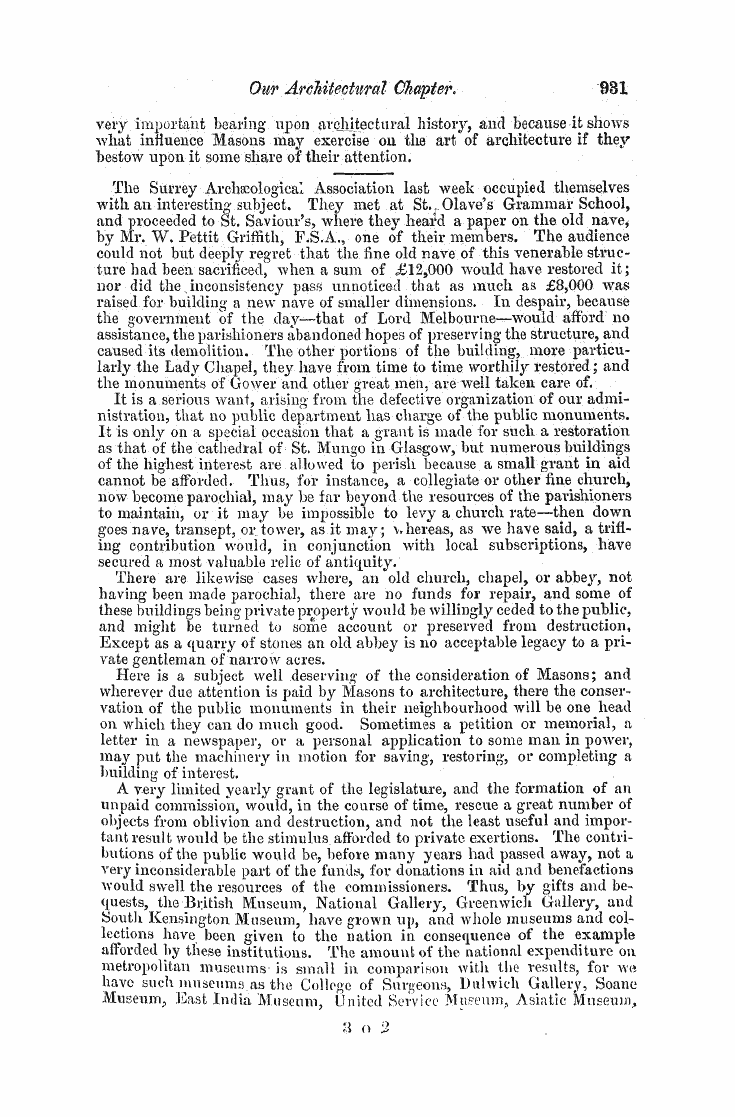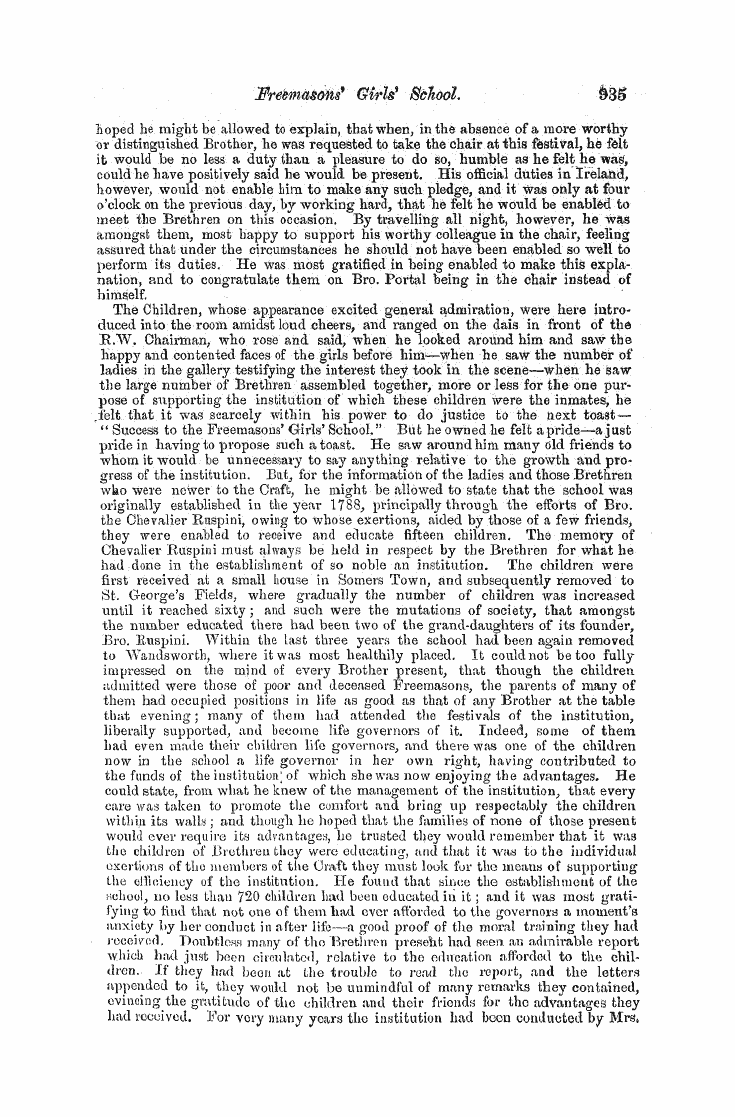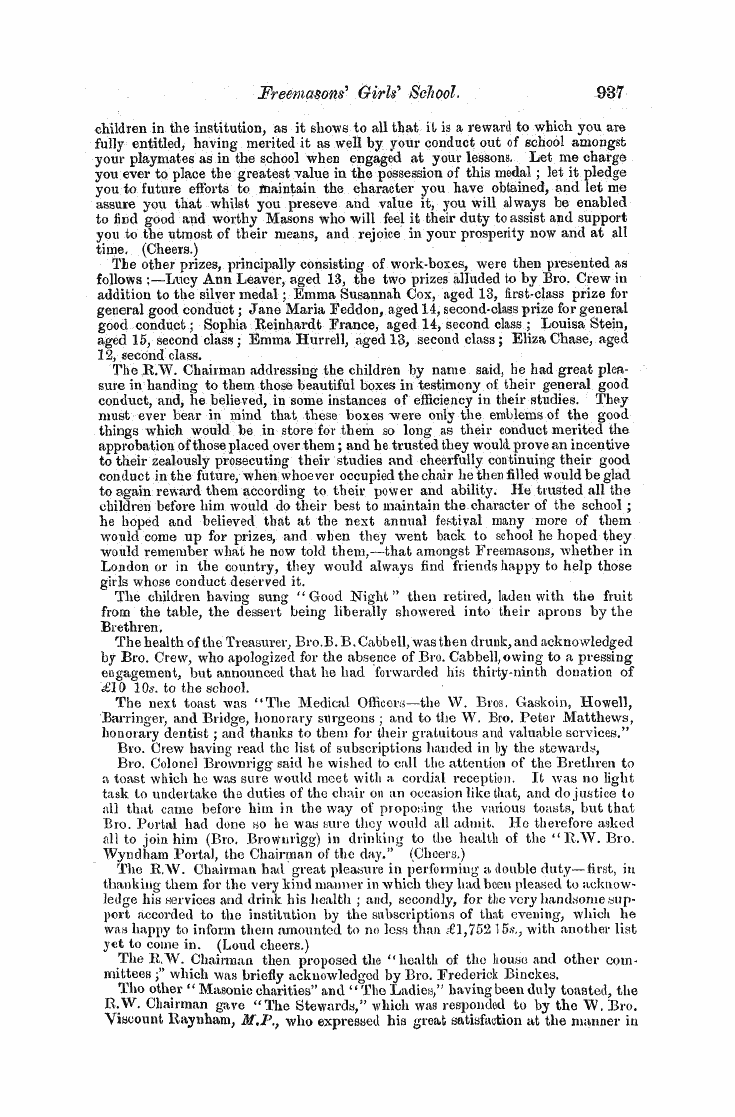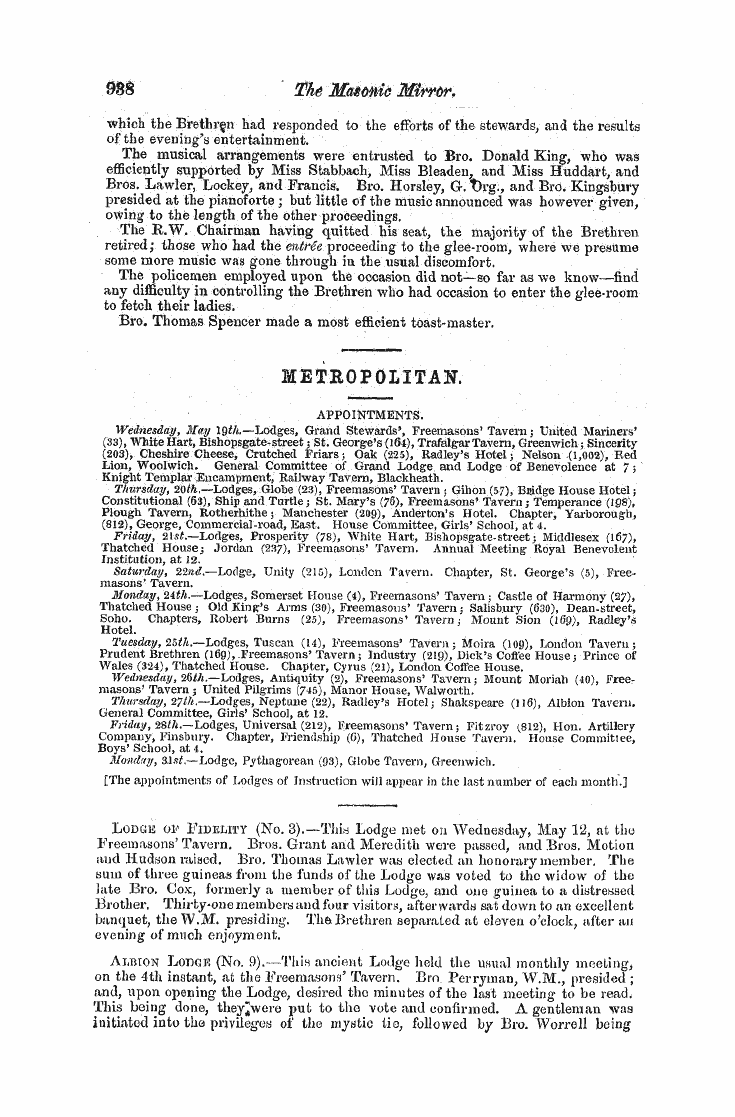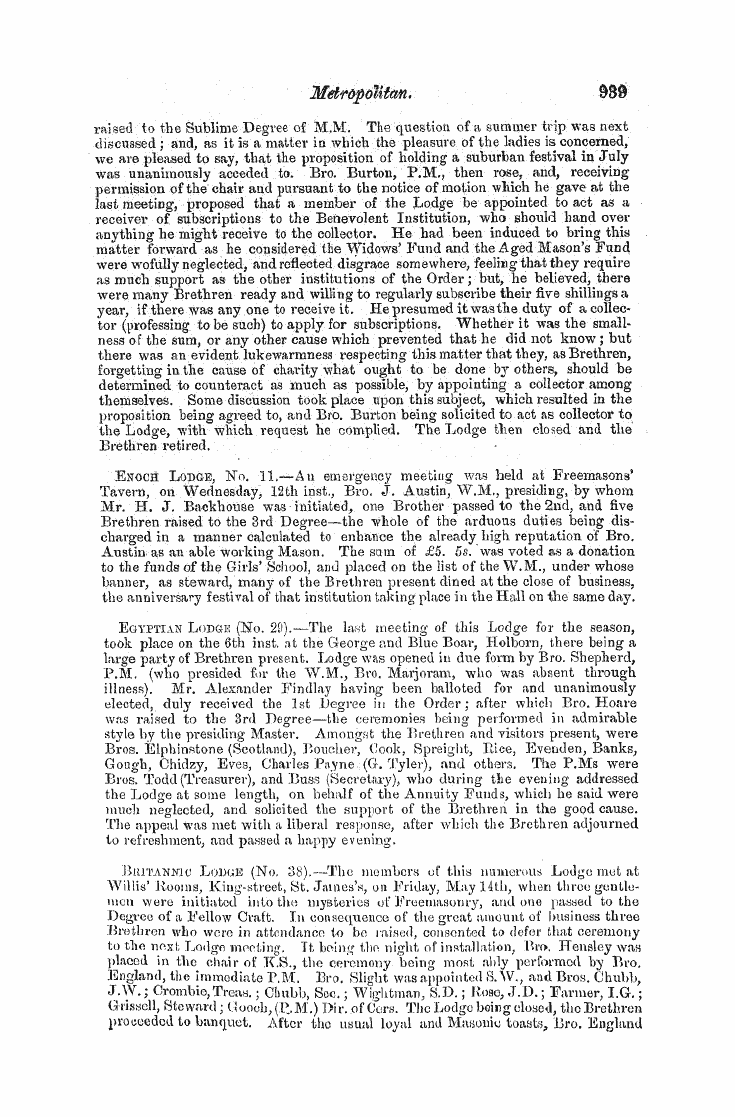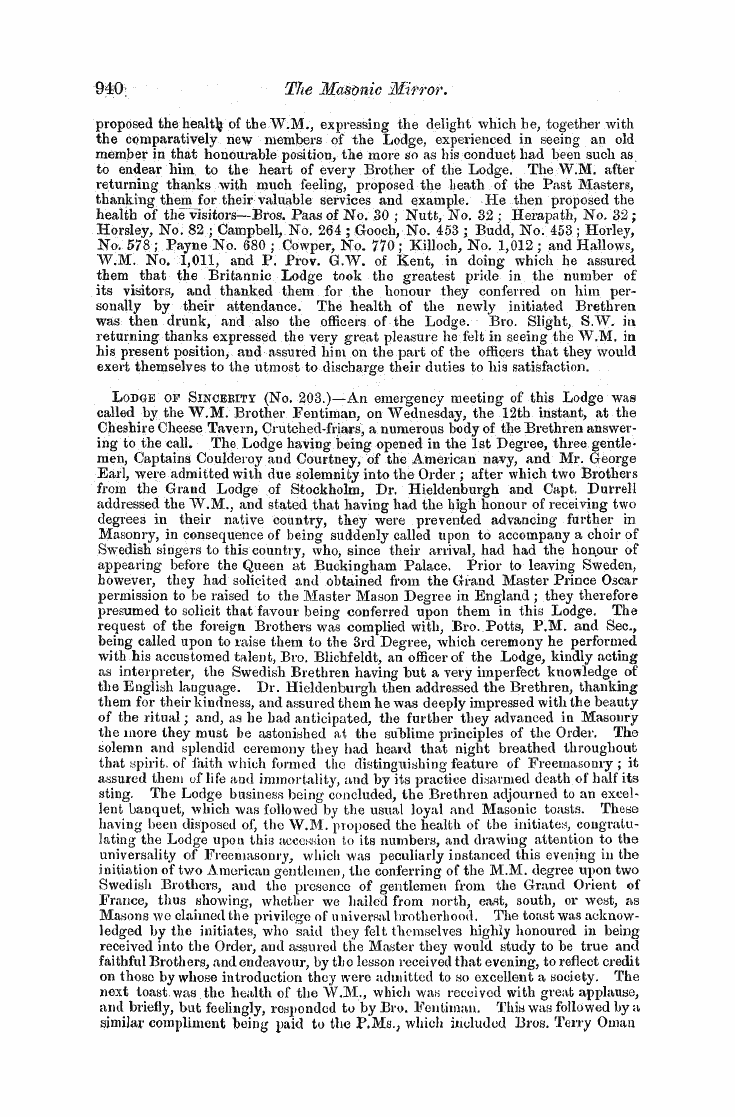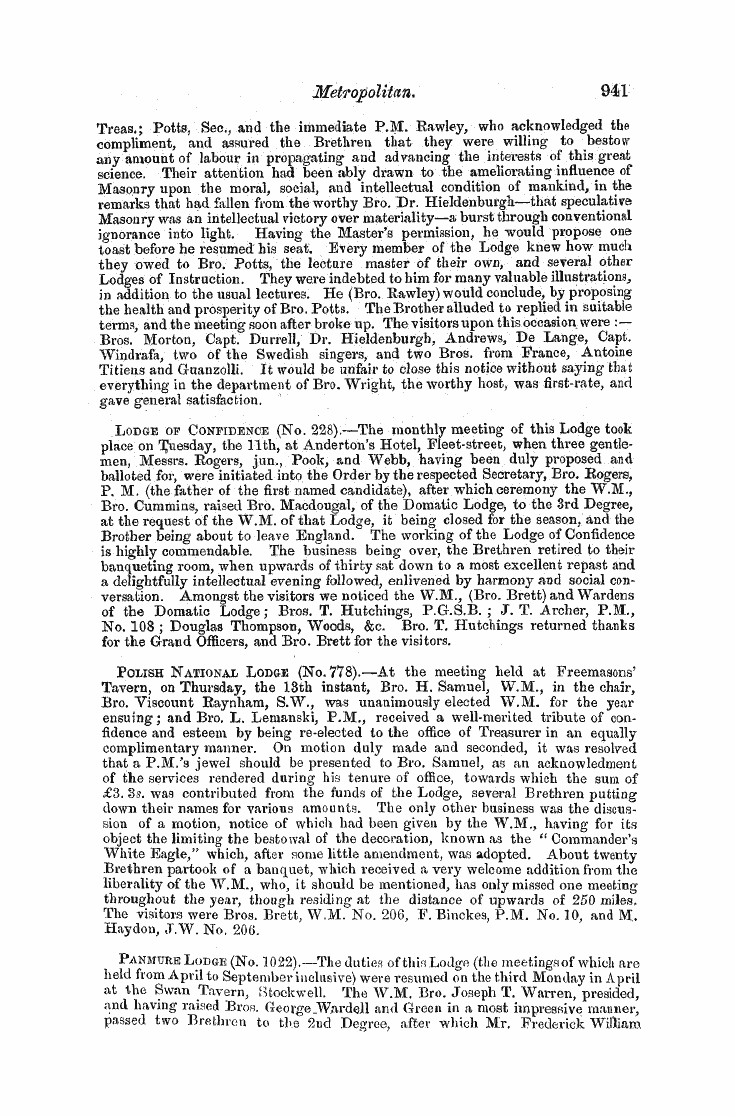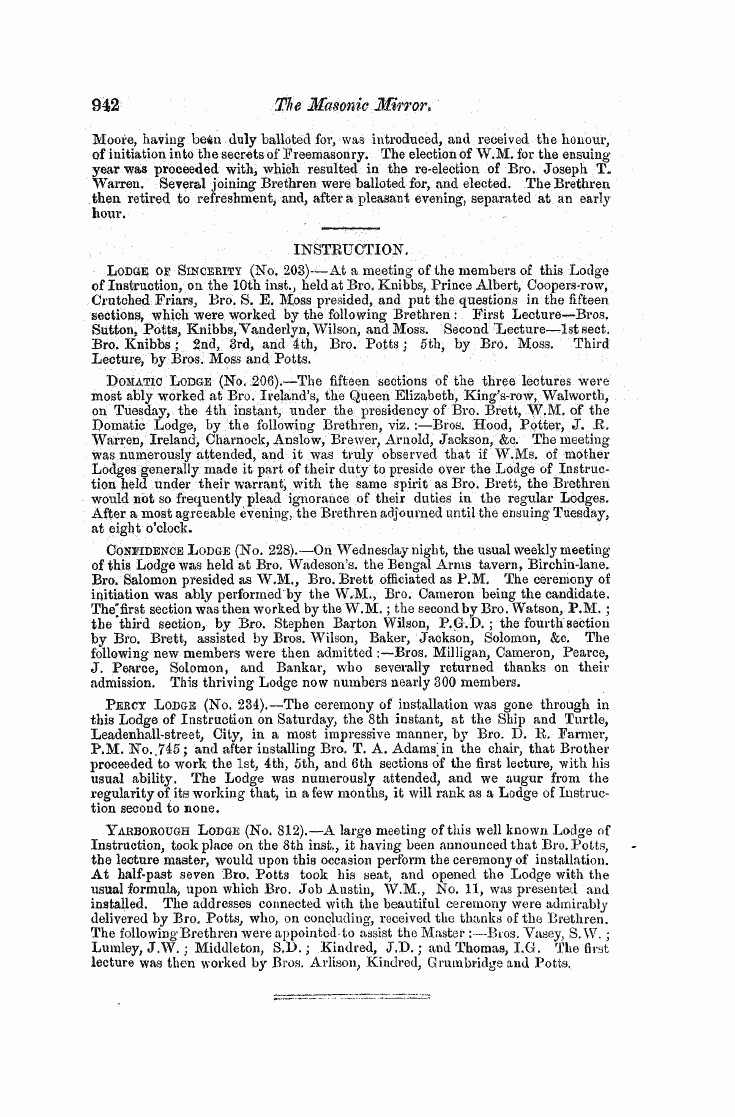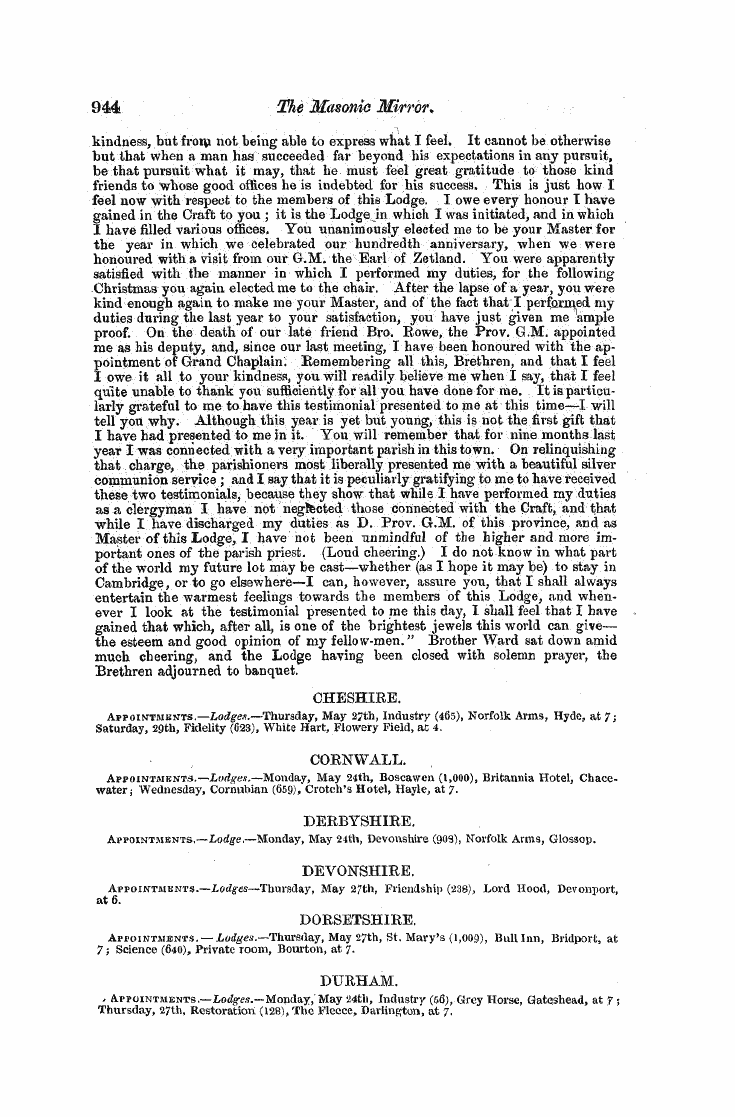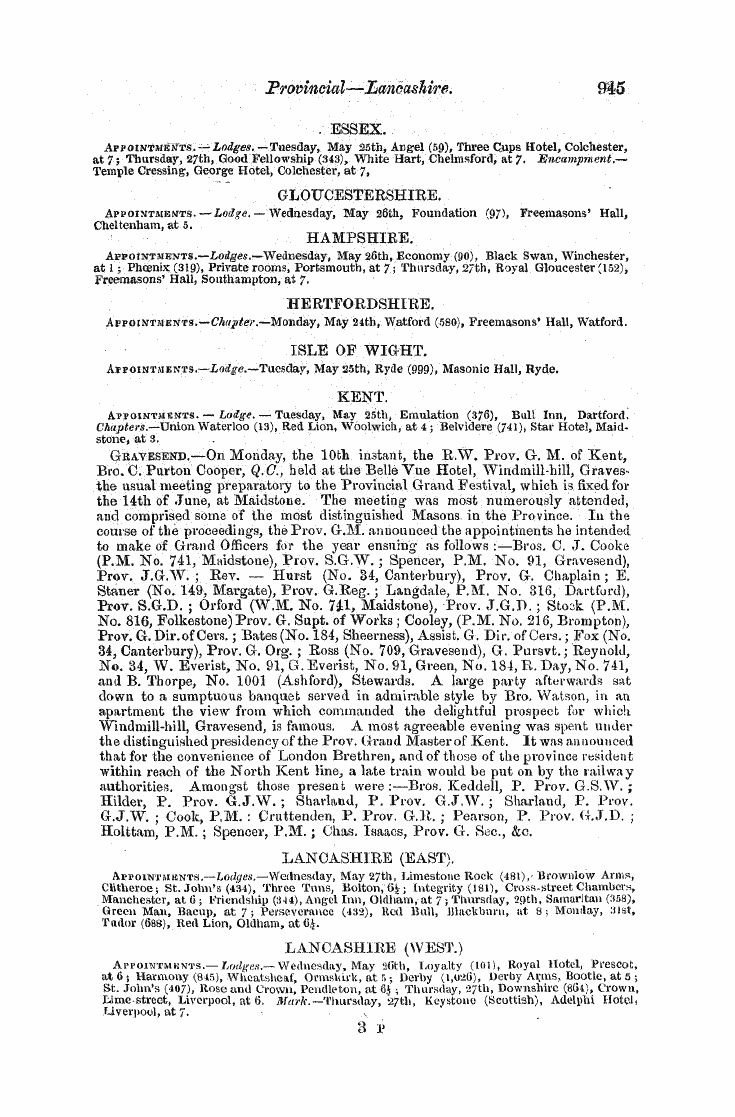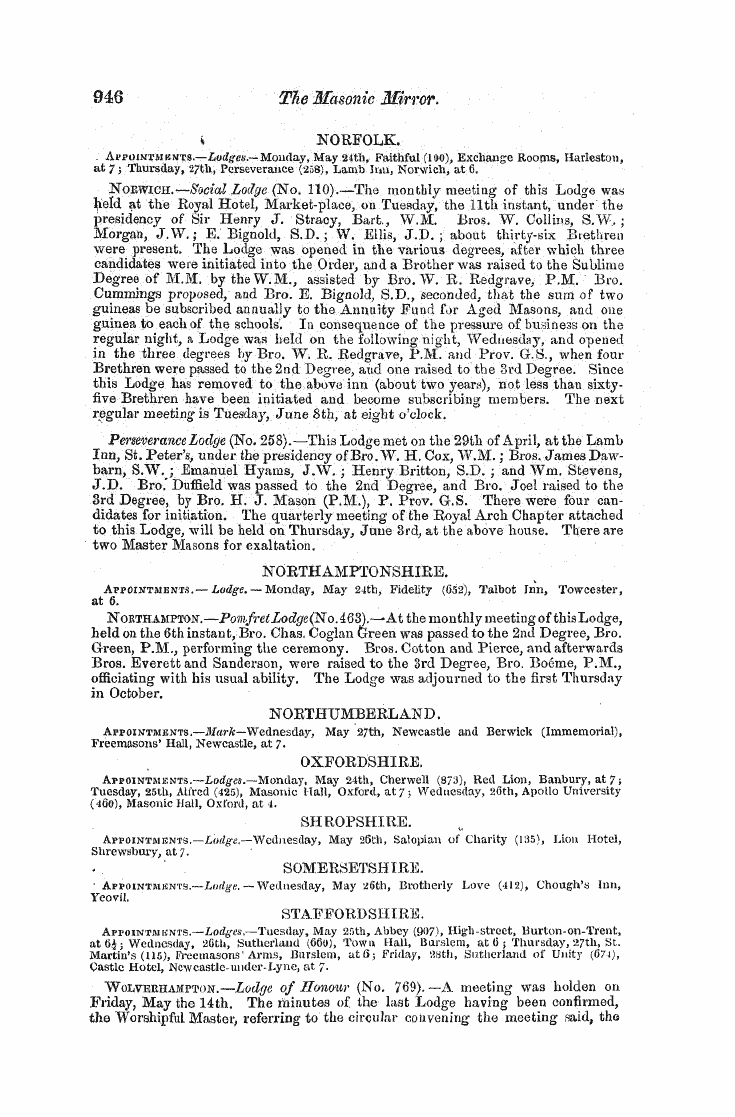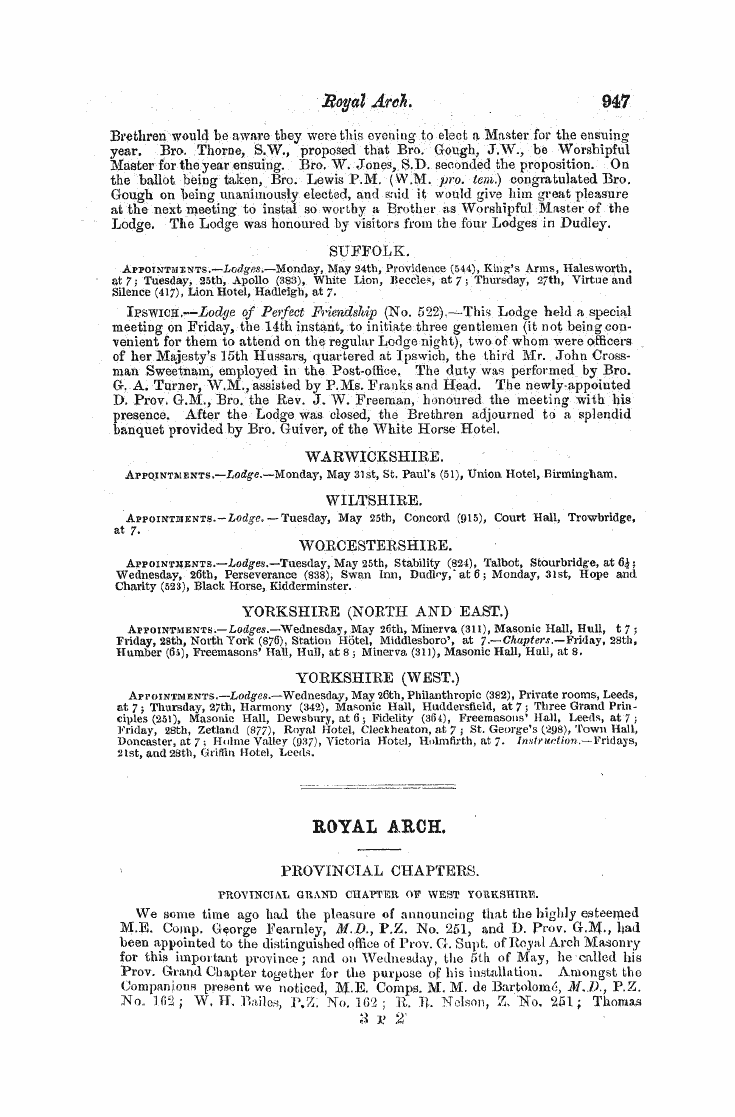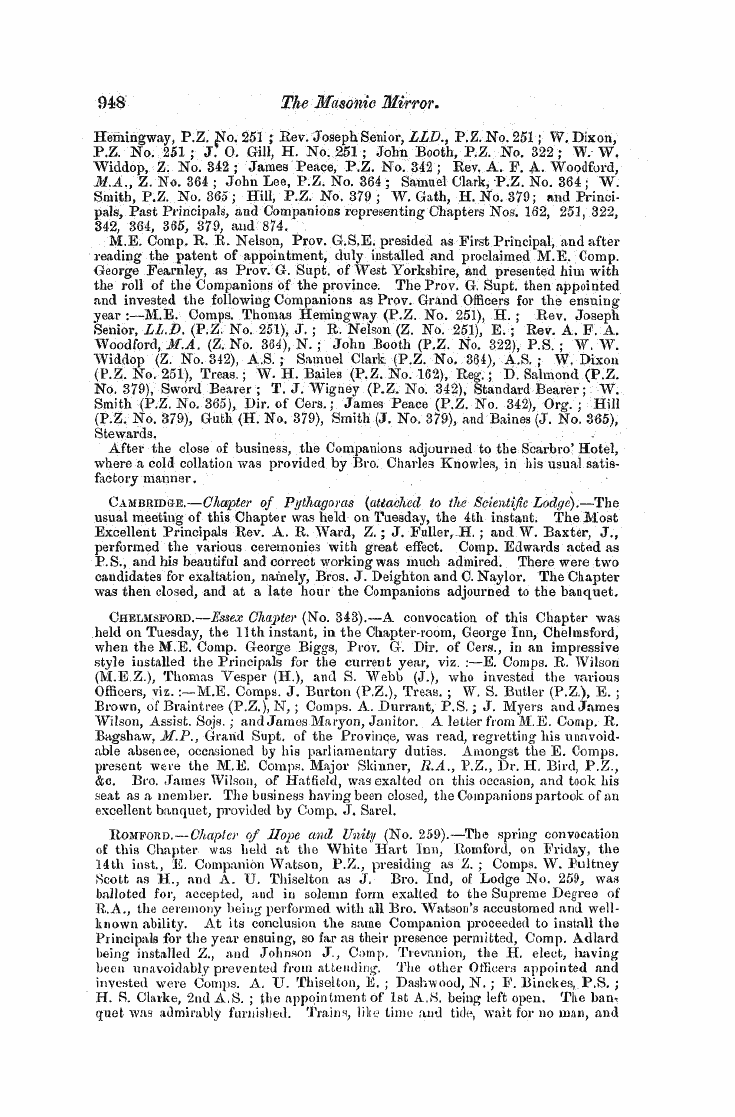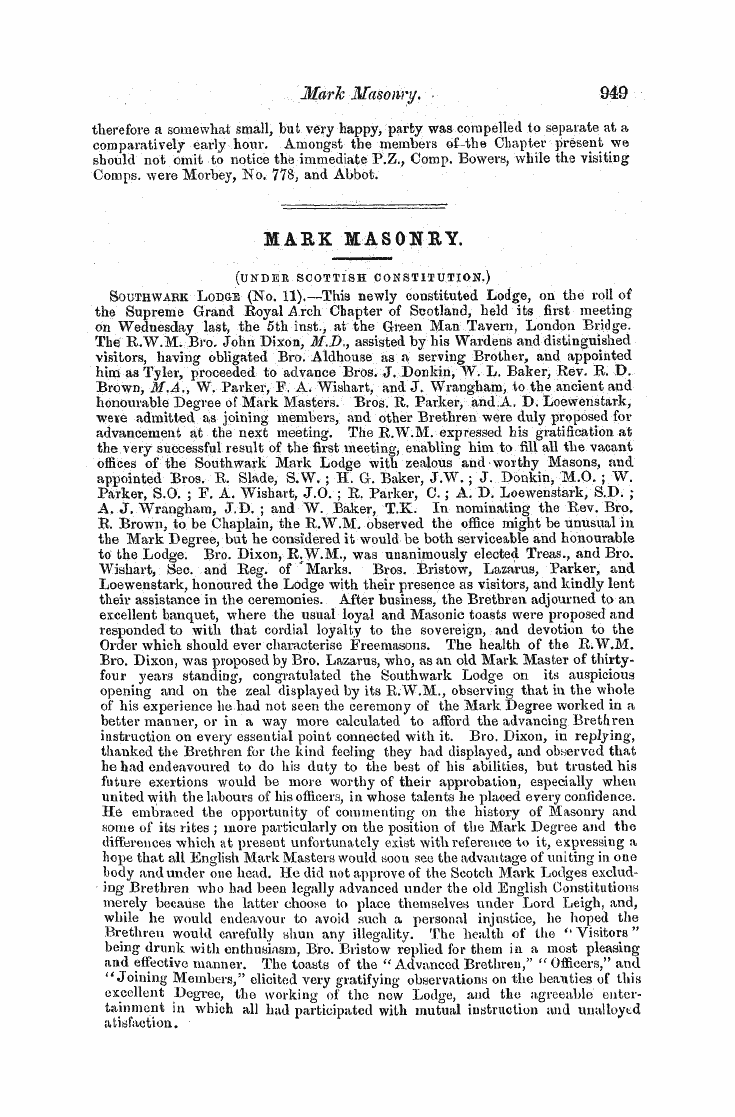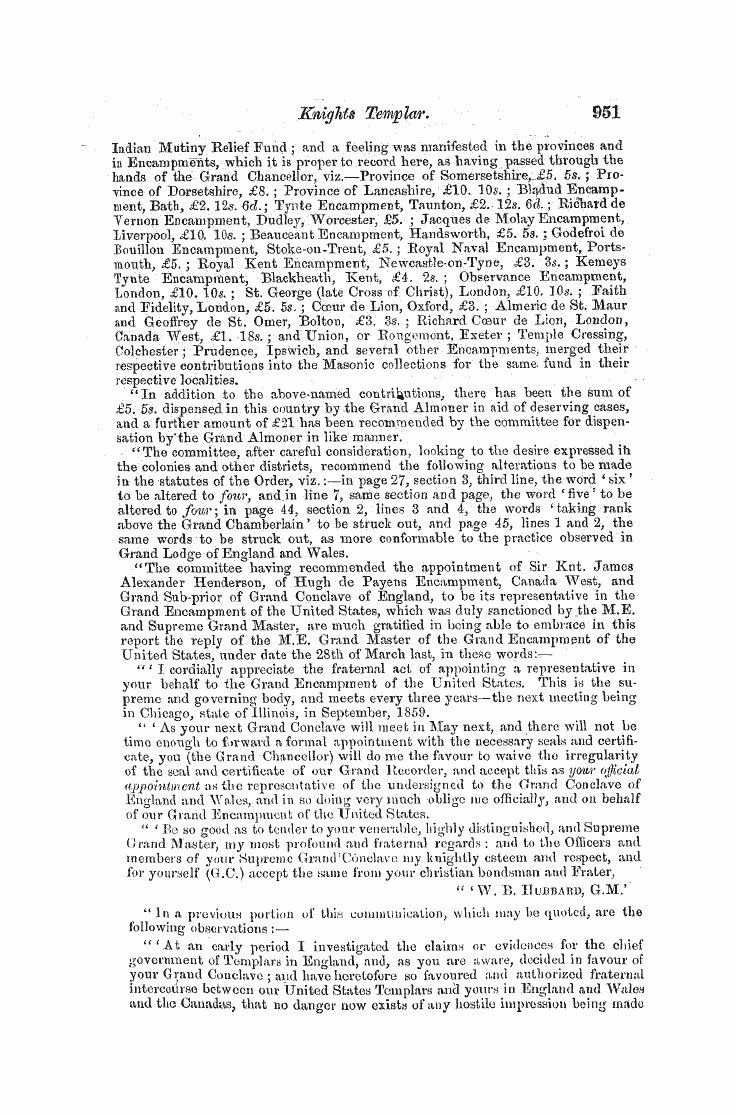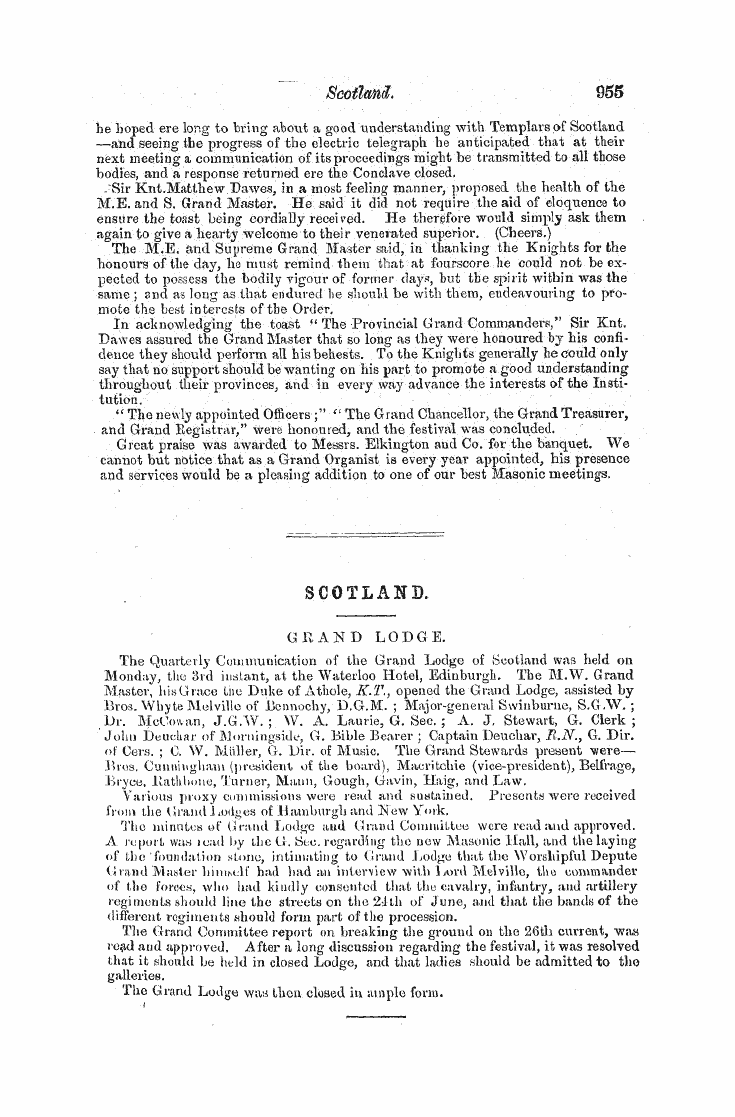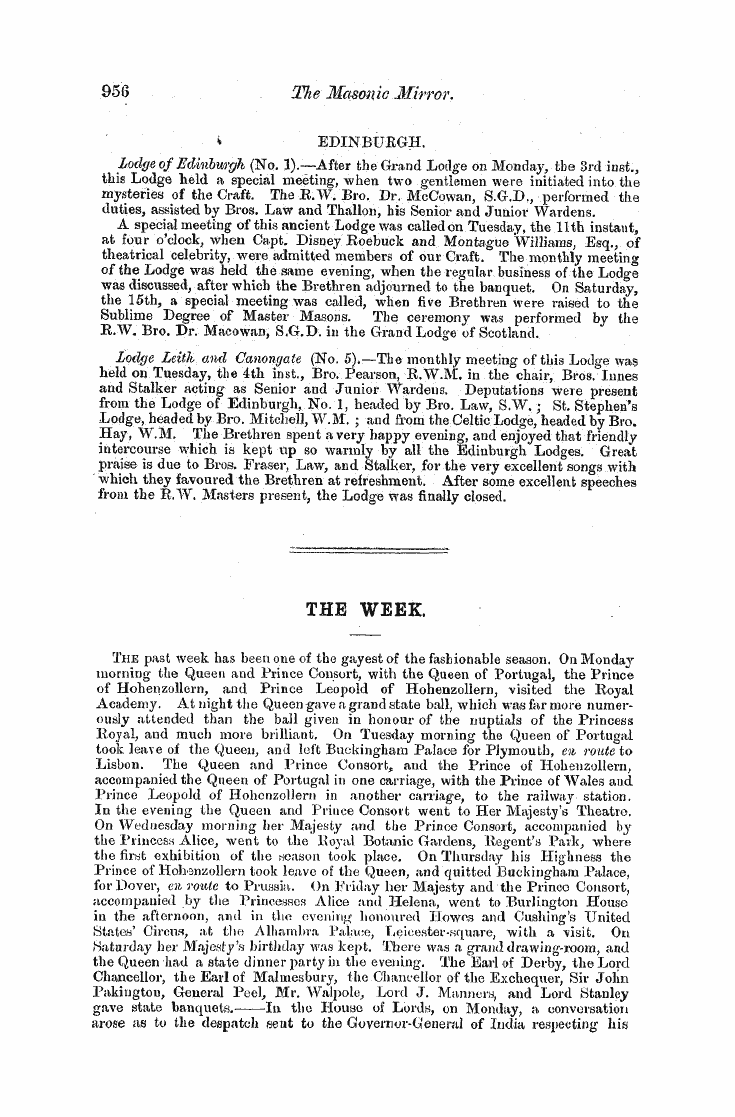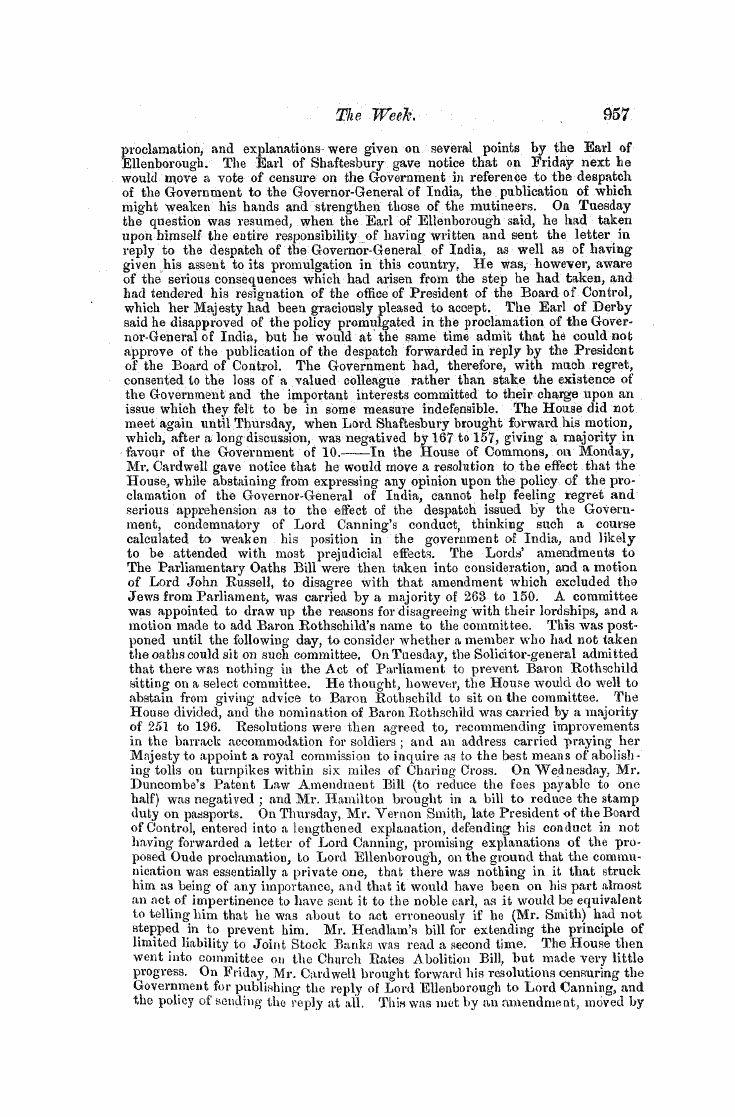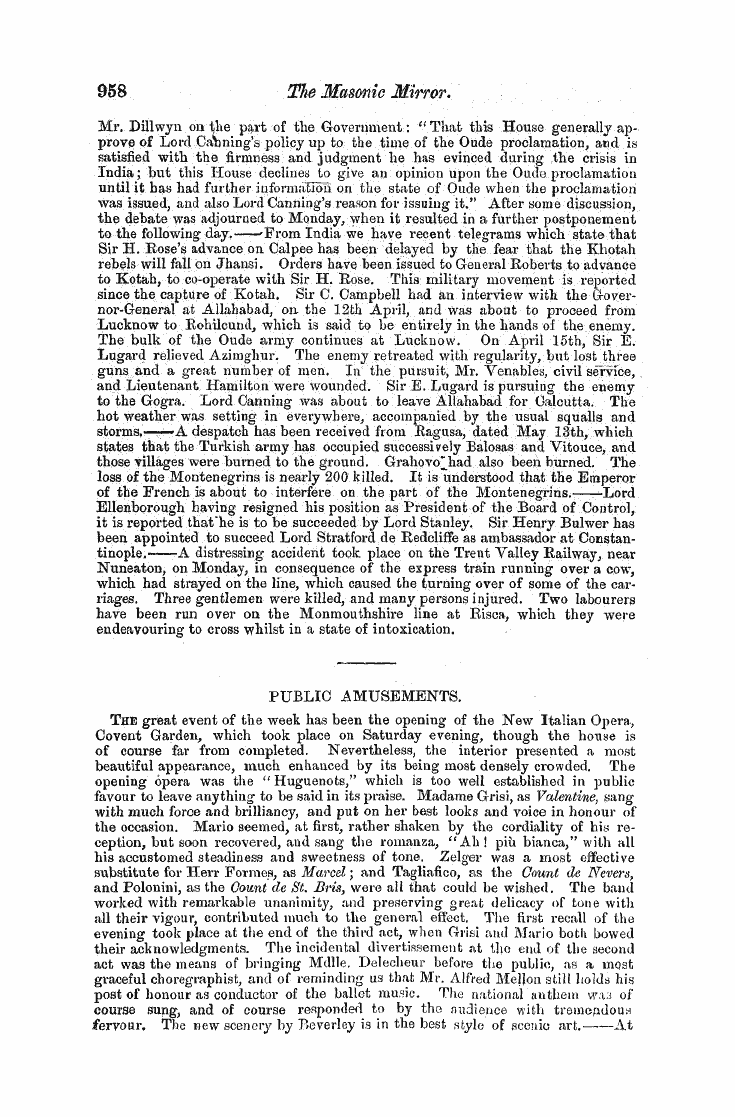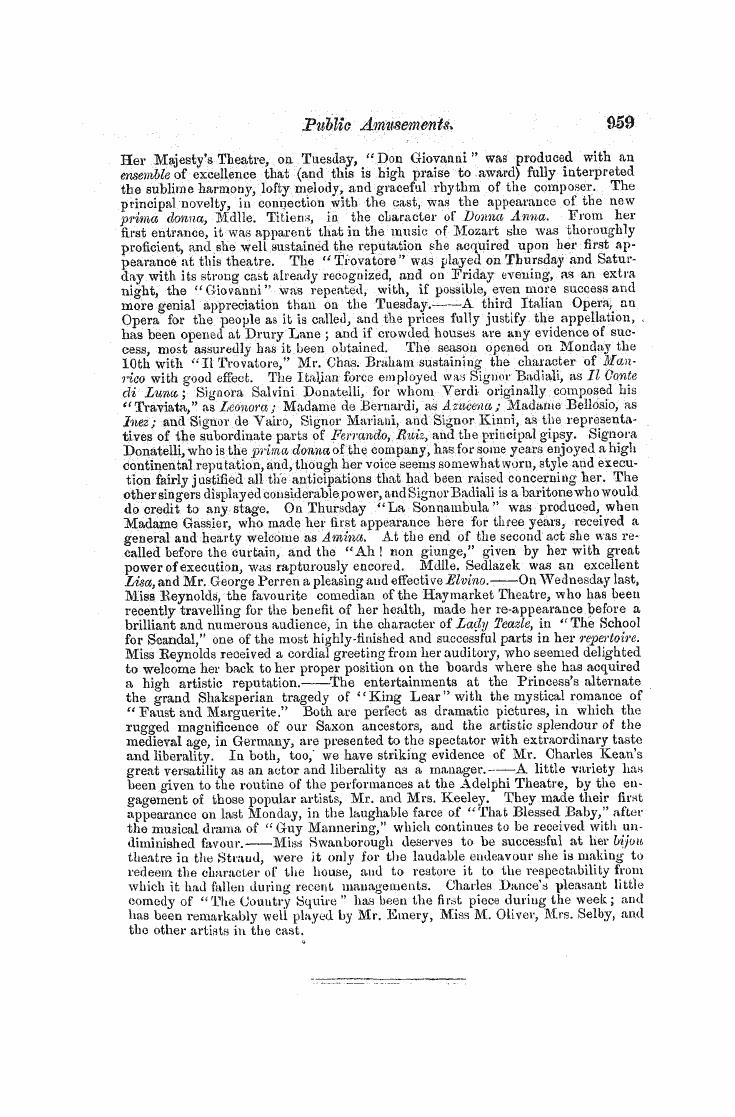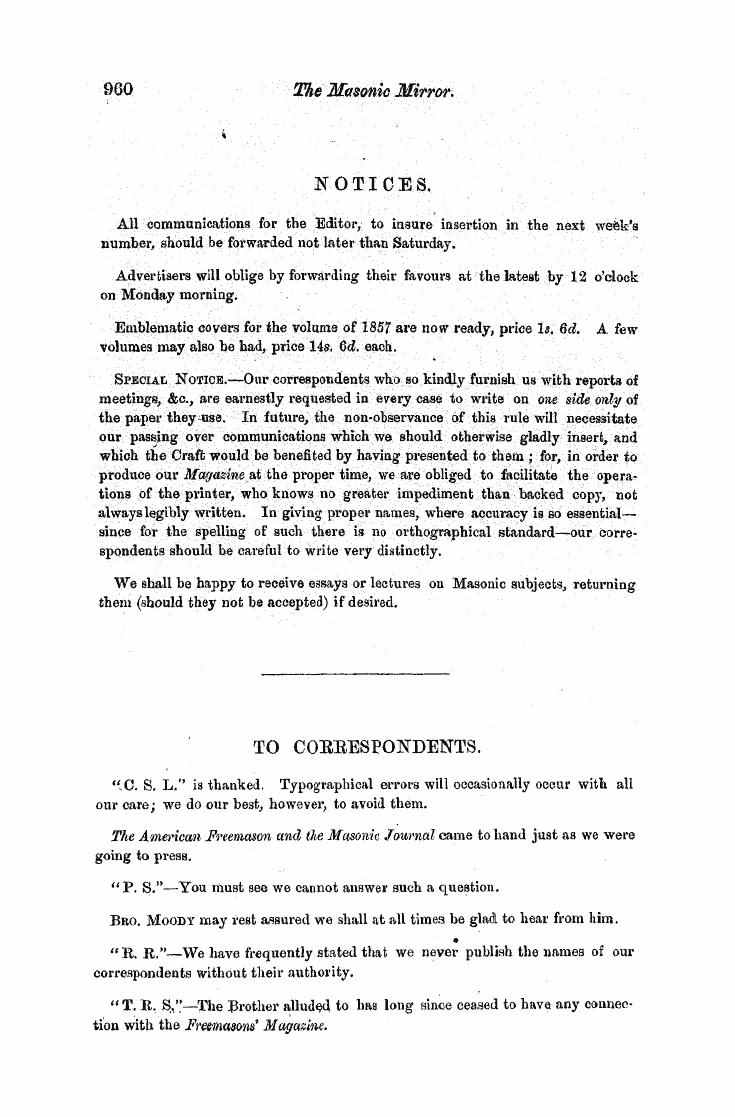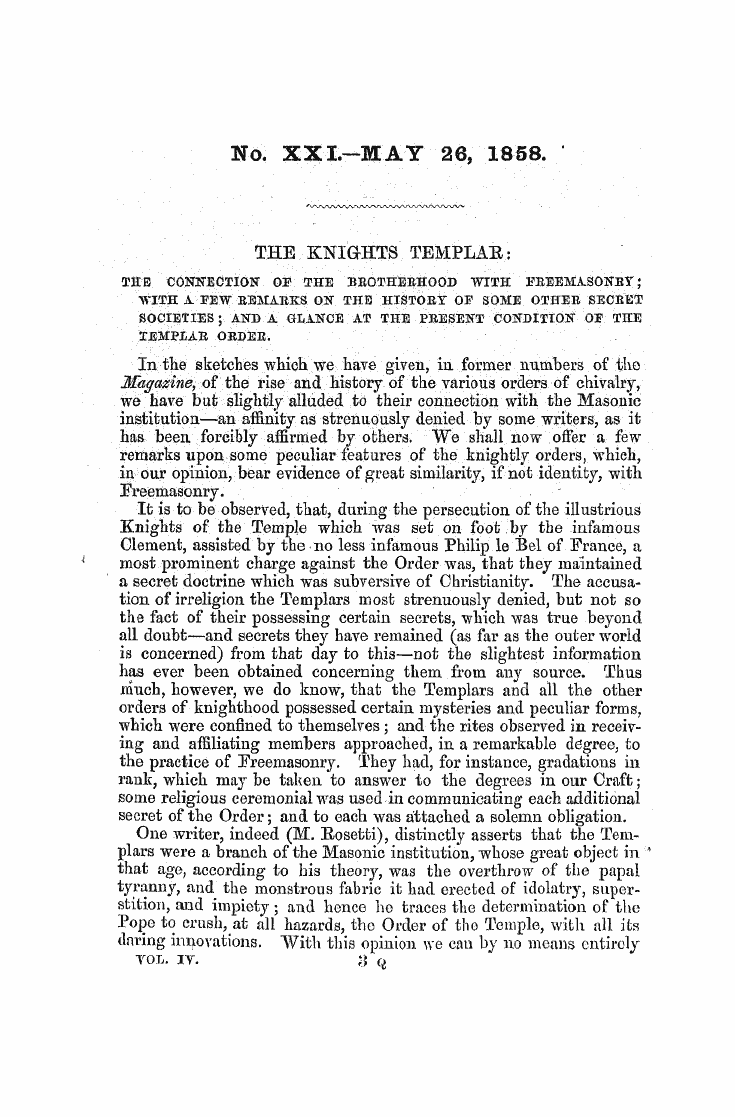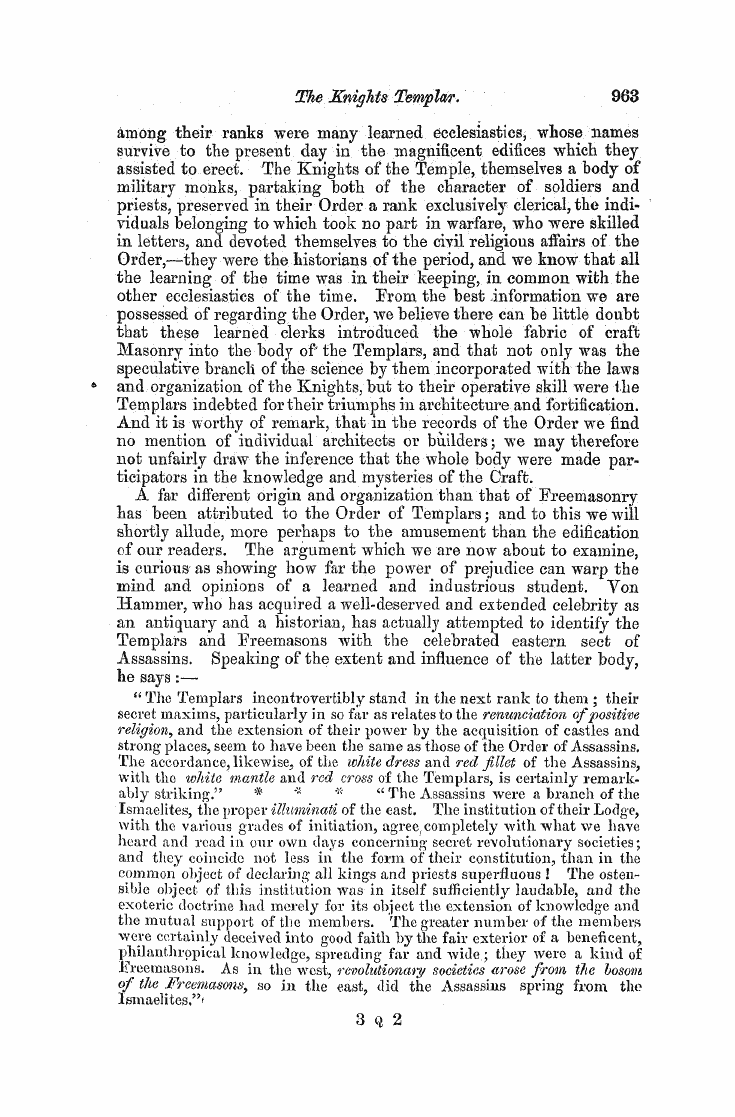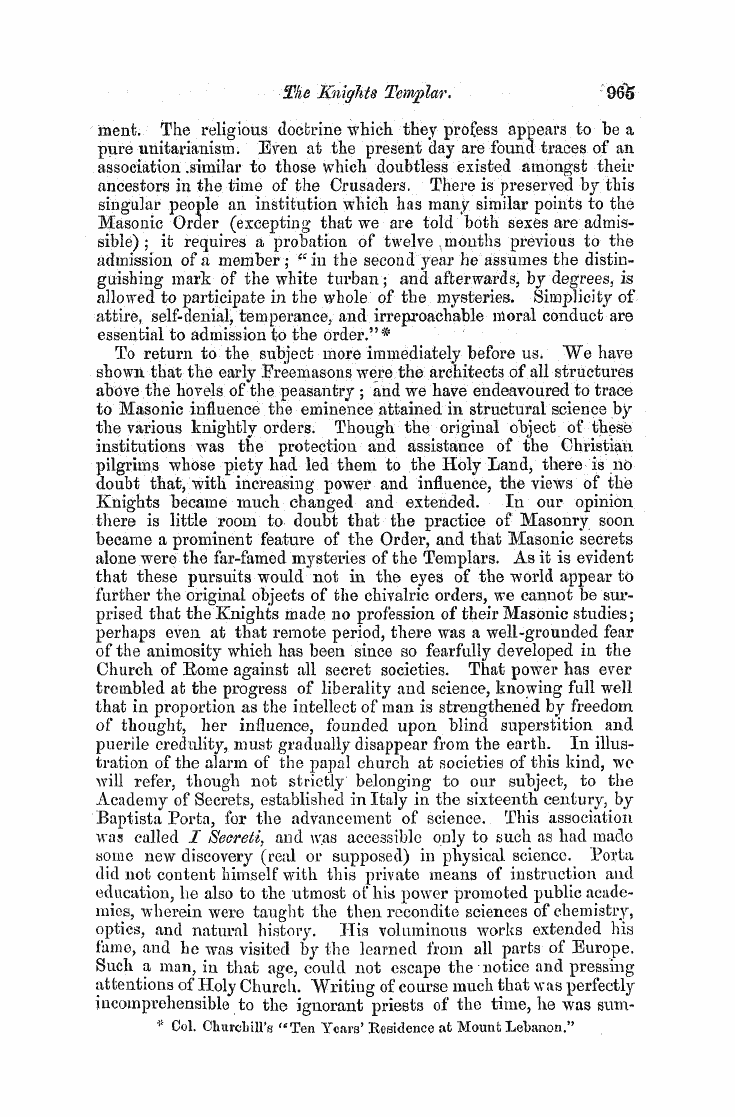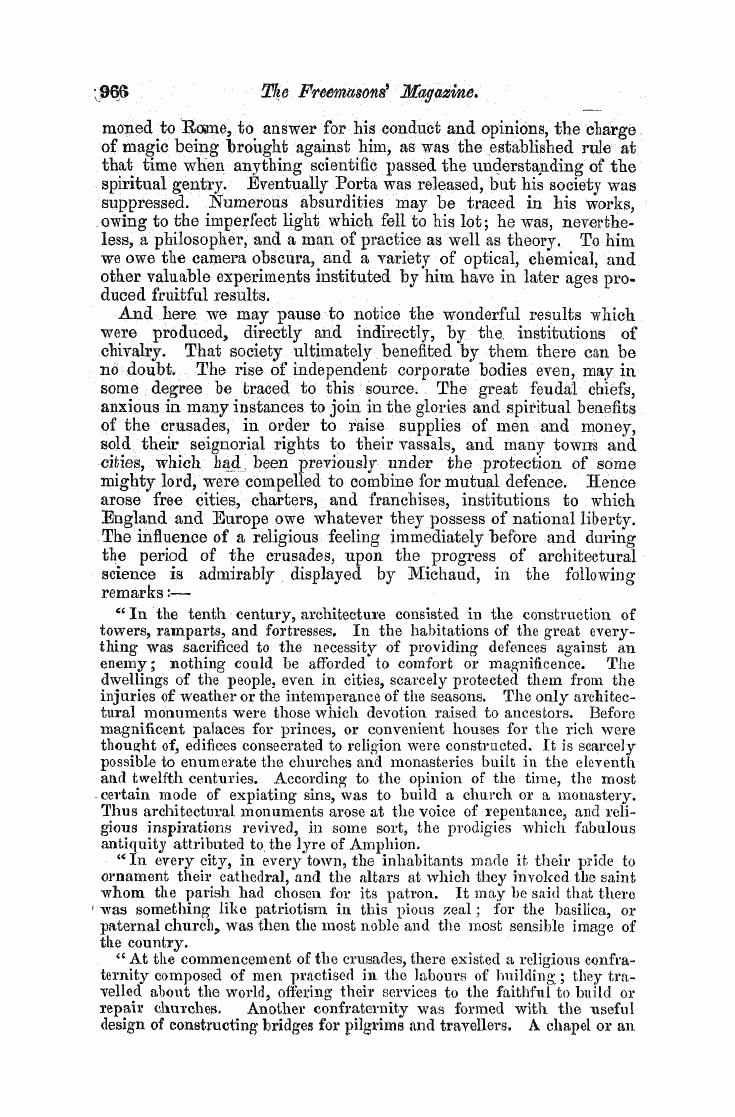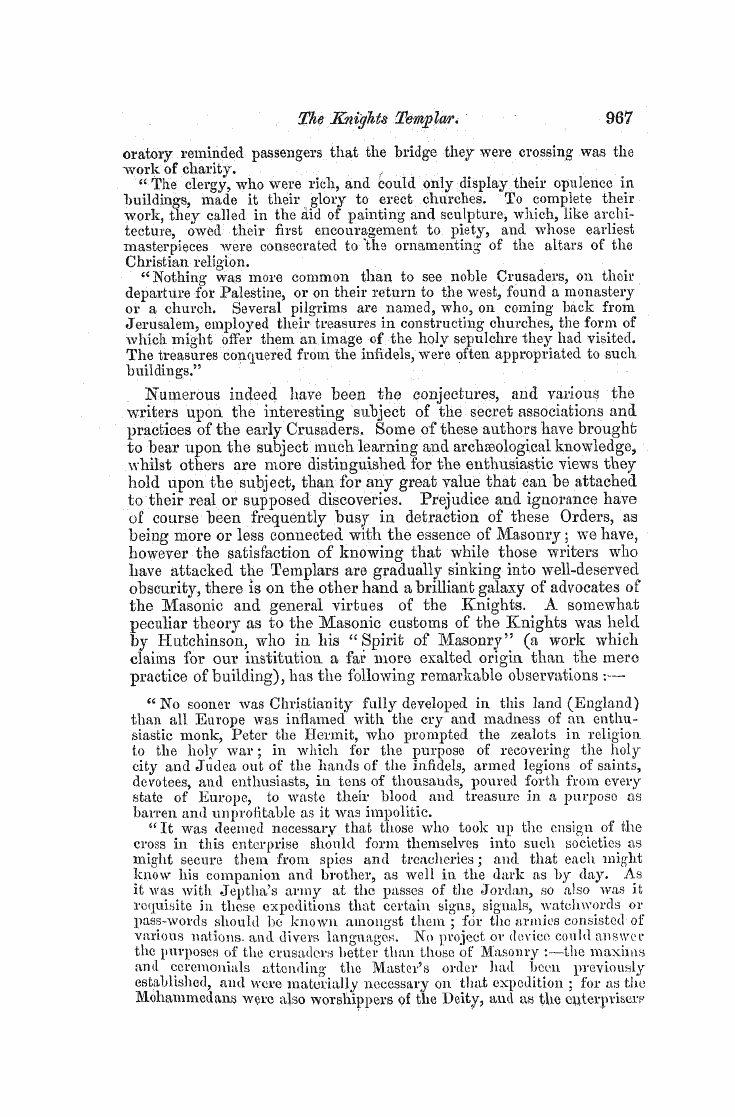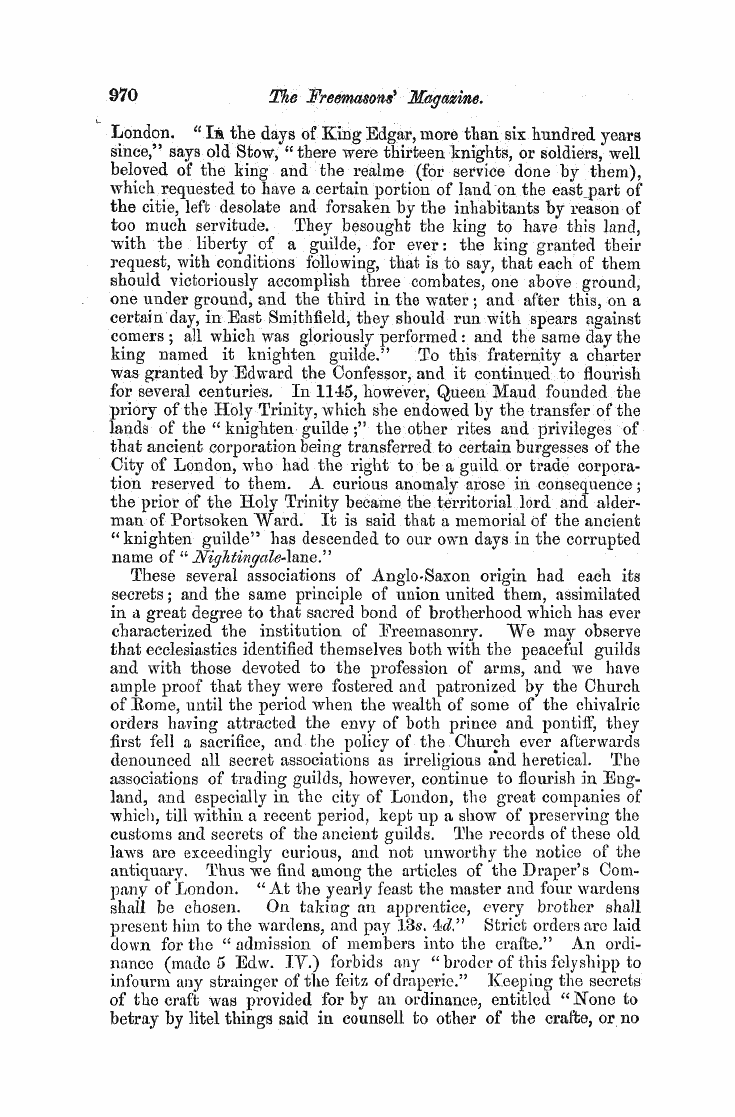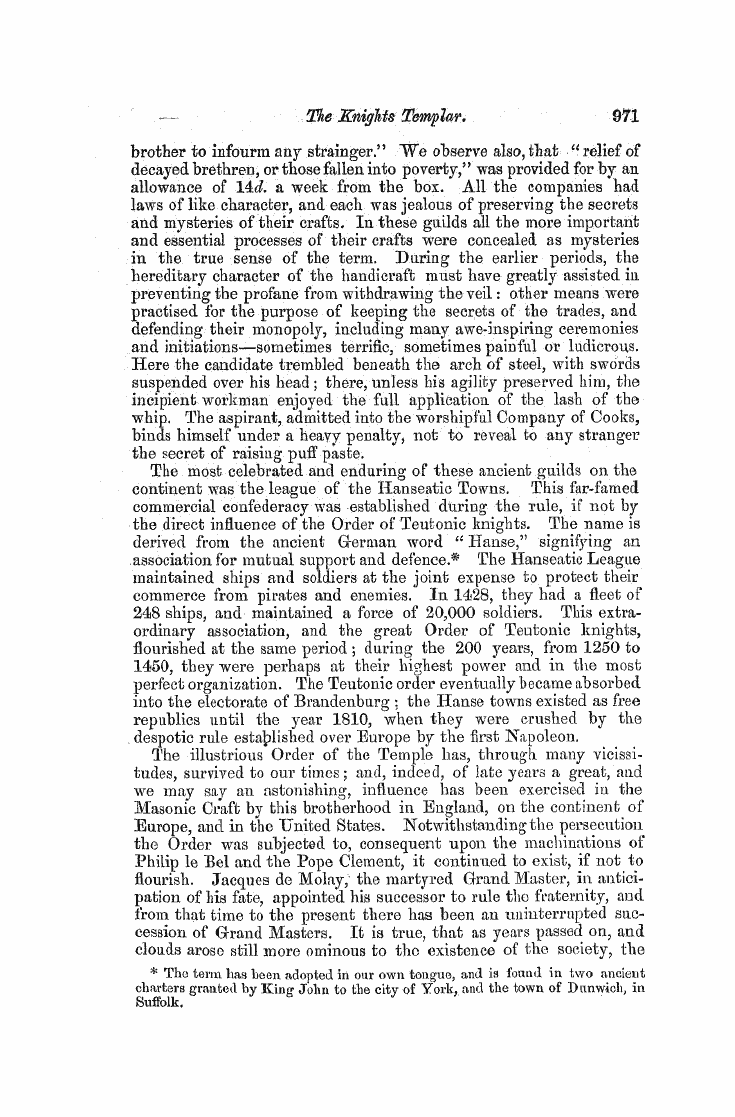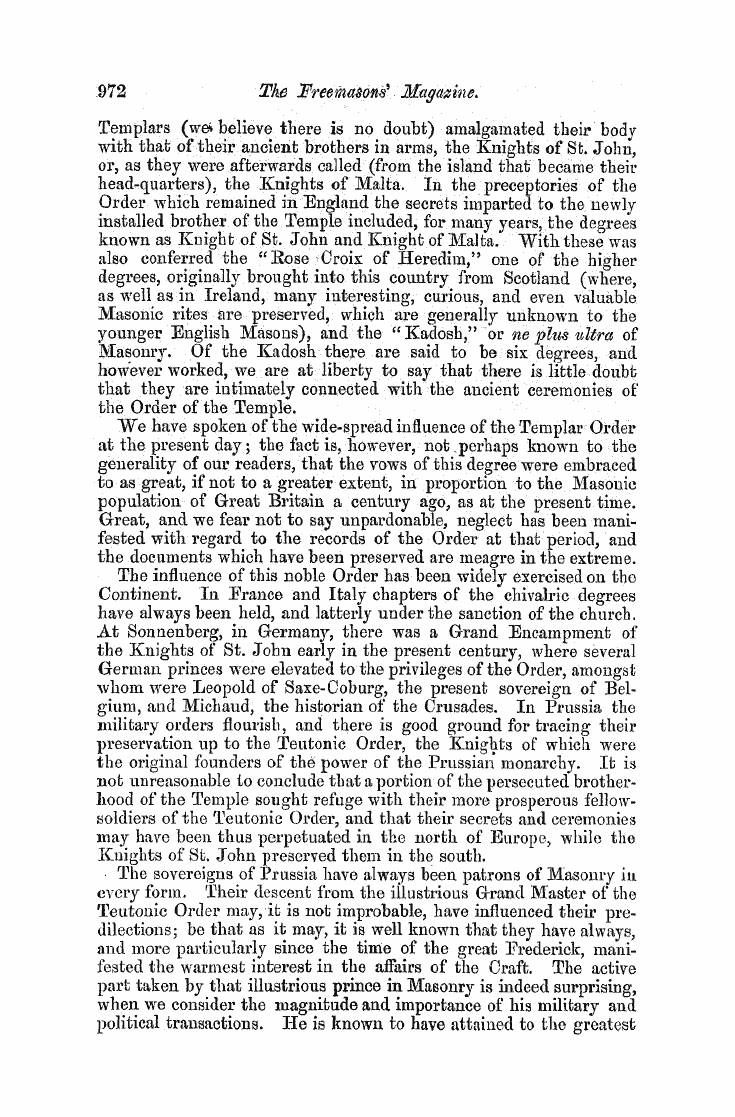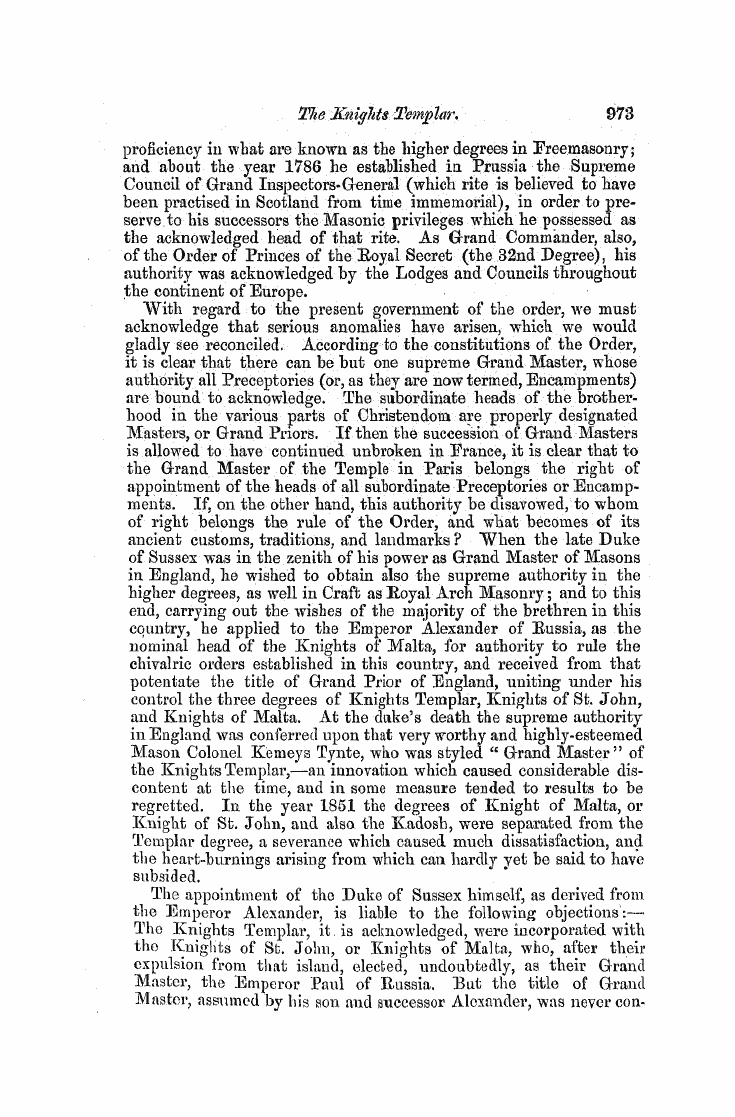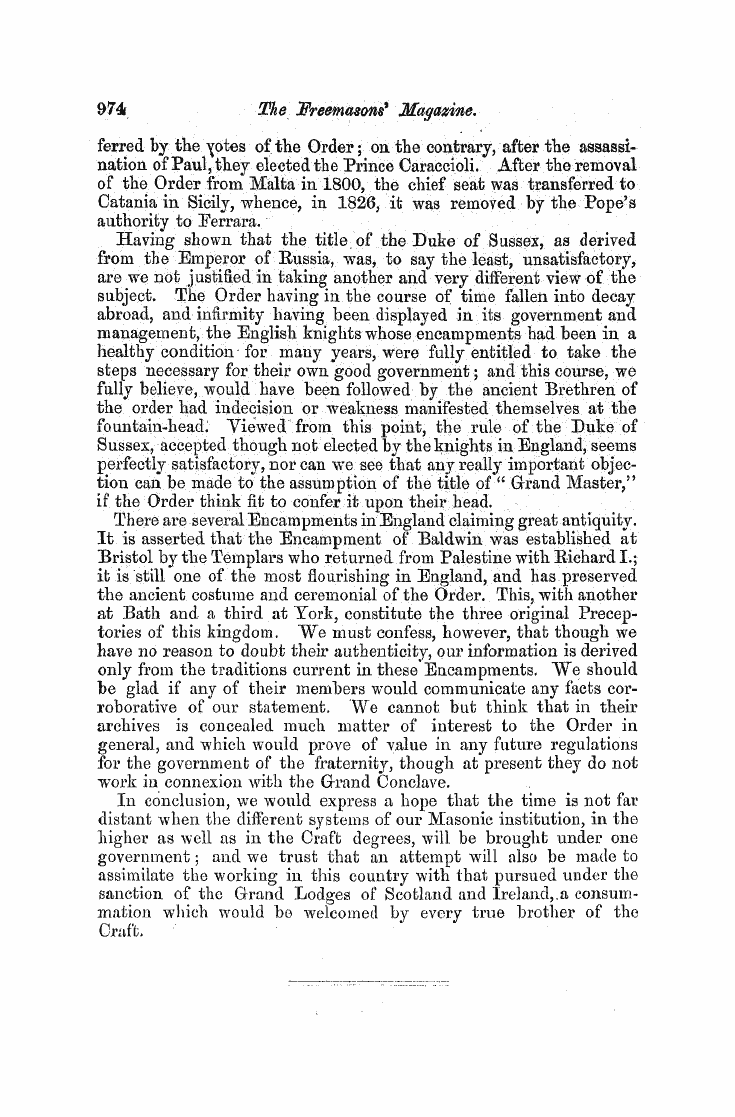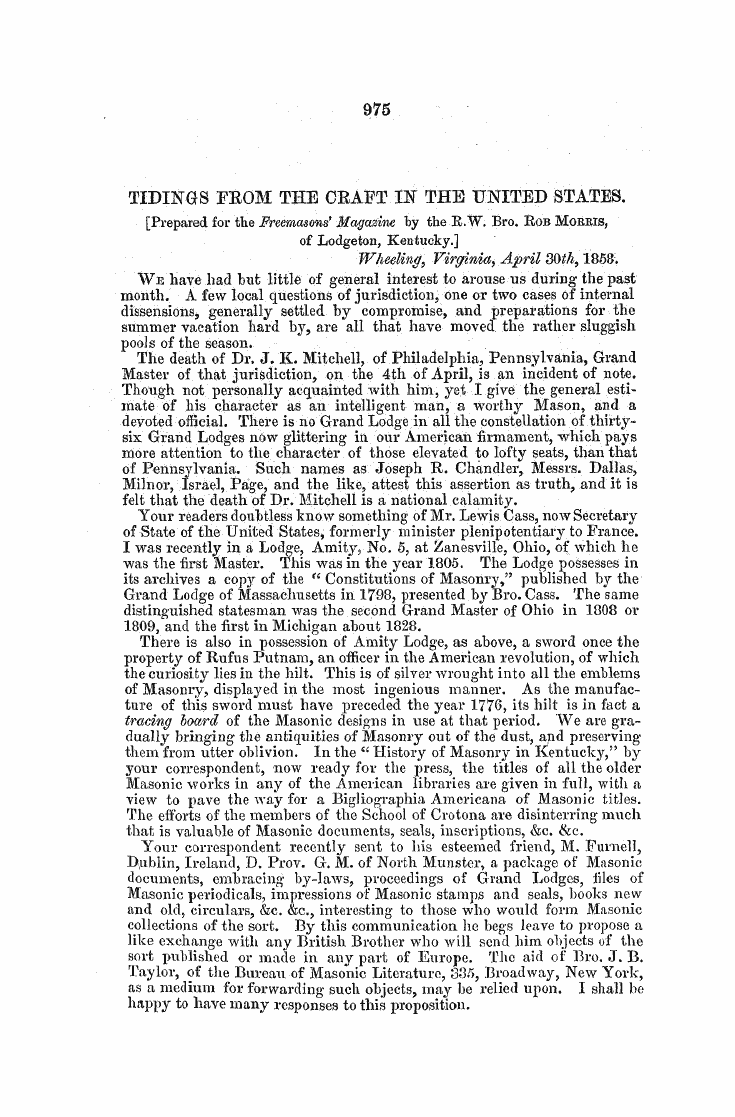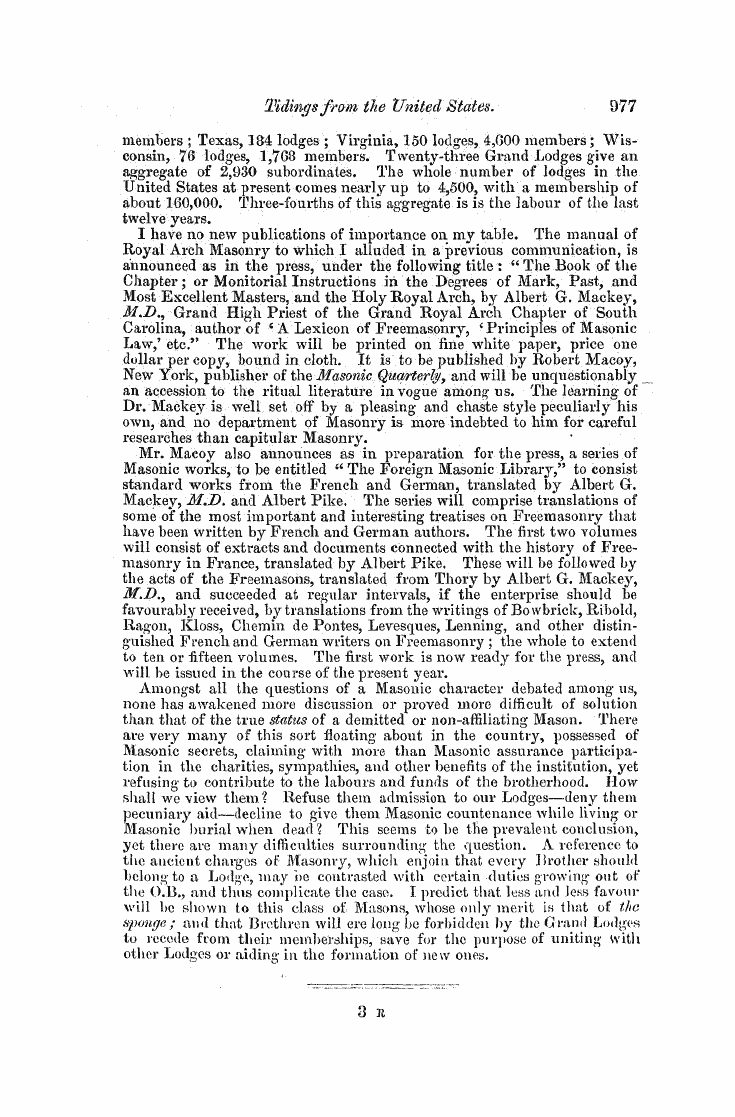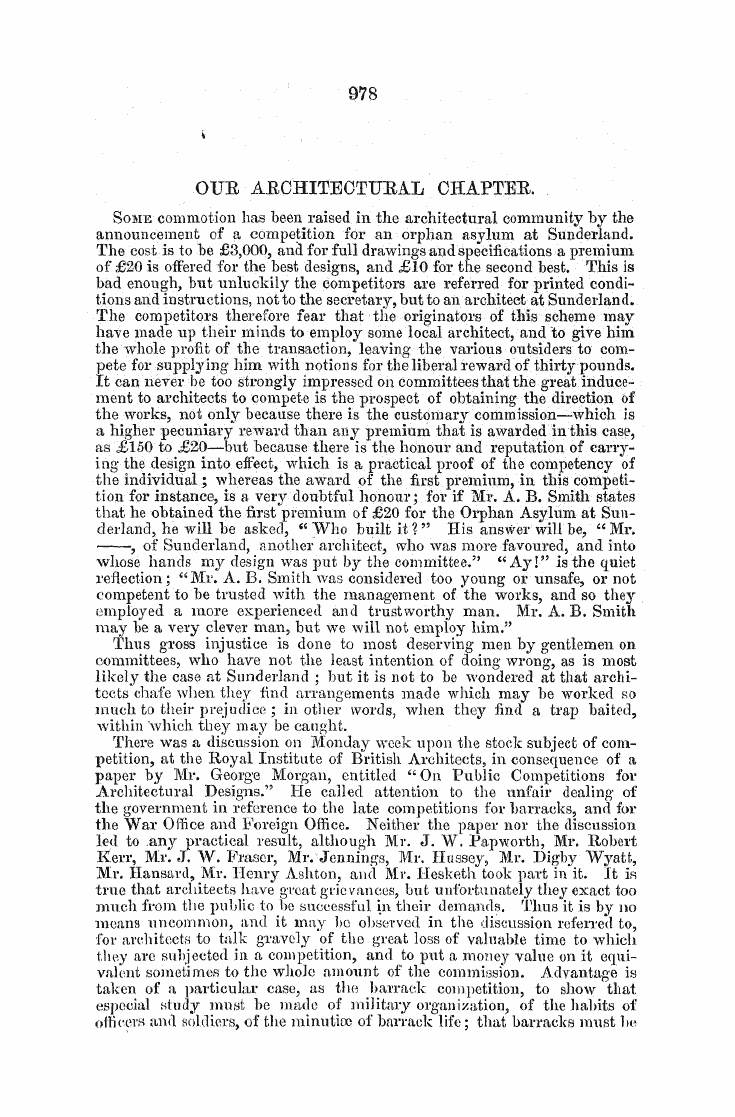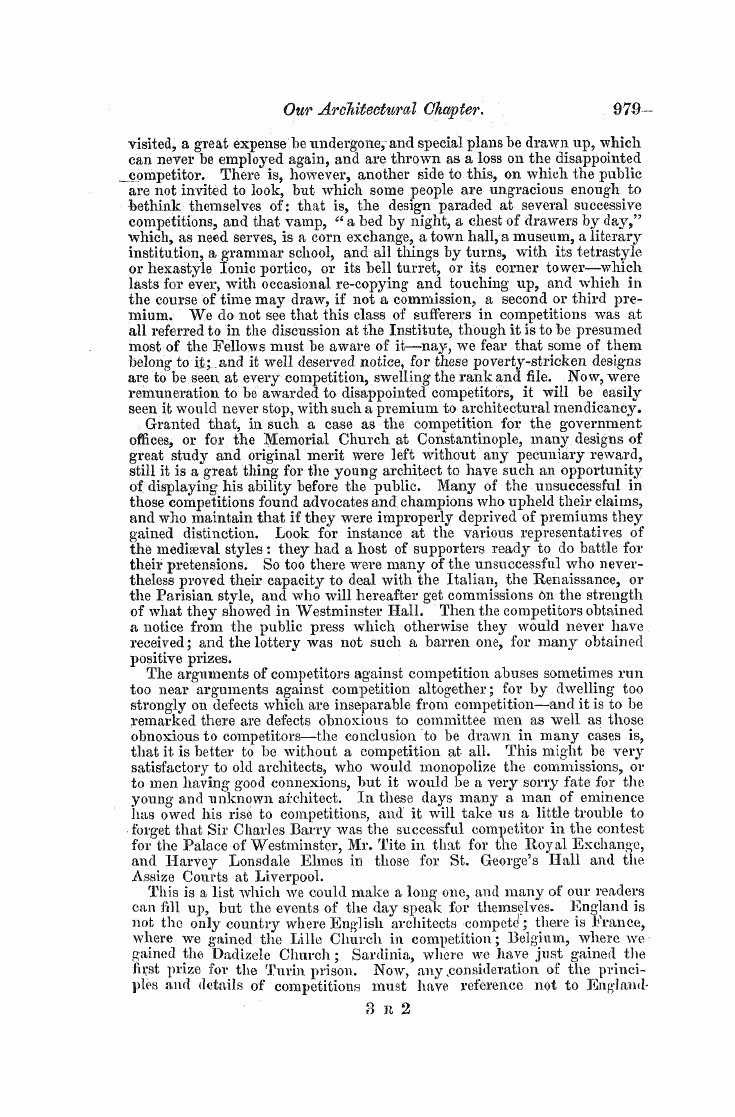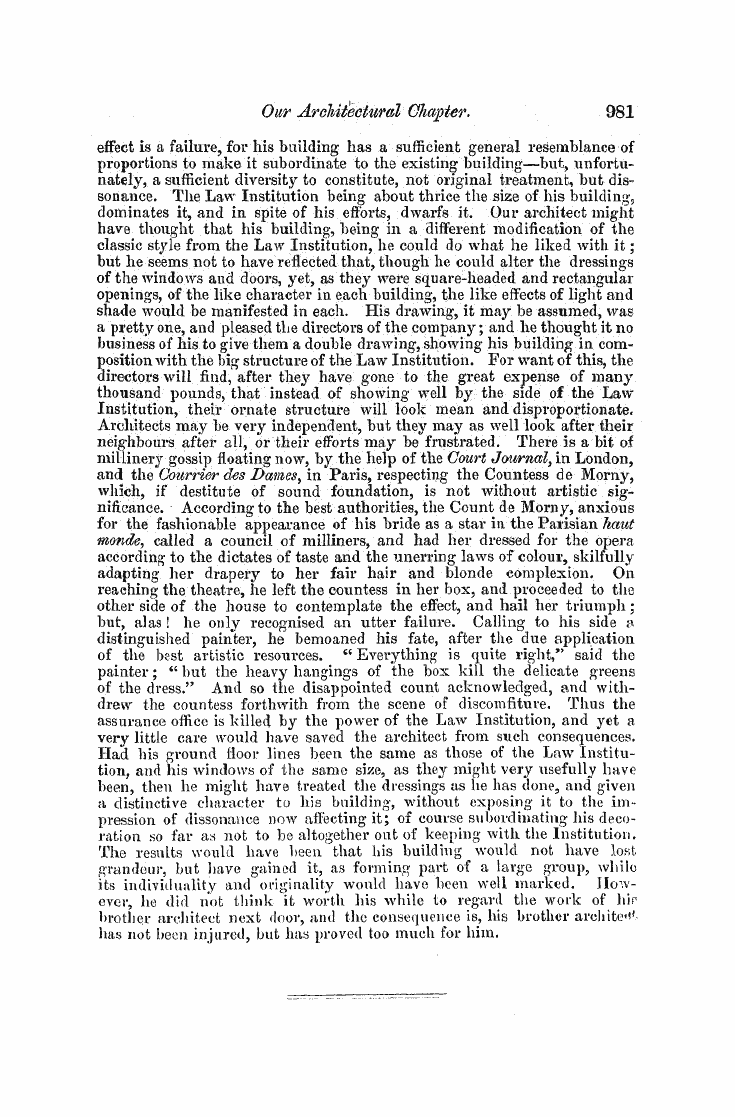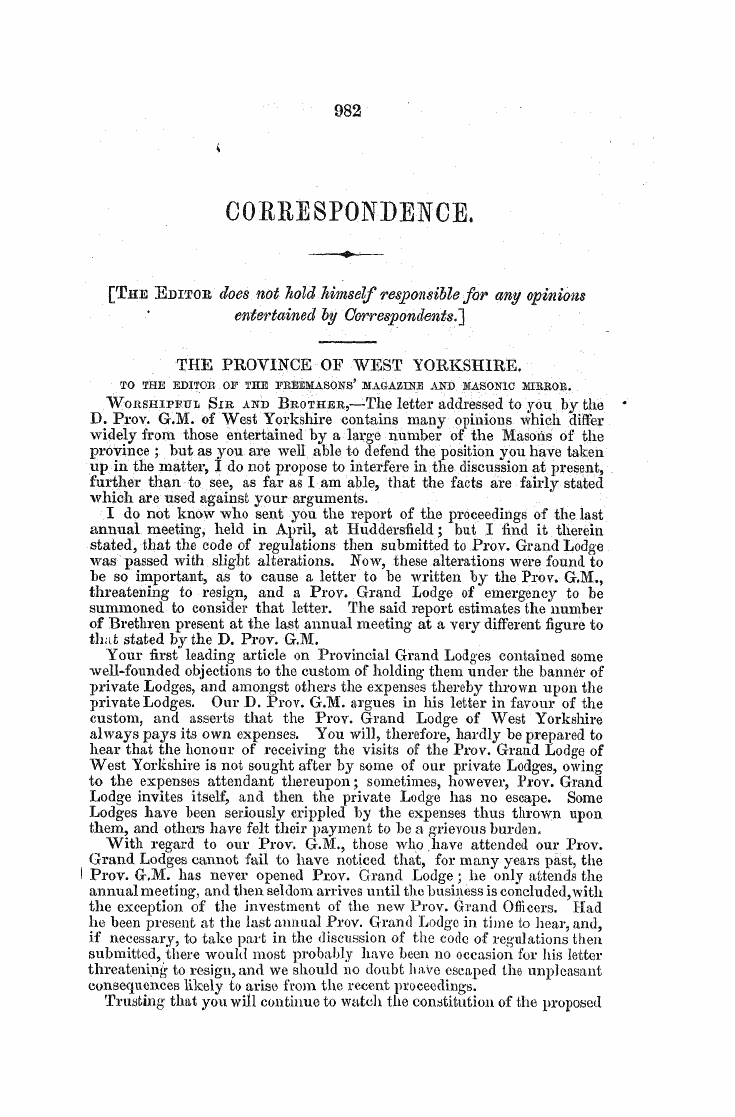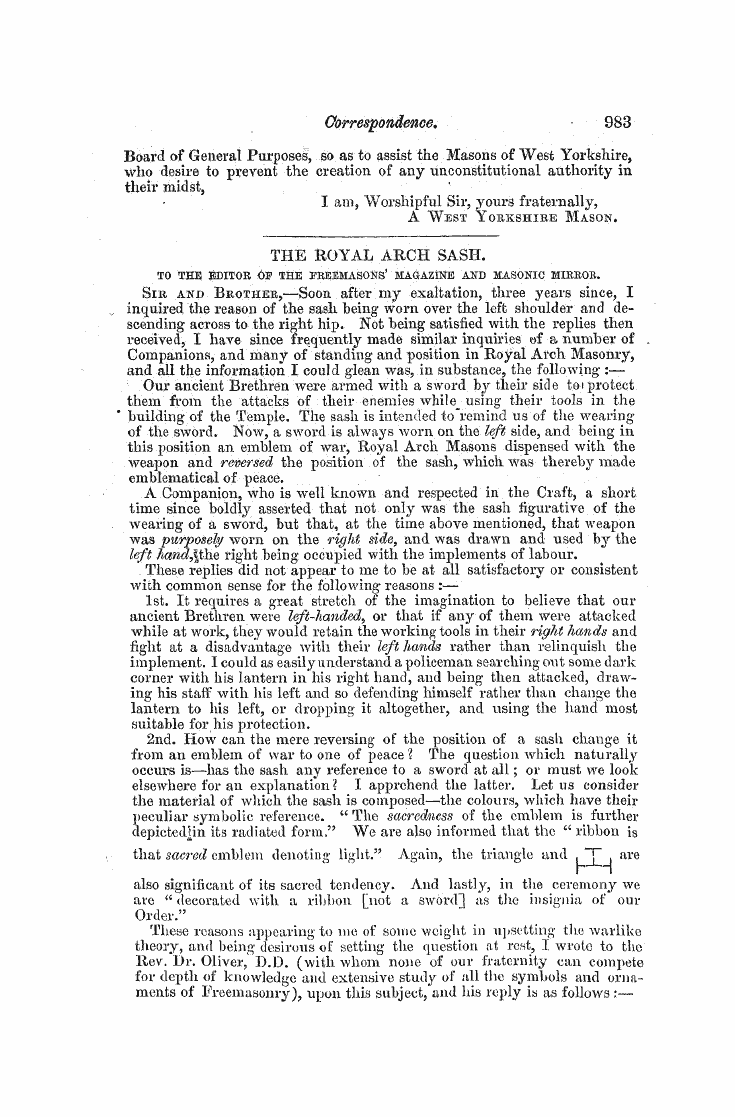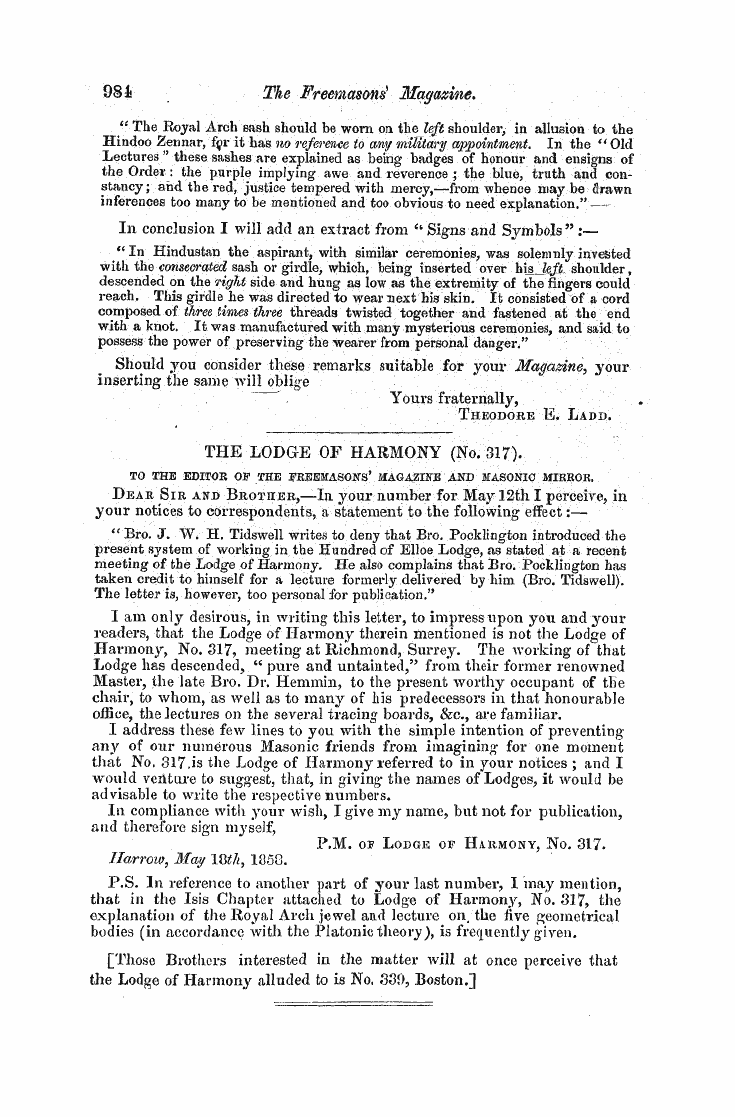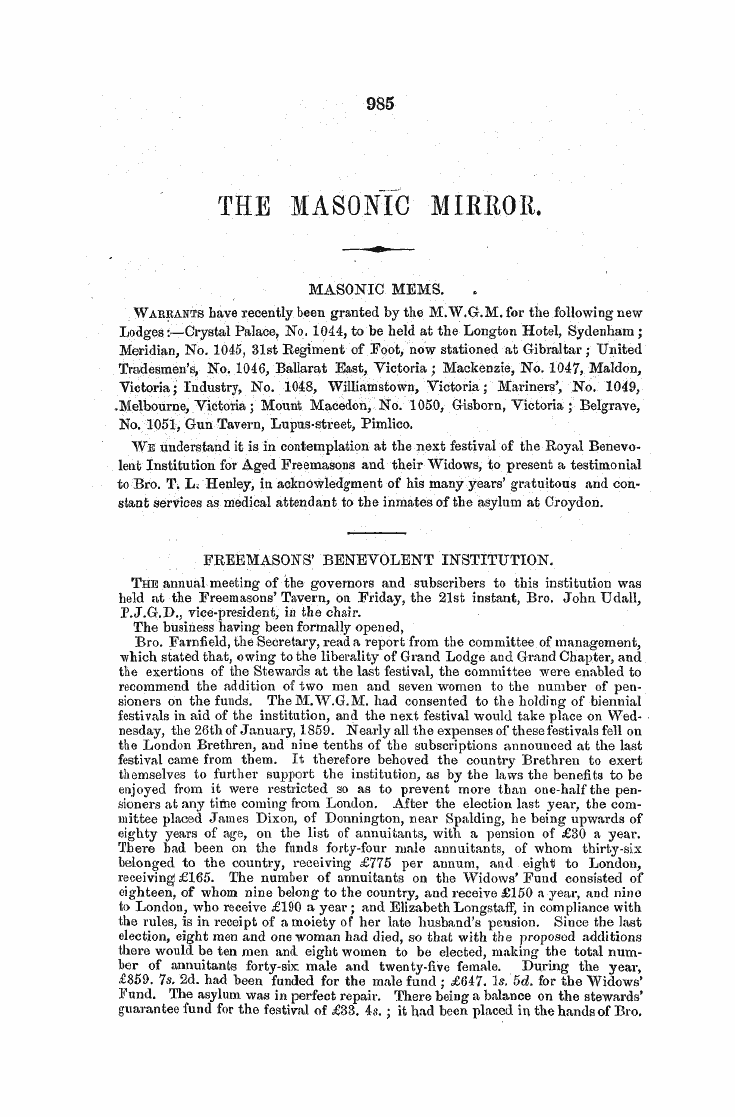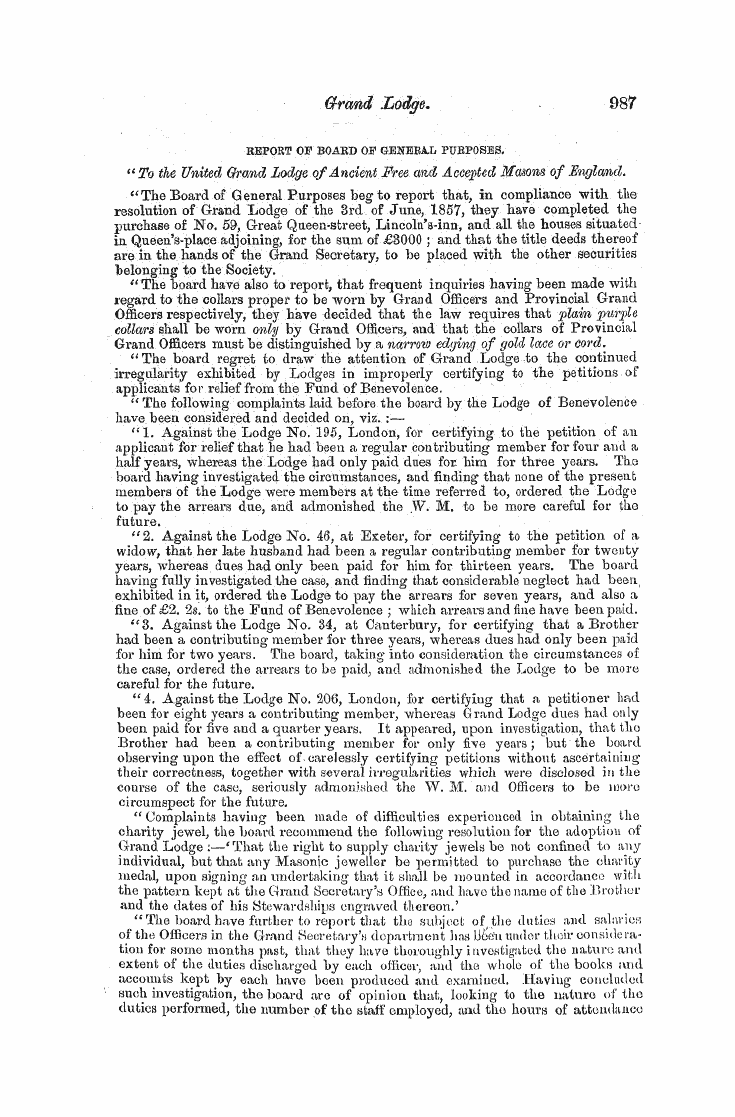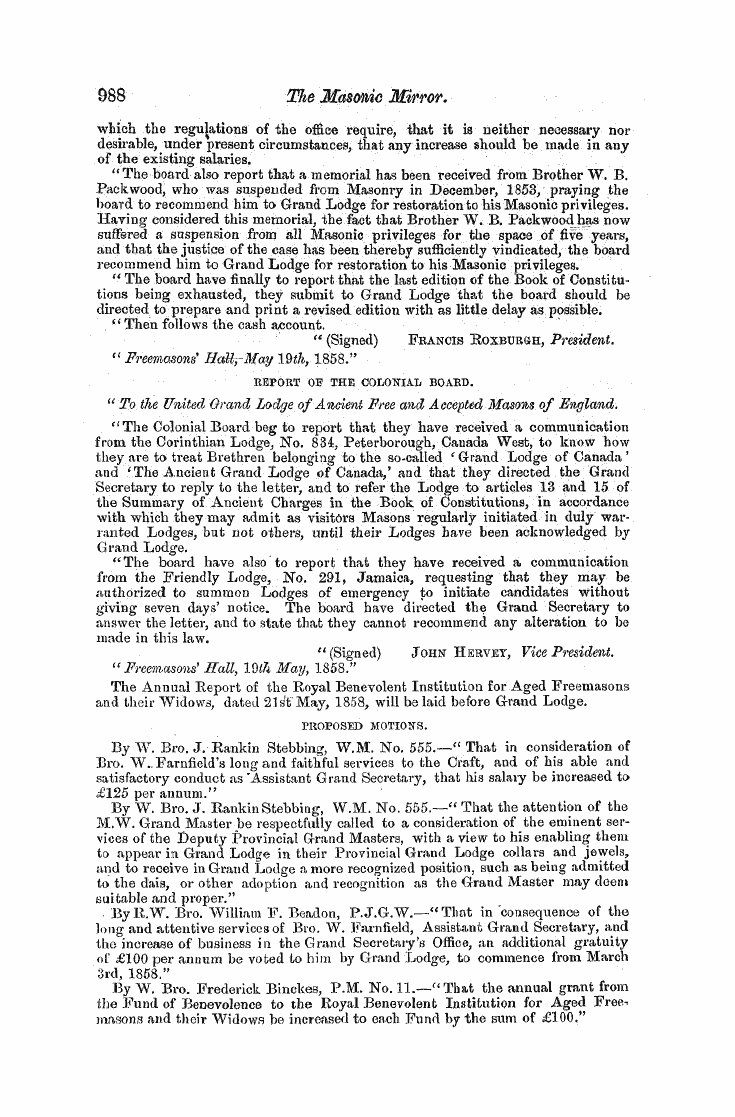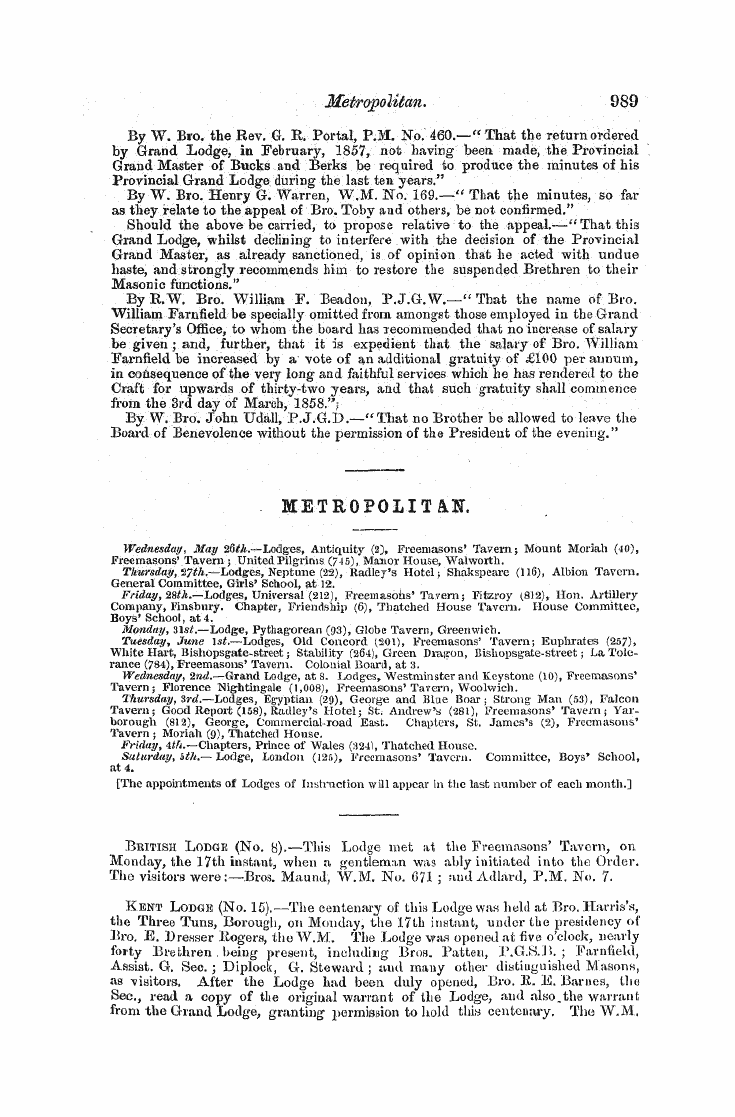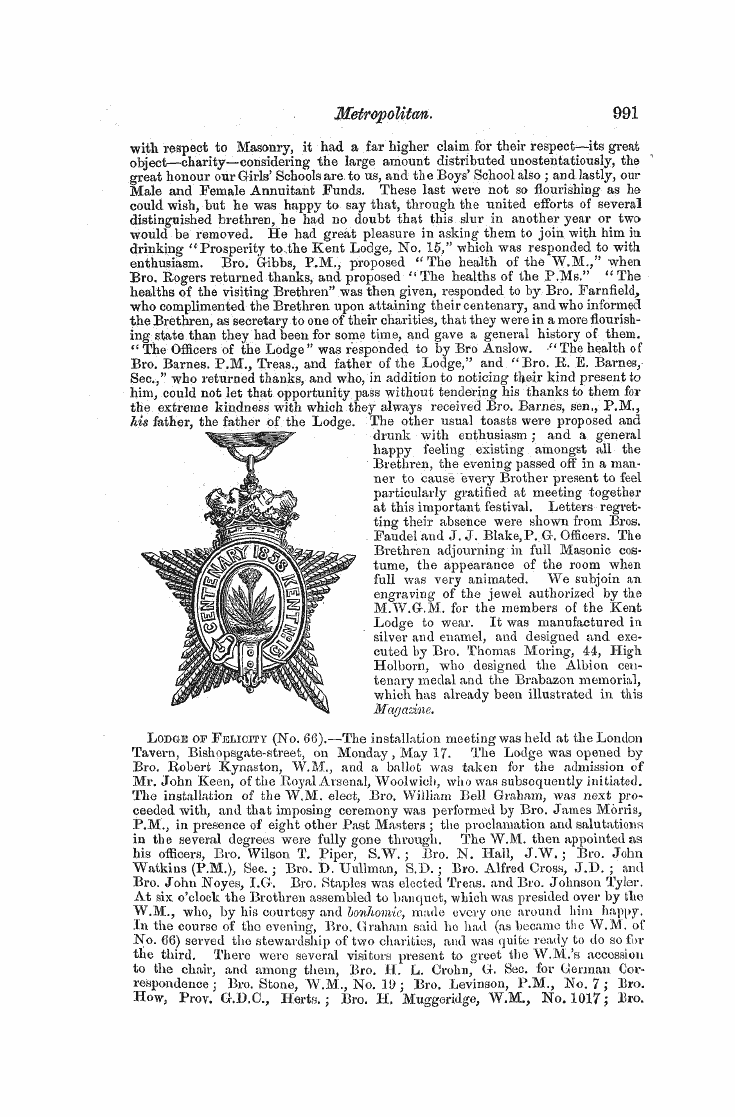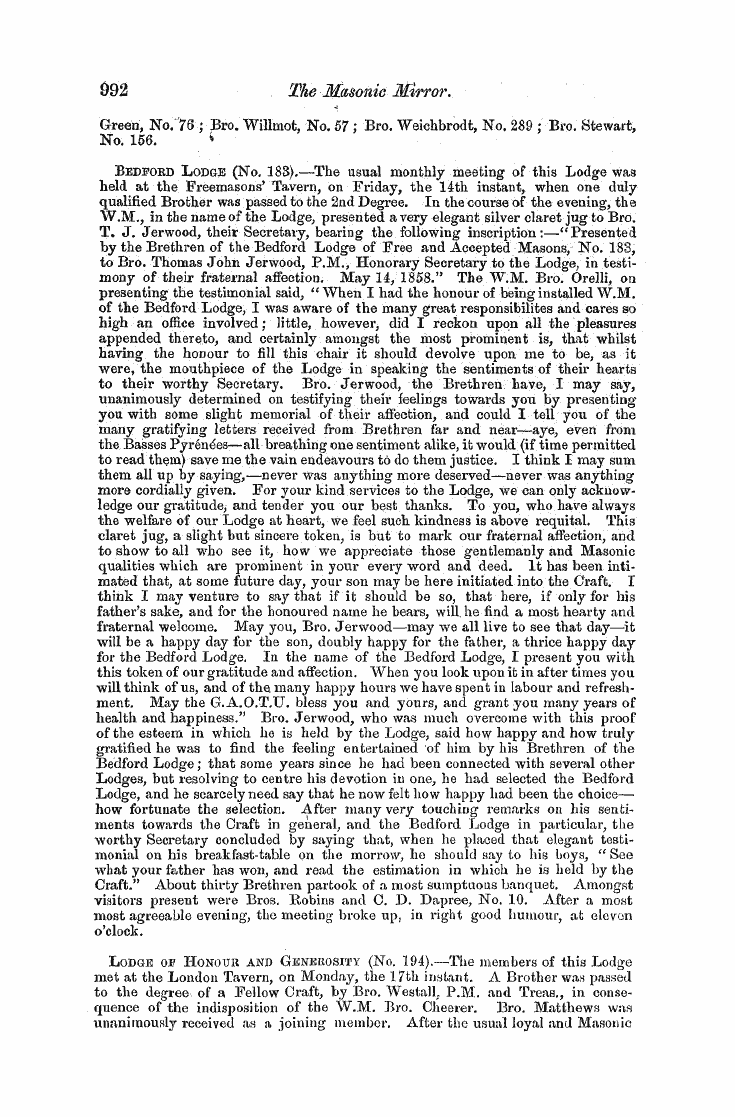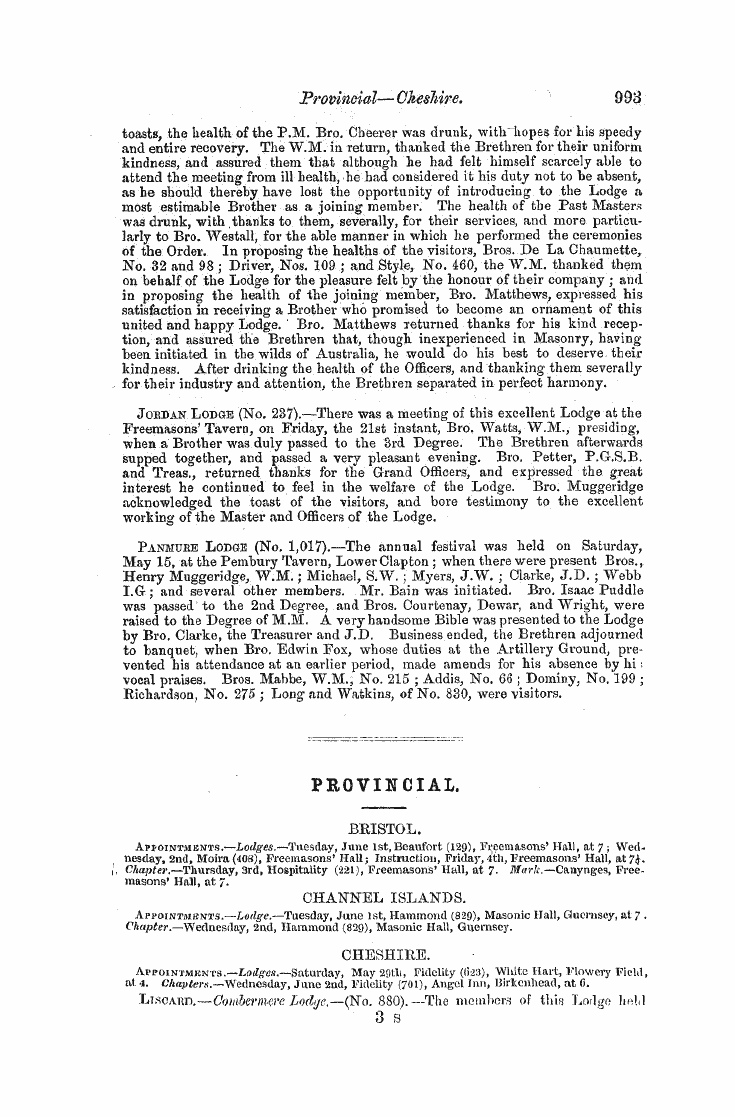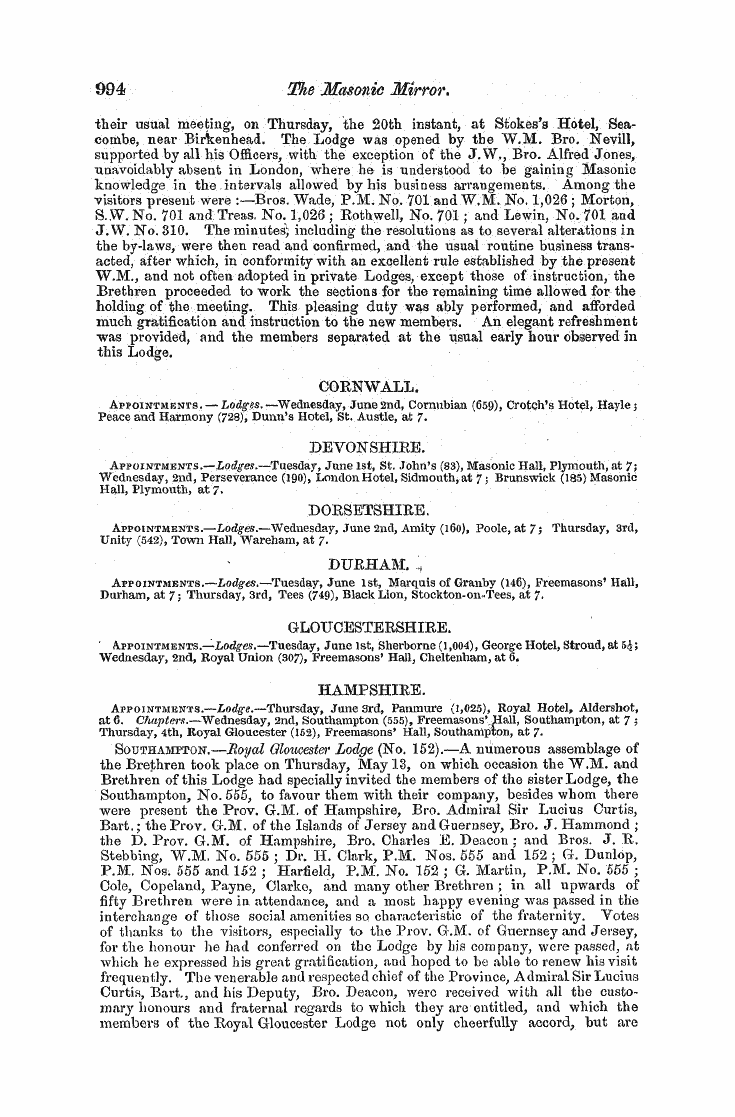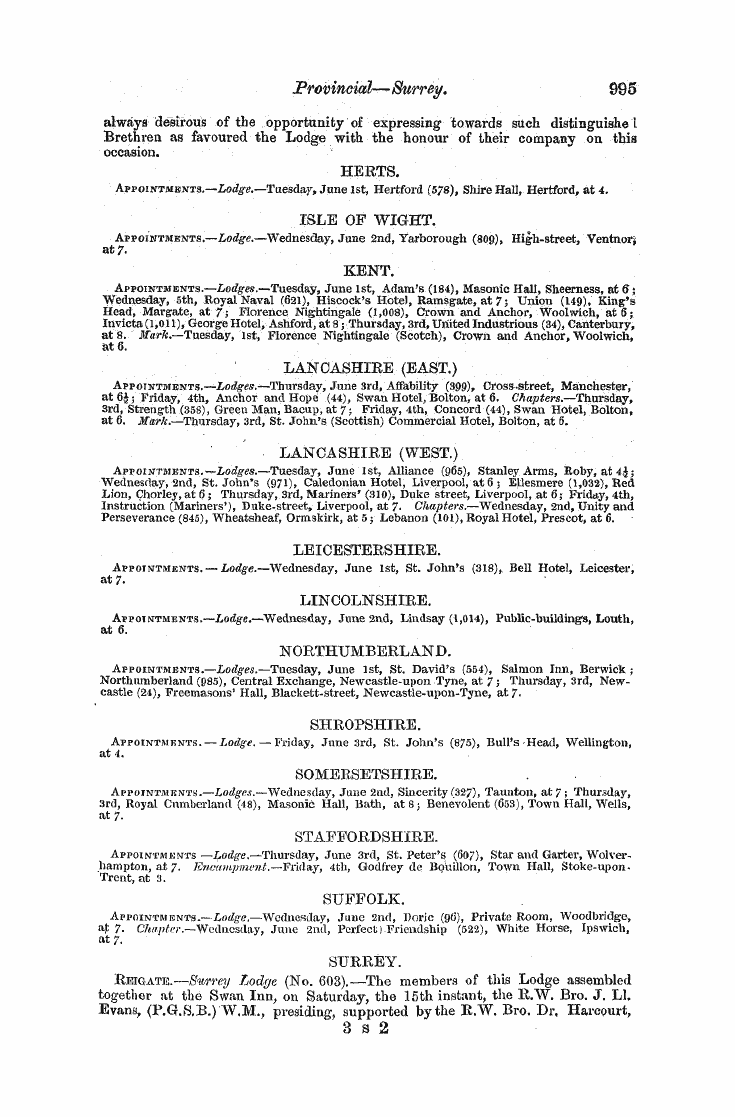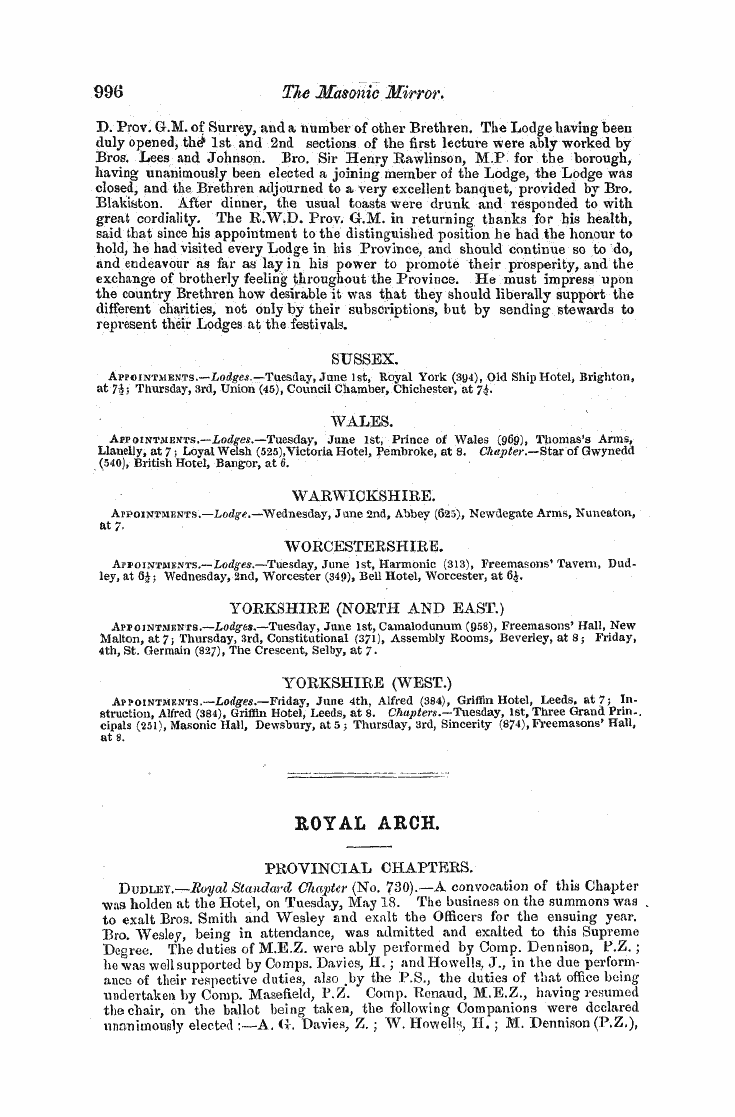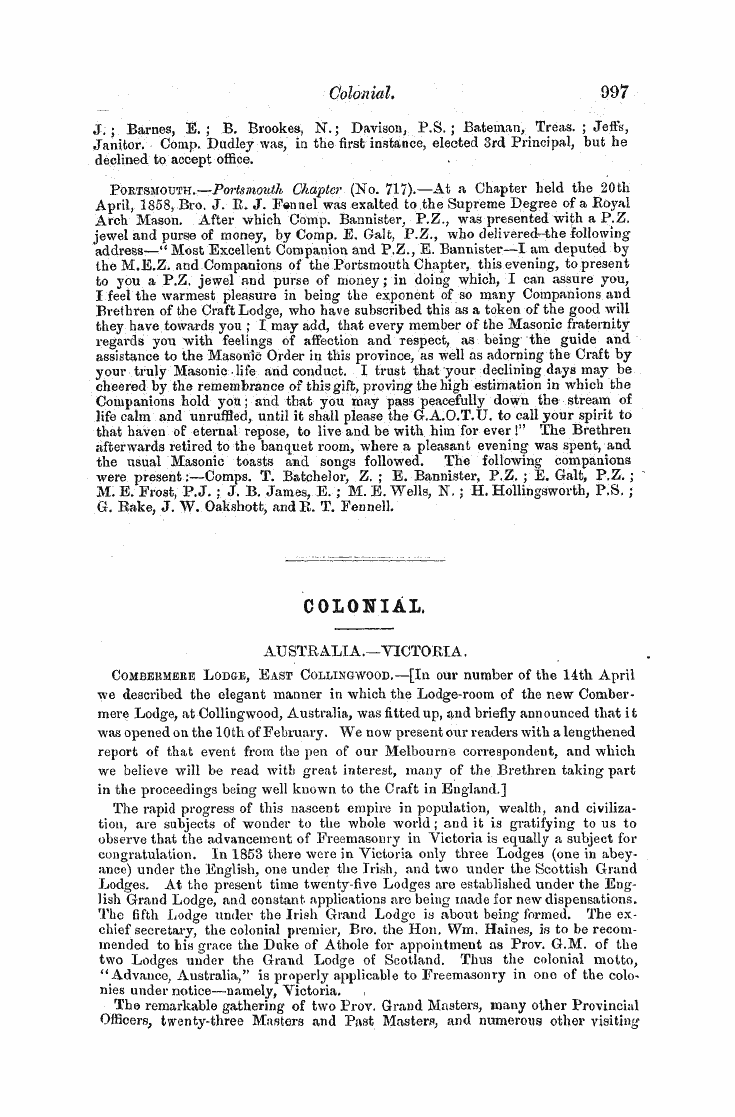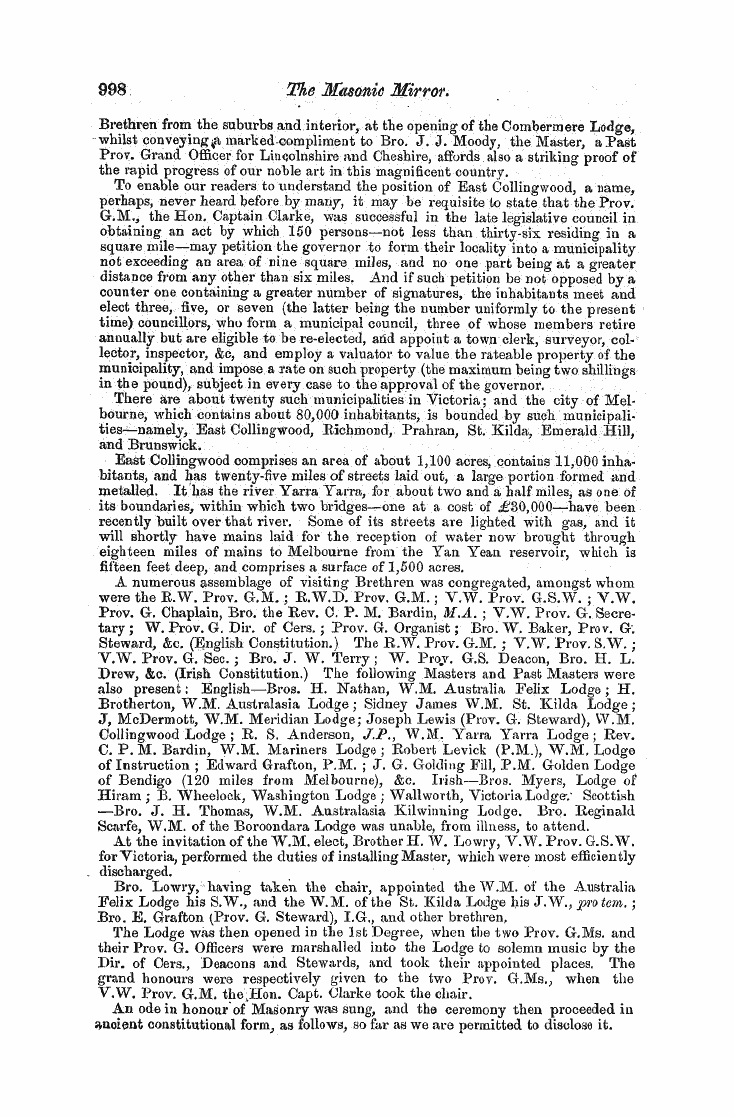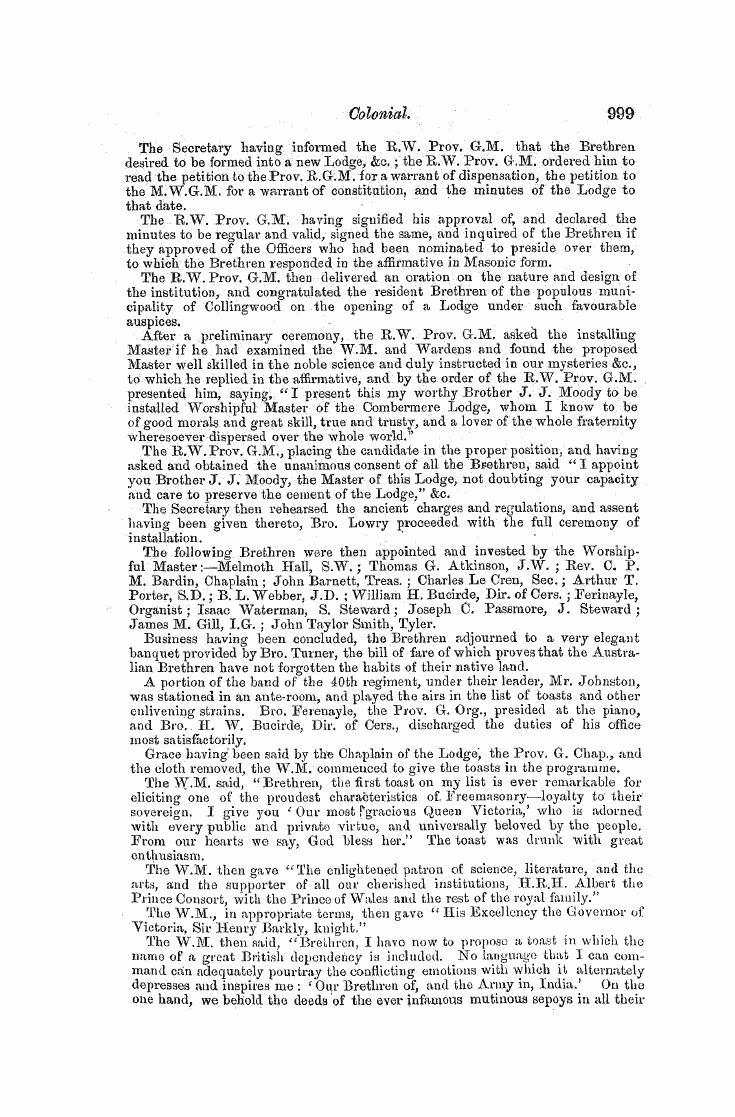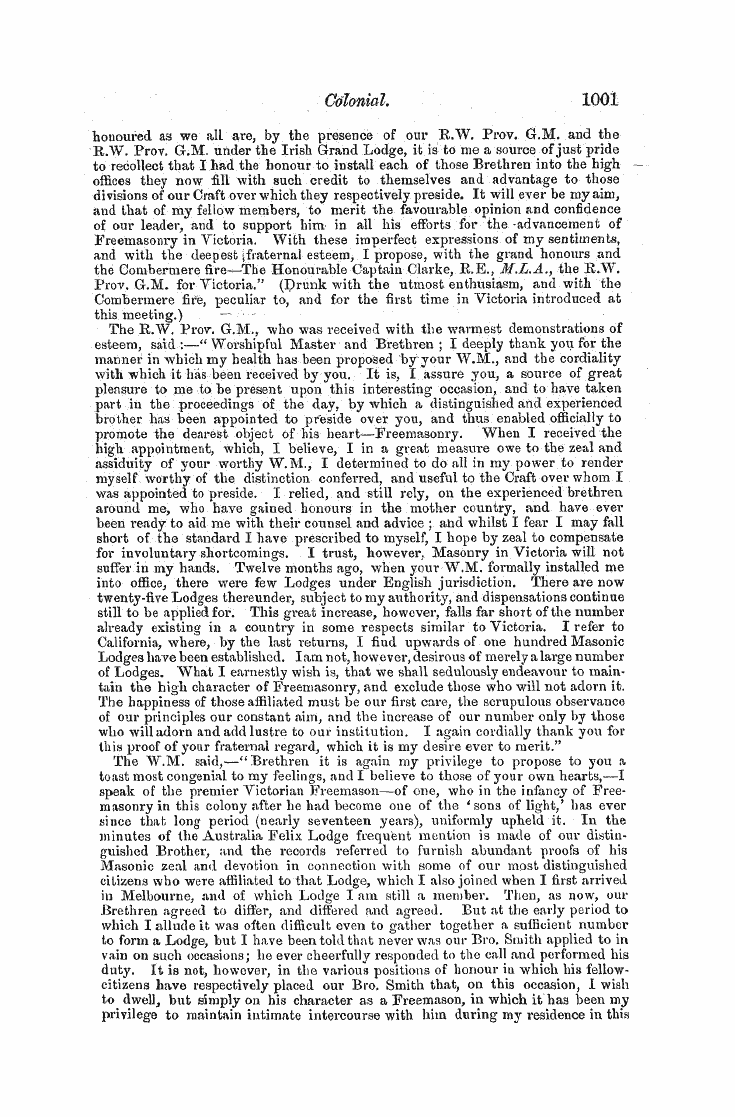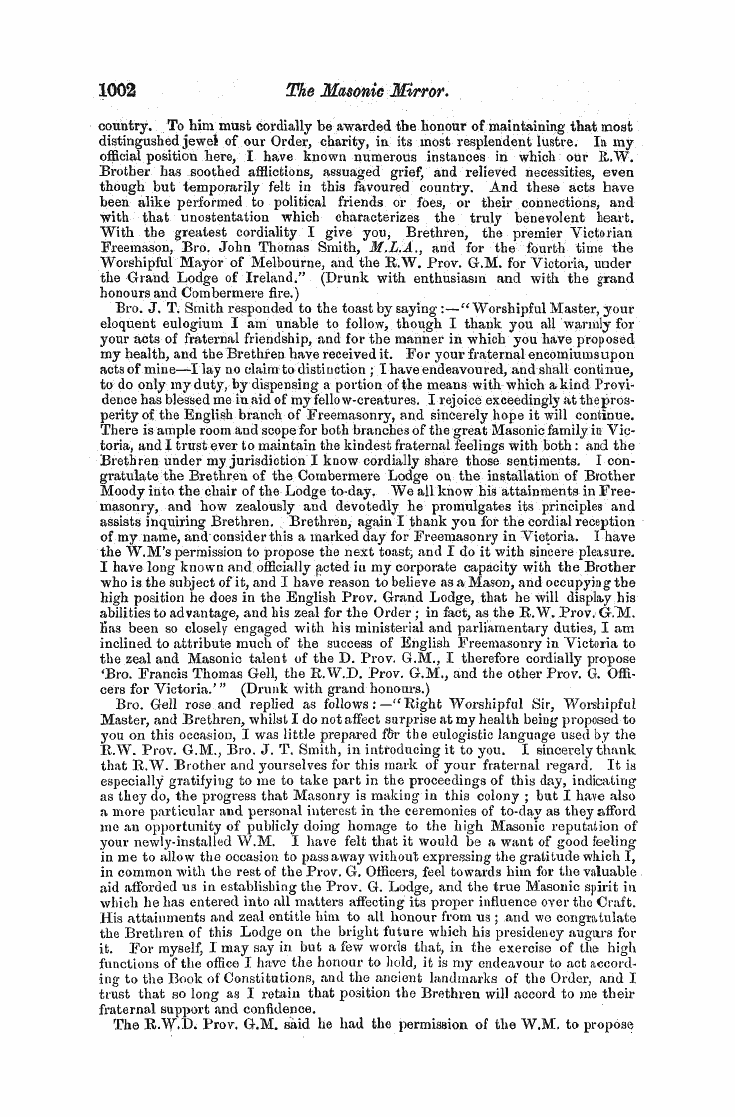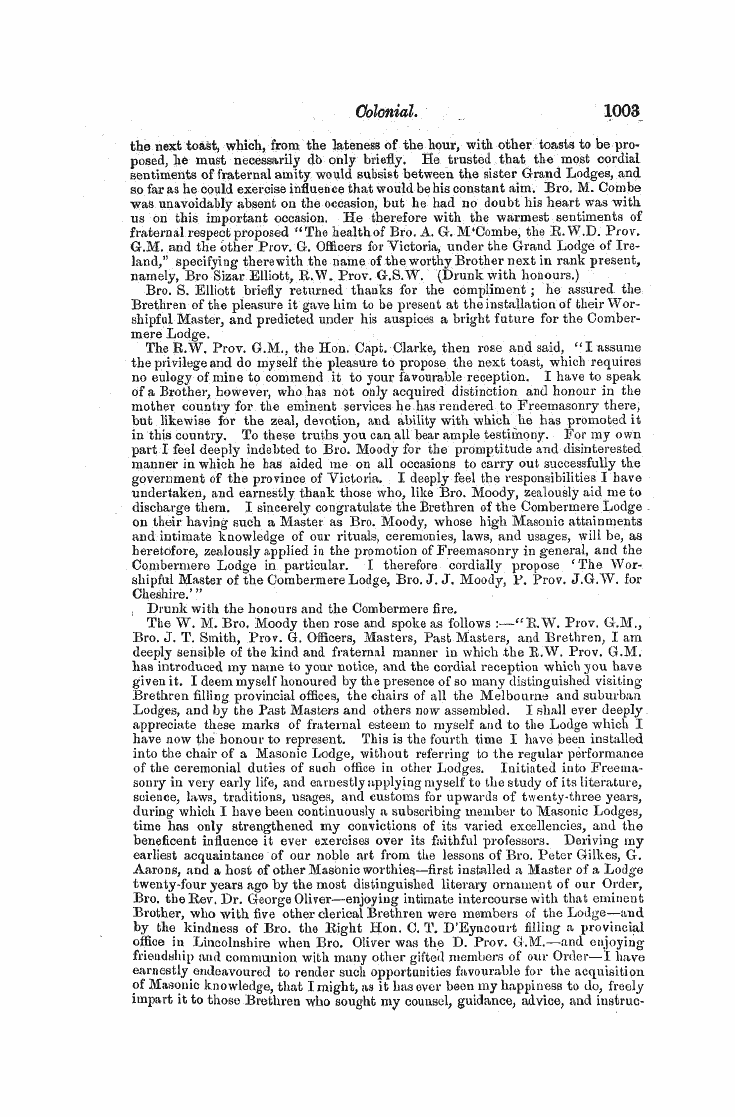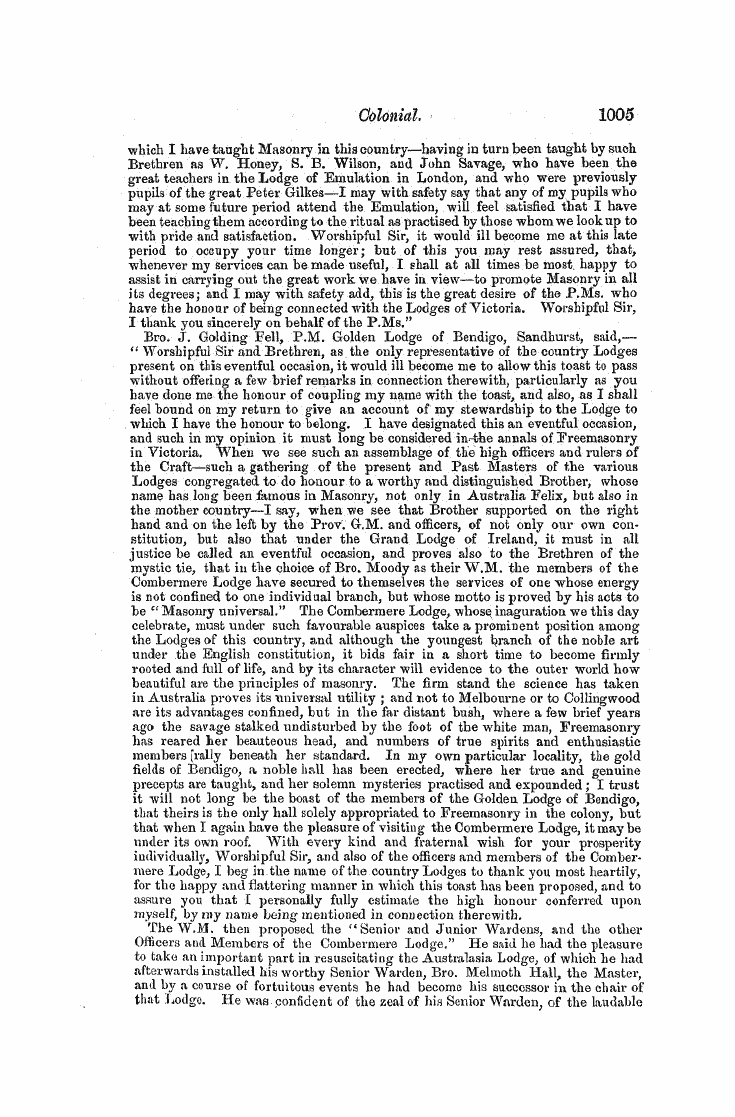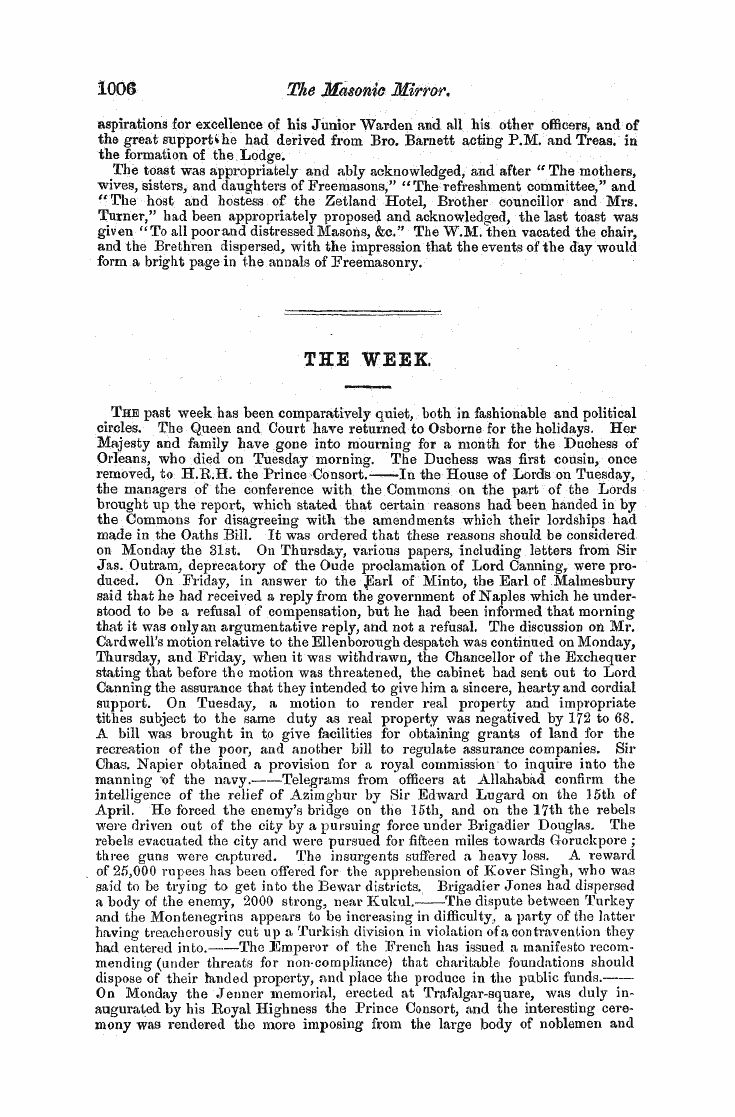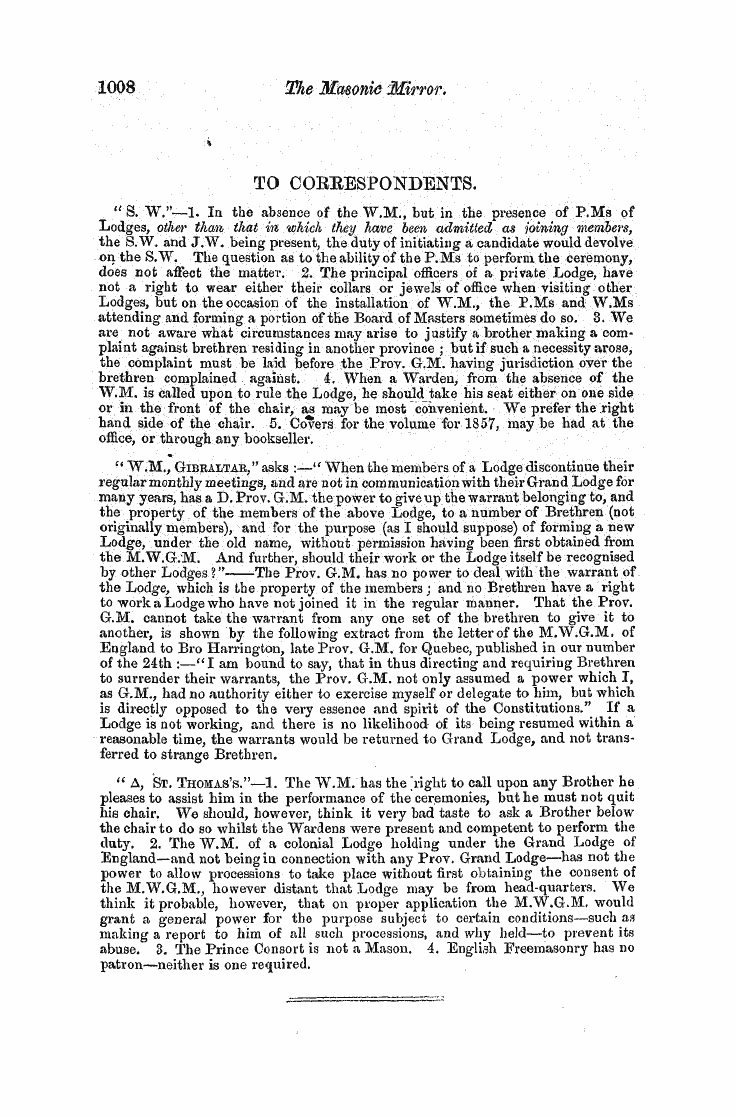-
Articles/Ads
Article ;//;. ' -^ ← Page 2 of 2
Note: This text has been automatically extracted via Optical Character Recognition (OCR) software.
;//;. ' -^
coincide ; thoiigh there is a great probability ; if not a certainty , thah Masonry was a leading feature in the Templar institution , we are inclined to believe that the mysteries of the Craft were the only secrets of their practice . The w hole conduct of the Knights refutes
the charge of any attempt to subvert either Christianity or the Church ; in fact , until the attack made tipon the Templars by King Philip , the orders of chivalry had always been considered by the Church of ' -Borne as her strongest bulwarks ; the esteem in which they were held by her is amply shown in the privileges which were granted to them in every state in Europe , exempting them from all
authority except that of the Pope himself , and which in course of time increased the power and pride of the Knights to an , extent which could not fail to bring upon them the combined jealousy and envy of all the reigning princes of the age , and was one of the principal causes of their downfall .
The wonderful architectural and engineering works which , both in Asia and Europe , were constructed under the direction of the Templars and the Hospitallers—more particularly the former—are , it seems to us , very striking evidence of the Masonic origin of the Knights . Grervase , of Canterbury , who wrote in the twelfth century , speaks of both French and English artificers skilful to work in stone
and in wood , who travelled in guilds or societies , for the purpose of proffering their services wherever the architect ' s and builder ' s art required to be exercised . These were the only men who possessed the requisite knowledge , and from their ranks kings and princes frequently impressed by violence workmen whom they required to construct their palaces or fortresses . They were the operative
Freemasons ., to whose surpassing skill and knowledge of the laws of beauty and just proportion we are indebted for the magnificent cathedrals which adorn this country and the continent . They met in lodges close tiled from the vulgar gaze , and pursued the practice of their mystic rites under the sanction of the throne and the Church . During the first Crusade we have no record of any
building constructed by the warrior pilgrims ; but at a later date , after the institution of the Orders of the Temple and St . John , castles , churches , palaces , and hospitals speedily arose on all sides . Their fortresses were of wondrous strength , and showed great skill in engineering . Now , let it be observed , that the ranks of the Knights were recruited from the military but uneducated classes , both noble
and plebeian , but who as such were little likely to have any knowledge of the science of architecture , or the art of fortifying with skill the most valuable strategic posts which presented themselves in their progress of conquest ; yet to the present clay the remains of their structural labours testify to the perfection they attained , both as
architects and engineers . To what source , then , are we to attribute their skill . Let us see whether the peculiar condition of the Masonic body at that time will not afford an elucidation of the problem ^ The travelling bodies of Preemasons , which wo have mentioned , consisted of brethren well skilled in every branch of knowledge ;
Note: This text has been automatically extracted via Optical Character Recognition (OCR) software.
;//;. ' -^
coincide ; thoiigh there is a great probability ; if not a certainty , thah Masonry was a leading feature in the Templar institution , we are inclined to believe that the mysteries of the Craft were the only secrets of their practice . The w hole conduct of the Knights refutes
the charge of any attempt to subvert either Christianity or the Church ; in fact , until the attack made tipon the Templars by King Philip , the orders of chivalry had always been considered by the Church of ' -Borne as her strongest bulwarks ; the esteem in which they were held by her is amply shown in the privileges which were granted to them in every state in Europe , exempting them from all
authority except that of the Pope himself , and which in course of time increased the power and pride of the Knights to an , extent which could not fail to bring upon them the combined jealousy and envy of all the reigning princes of the age , and was one of the principal causes of their downfall .
The wonderful architectural and engineering works which , both in Asia and Europe , were constructed under the direction of the Templars and the Hospitallers—more particularly the former—are , it seems to us , very striking evidence of the Masonic origin of the Knights . Grervase , of Canterbury , who wrote in the twelfth century , speaks of both French and English artificers skilful to work in stone
and in wood , who travelled in guilds or societies , for the purpose of proffering their services wherever the architect ' s and builder ' s art required to be exercised . These were the only men who possessed the requisite knowledge , and from their ranks kings and princes frequently impressed by violence workmen whom they required to construct their palaces or fortresses . They were the operative
Freemasons ., to whose surpassing skill and knowledge of the laws of beauty and just proportion we are indebted for the magnificent cathedrals which adorn this country and the continent . They met in lodges close tiled from the vulgar gaze , and pursued the practice of their mystic rites under the sanction of the throne and the Church . During the first Crusade we have no record of any
building constructed by the warrior pilgrims ; but at a later date , after the institution of the Orders of the Temple and St . John , castles , churches , palaces , and hospitals speedily arose on all sides . Their fortresses were of wondrous strength , and showed great skill in engineering . Now , let it be observed , that the ranks of the Knights were recruited from the military but uneducated classes , both noble
and plebeian , but who as such were little likely to have any knowledge of the science of architecture , or the art of fortifying with skill the most valuable strategic posts which presented themselves in their progress of conquest ; yet to the present clay the remains of their structural labours testify to the perfection they attained , both as
architects and engineers . To what source , then , are we to attribute their skill . Let us see whether the peculiar condition of the Masonic body at that time will not afford an elucidation of the problem ^ The travelling bodies of Preemasons , which wo have mentioned , consisted of brethren well skilled in every branch of knowledge ;






















